by Louise Irvine
Ardmore Ceramic Art has been building an international reputation for the last twenty years thanks to some dedicated individuals promoting South African art and culture. Ardmore exhibitions have been held in major cities around the world including, London, Edinburgh, Paris, Berlin, Moscow, and Sydney. In America, the Amaridian Gallery in New York exhibited Ardmore and two exceptional works were chosen in 2010 for the Global Africa Project exhibition held at the Museum of Arts and Design in New York.
That year Fée Halsted, the Ardmore founder and creative director, was honoured in New York by Women’s Campaign International for her role in empowering women and improving their lives. WCI recognizes individuals who have made a difference to women’s lives around the world and past honourees include Vice President Joe Biden, and Secretary of State Hillary Clinton.
In California, celebrities were being introduced to Ardmore by Malena Ruth and Dame Helen Mirren featured several pieces on the set of her 2009 thriller State of Play. Other famous collectors include Oprah Winfrey and Eric Clapton. Ardmore was often the choice as South African state gifts. Former South African president, Jacob Zuma, gave Queen Elizabeth II an Ardmore bowl during his 2010 state visit to England. An Ardmore masterpiece was presented to former US President Bill Clinton for the White House.
Florida Debut
Ed Pascoe first invited Fée Halsted to Florida in 2010 to present Ardmore at one of the international conventions that we organized annually for collectors. She was accompanied by Victor Shabalala and Happiness Sibisi, who gave demonstrations of their Ardmore sculpting and painting techniques. Many American collectors acquired their first piece of Ardmore that year and we met long-term friends of Fée, such as Brian Greis, who has created an extraordinary collection of Ardmore in Florida. Ed has continued to sponsor visits from the Ardmore artists for his shows around the USA, and they have thrived from their international experiences and exposure to many other types of ceramic art. During her travels, Fée is always seeking inspiration for the Ardmore artists and returns home laden with books, photographs, and interesting pieces.
An Inspiration
Ed Pascoe and I visited the Ardmore studio in KwaZulu Natal two or three times a year. Often, I would arrive at Ardmore with reference books on British art pottery donated by Richard Dennis Publications. Fée has always been fascinated by the synergy between British art pottery and the work of the Ardmore artists, which combines African and European ceramic traditions in functional and decorative art. The Staffordshire figure-making tradition is reflected in Ardmore’s figures of Zulu life. The bird jars made by the Victorian Martin Brothers prompted a quirky series of Ardmore owls. Fée began experimenting with Ardmore animal jugs following our visit to the American Toby Jug Museum in 2010. A rare Royal Doulton figure of a Boy on a Crocodile prompted a float of intrepid crocodile riders at Ardmore. One of my favorite African expressions about unity and community that I learned at Ardmore is: “Cross the river in a crowd and the crocodile won’t eat you.”
Travelers of Africa
Ardmore “riders” became particularly popular with American figurative collectors. The series began in 2010 when South Africa hosted the Soccer World Cup and sports fans traveled to the continent from all over the world. As excitement mounted for the international event, Fée delved into the history of the early European explorers in Africa. The result was the Travelers of Africa collection, magnificent wild beasts tamed by Zulu riders taking us on a journey of exploration through Africa’s diverse continent. The Ardmore artists stretched the boundaries of their imaginations to interpret Fée’s sources. They started with monumental hippos and rhinos and have continued with some incongruous pairings, such as aardvarks and pangolins, which can be seen at WMODA.
On Safari
The Ardmore artists were very skilled in interpreting African animals from photographs, but we soon discovered that they had never seen them in the wild. In 2011, Ed Pascoe sponsored a trip to Weenen Game Reserve, and we all piled into vans and bakkies, armed with sketch books and smartphones for an adventure in the African savanna. The animals are well camouflaged and often difficult to spot and photograph on safari, but the artists had some close encounters with white rhino, giraffe, zebra, and various bucks. It was fascinating to see their understanding and appreciation of local wildlife mature after this inspirational day.
Ardmore at WMODA
Arthur Wiener’s Ardmore collection continued to grow exponentially in New York, and I took Fée to meet him at his Brooklyn home in 2011. Fée’s enthusiasm for all types of ceramic art is highly contagious and they had an instant rapport. Arthur was running out of room for his collection in his homes and was making plans to establish a not for profit museum in Florida. In 2014, the Wiener Museum of Decorative Arts opened in Dania Beach, and I was invited to curate Arthur’s extensive collection of British ceramic art. Not surprisingly, given our mutual enthusiasm for Ardmore, an exhibition quickly followed.
WMODA Exhibits
Ed Pascoe has sponsored several Ardmore artists events at WMODA. in 2014, Christopher Ntshalintshali came for Art Basel in Miami Beach and gave a demonstration at the museum. Visitors to the International Ceramics and Glass Fairs, held at the Gallery of Amazing Things in 2015 and 2016, also had the opportunity to meet Fée and hear her remarkable story. Fiso Radebe, one of Ardmore’s young stars visited WMODA in 2017.
Ardmore Ceramic Art quickly became one of the most popular attractions at the Wiener Museum and in 2017 Fée returned to open our new dedicated gallery. She was thrilled to be reunited with some of the studio’s most spectacular pieces and cried tears of joy at this unique tribute to her team’s talents. At the opening ceremony, Fée shared her wonderful experiences of mentoring the artists and guiding the evolution of Ardmore design before signing copies of her book Ardmore We are because of others.
Ardmore Design
Fée talked also about a new chapter in the Ardmore story with their Design collection. Ardmore first entered the global design market in 2010 with bespoke soft furnishings designed by Ardmore artists together with Fée’s children, Jonathan, Catherine, and Megan, who are following in her footsteps. Ardmore’s collaboration with Hermès to produce scarves, shawls, swimwear, and beach towels has introduced the vivacious African designs to a whole new audience. The WMODA gallery is enhanced with vivid fabric patterns of African fauna and fauna on a Zambezi sofa, scatter cushions and table runners, Cole & Son’s sophisticated wallpapers, and a luxurious silk scarf donated by Hermès.
Endangered
In the WMODA gallery, leopards, zebras, giraffes, hyenas, and monkeys burst with life from the lush foliage of the African bush to form quirky vases, bowls, and tureens. Many of the animals represented at WMODA are endangered and Ardmore initiatives to help prevent ivory poaching and protect the environment are represented in sensitive studies of rhinos, elephants, and pangolins. Fee’s interest in conservation led to the Operation Noah collection, depicting an incredible wildlife rescue operation in Zimbabwe when thousands of animals were stranded after the Zambezi river was dammed. They were taken to safety by boats, and their rescue has been interpreted humorously by the Ardmore artists. A magnificent symbolic sculpture, produced for the 2011 Climate Change Conference in Durban, was acquired from the Ardmore museum by Arthur Wiener and now has pride of place at WMODA together with a commemorative ewer celebrating the first 30 years of the Ardmore studio.
Family Values
The story-telling figures, inspired by Zulu culture and traditional family life, are favorites of Arthur Wiener, who is happy that his acquisitions help each artist support a large extended family of several generations. Elderly parents and grandparents are cared for and their children are being educated, with some now choosing to work at Ardmore alongside their relatives. The late Bonnie Ntshalintshali’s son, Senzo, is making his mark in the sculpture department and Jabu Nene’s daughter, Nozipho, is following her mother’s decorative painting style.
Iconic Ardmore
Since 2014, the Ardmore Winter School has drawn young people from the local community who are interested in pursuing a career in ceramic art. Twenty students are taught to sculpt and paint and after the three month course, the best students are invited to work at the studio. By now, Ardmore Ceramic Art was an iconic symbol of South African design and a tray from the Iziko Museums national collection in Cape Town was chosen for a postage stamp in 2014. The following year, Fée was awarded an Honorary Doctorate from the University of KZN in Pietermaritzburg for her contribution to uplifting rural communities.
Ardmore Today
The Ardmore studio now supports around 80 artists and their work is developing in exciting new directions despite the impact of the COVID-19 lockdown. The sale of these unique pieces of ceramic art continues to uplift the Ardmore community and their families. You will have the opportunity to buy their latest designs at the Safari for the Soul selling exhibition at WMODA being presented by the Pascoe Gallery. The show opens on November 18 and runs through December 16. Proceeds from this event will also help sustain the museum during these challenging times.
More about Ardmore...
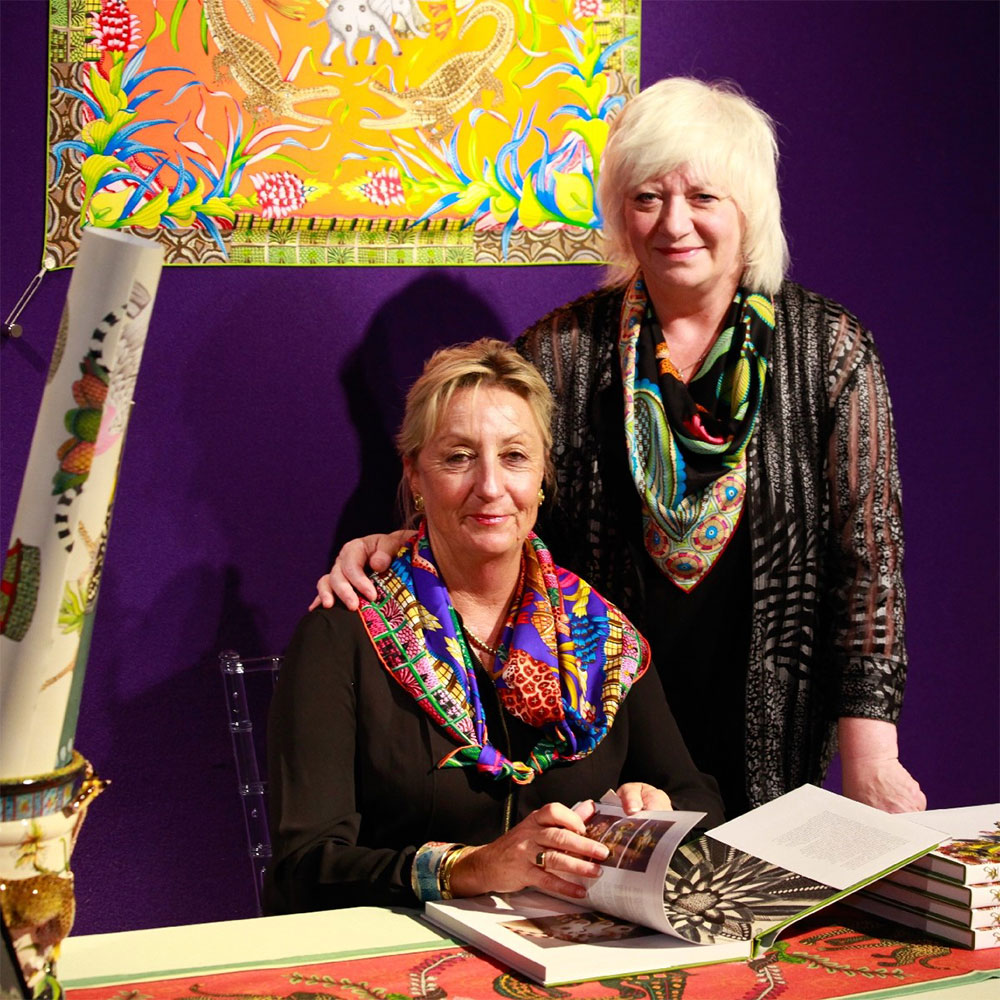
Fée Halsted & Louise Irvine at WMODA
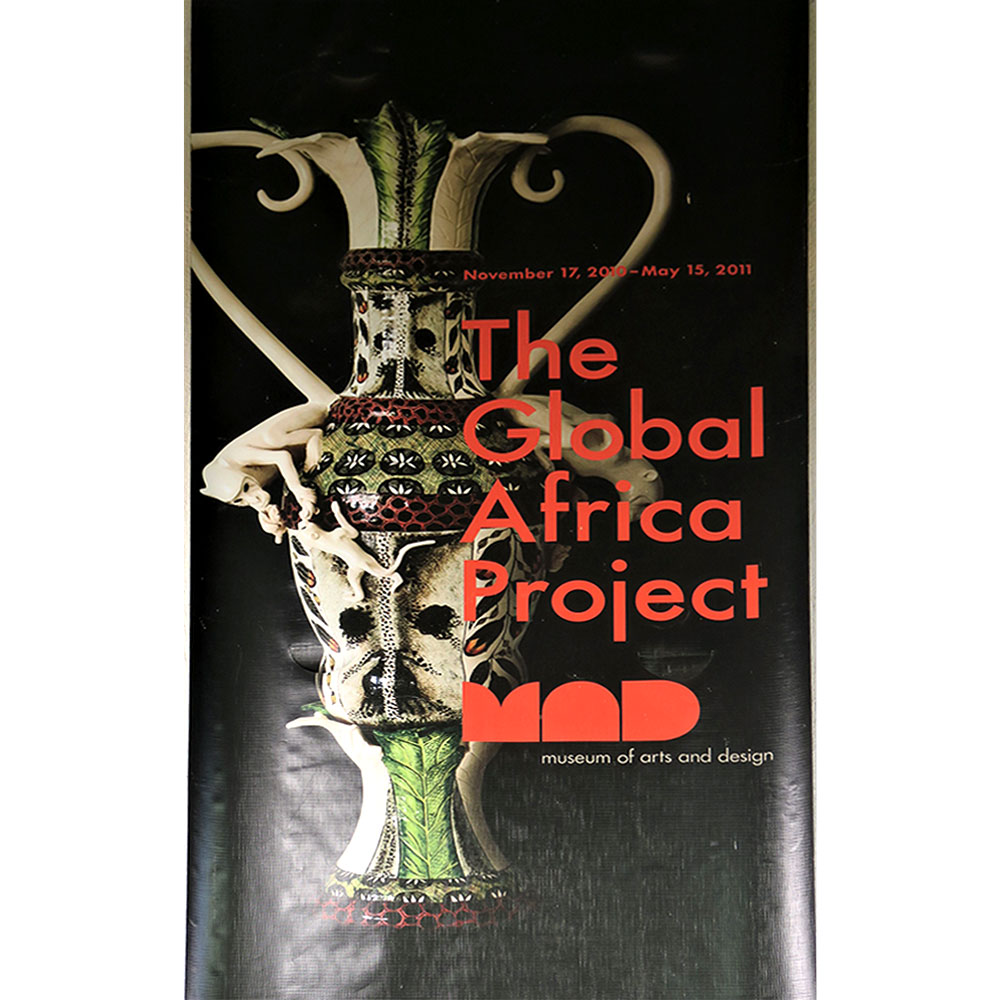
Global Africa Exhibition at the Museum of Art and Design, NYC
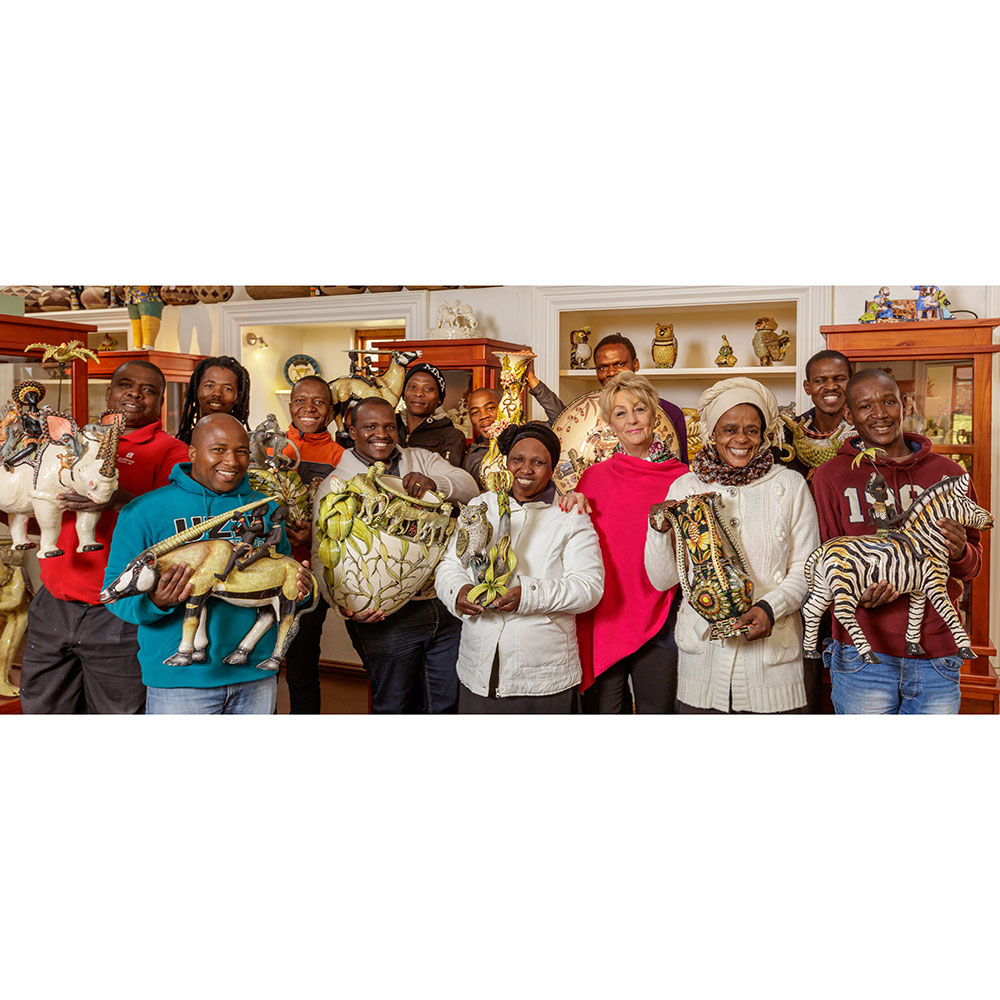
Fée and the artists of Ardmore
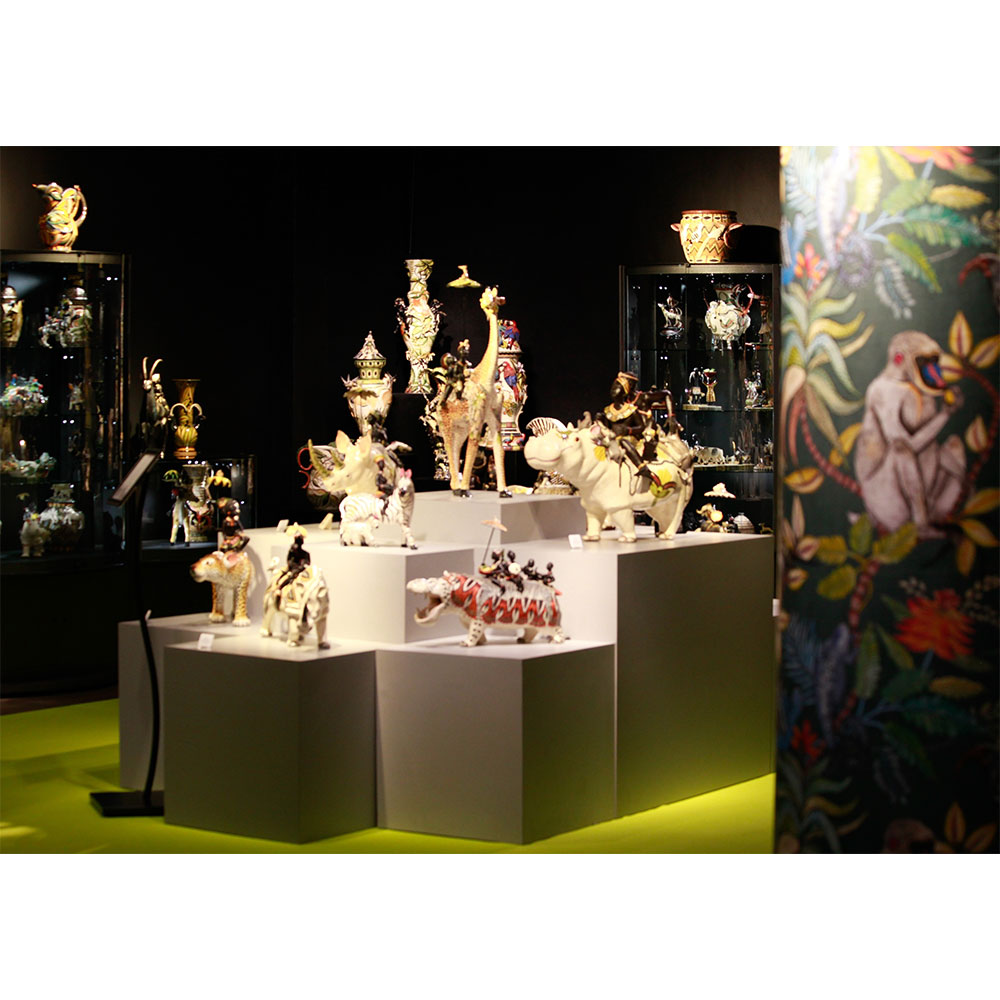
Ardmore Gallery at WMODA
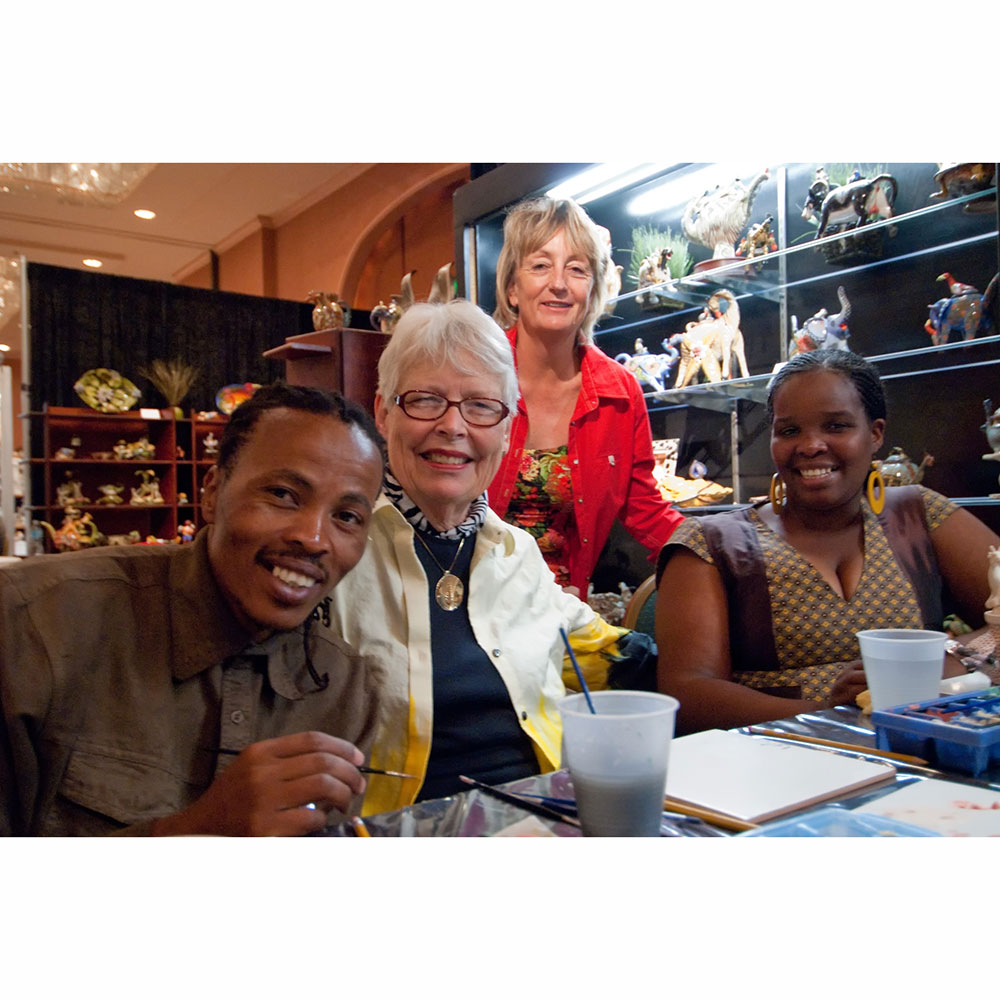
Victor, Fée, Happiness & Ann Berg in 2010
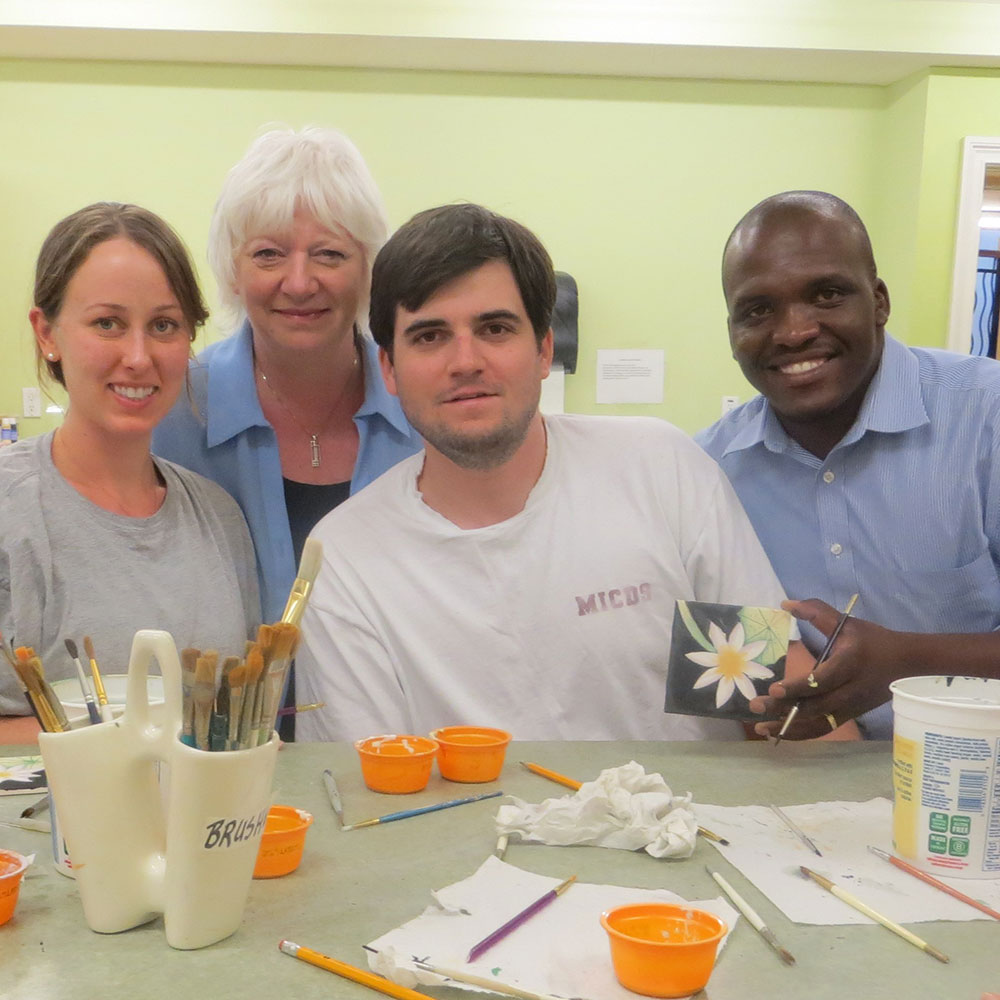
Louise and Wiseman at the 2016 Ocean Reef demo
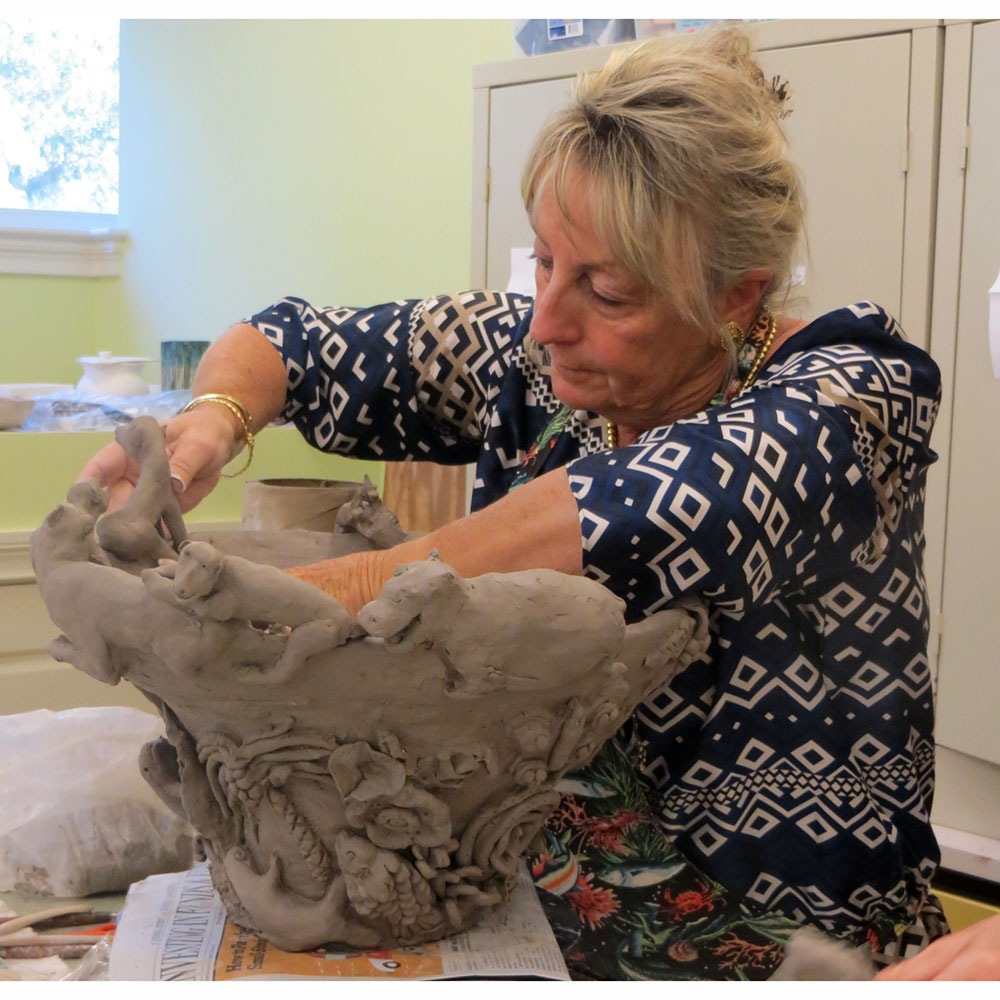
Fée at the 2017 Ocean Reef masterclass
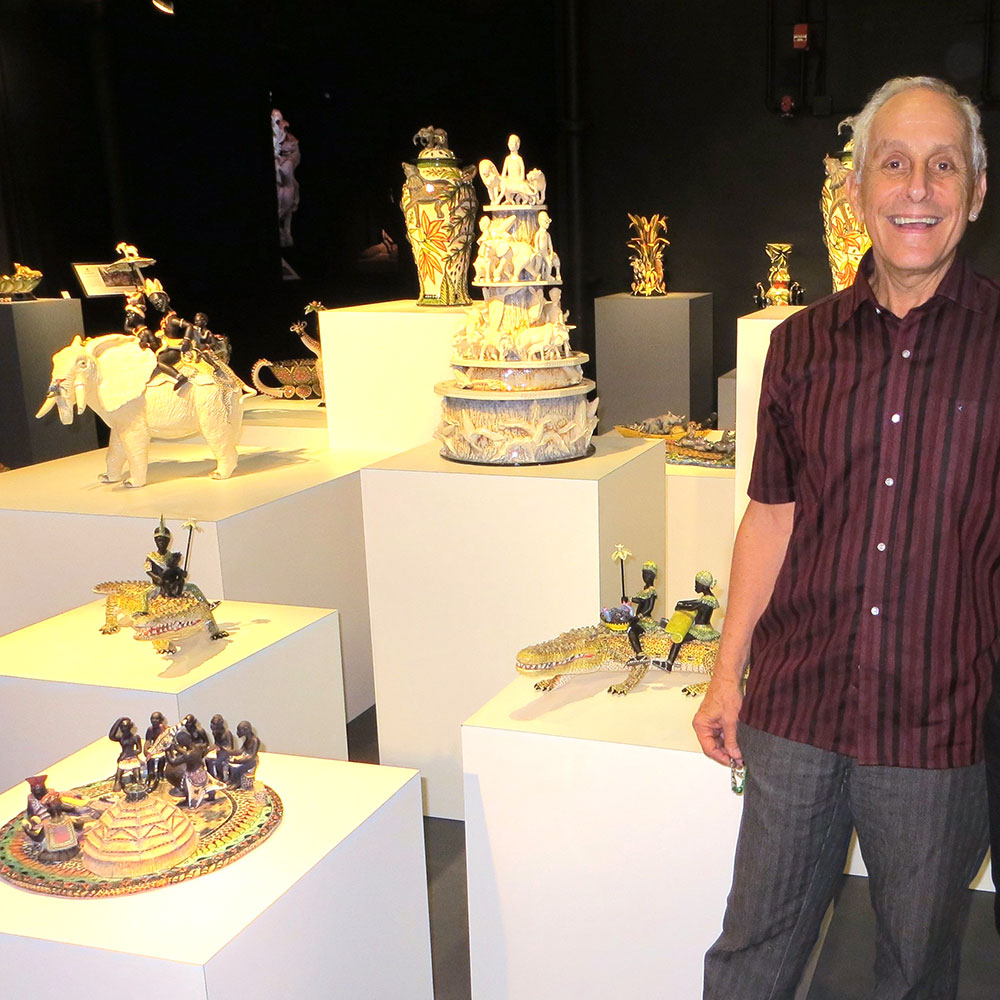
Brian Greis at WMODA
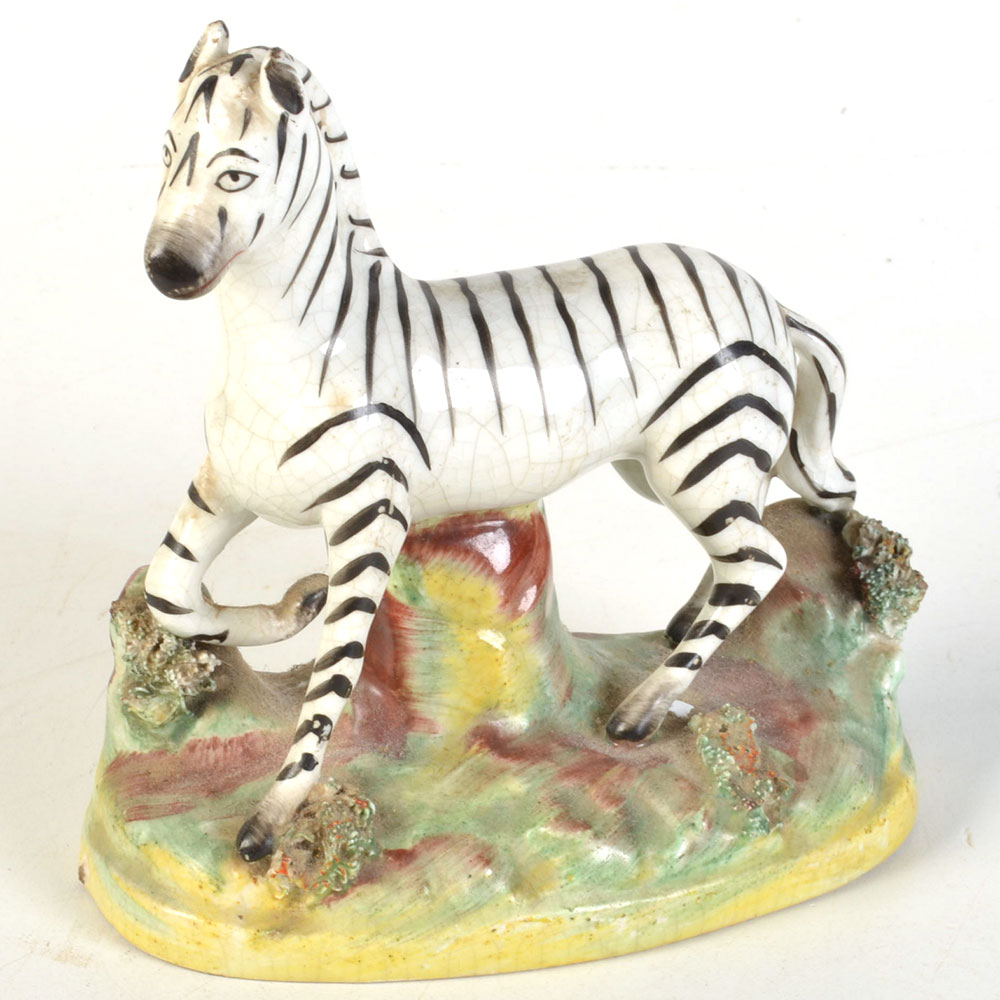
Staffordshire Zebra
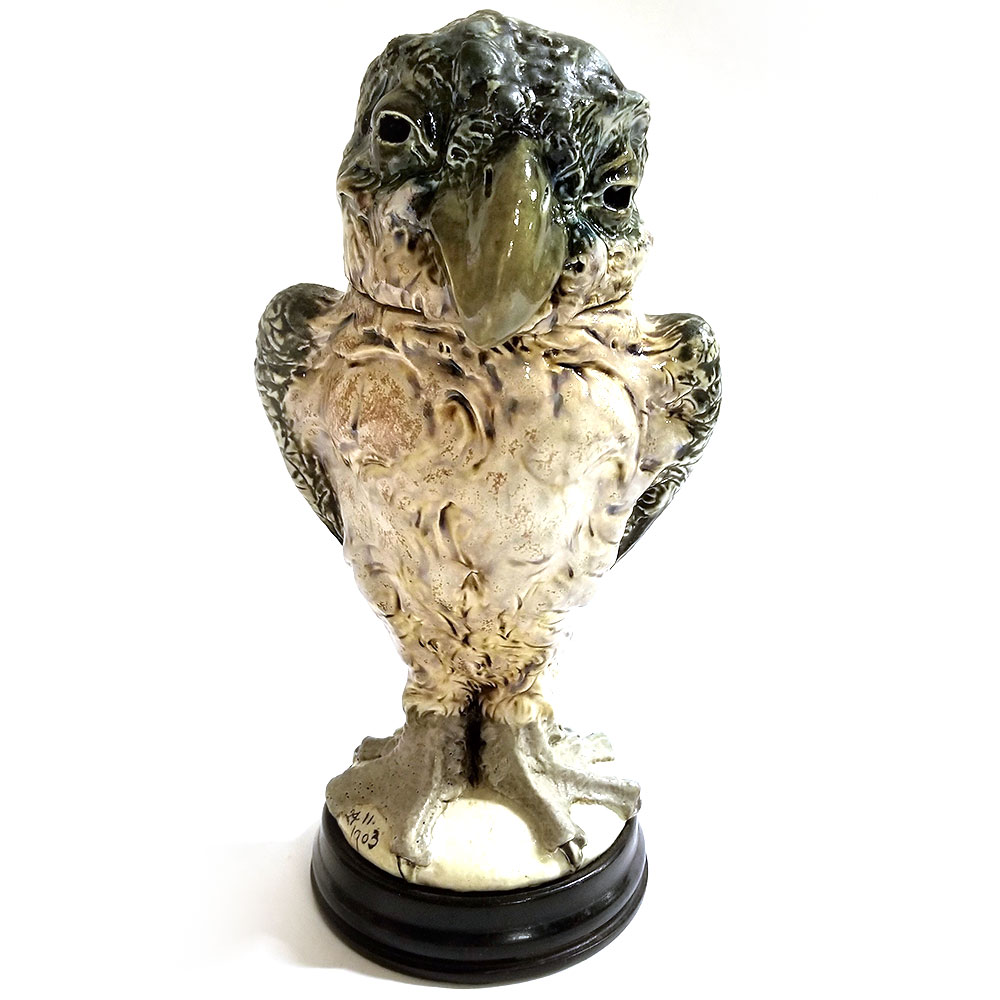
Martin Brothers Bird Jar
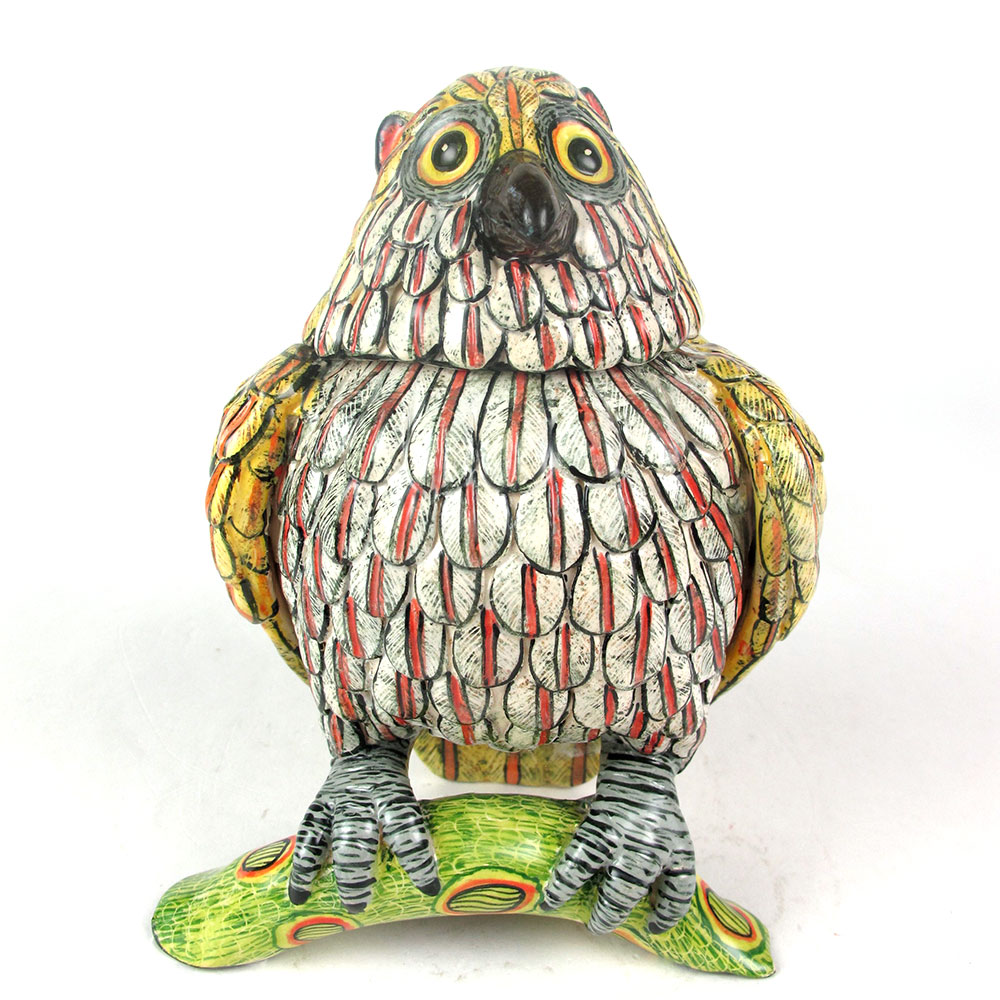
Ardmore Owl with Ears
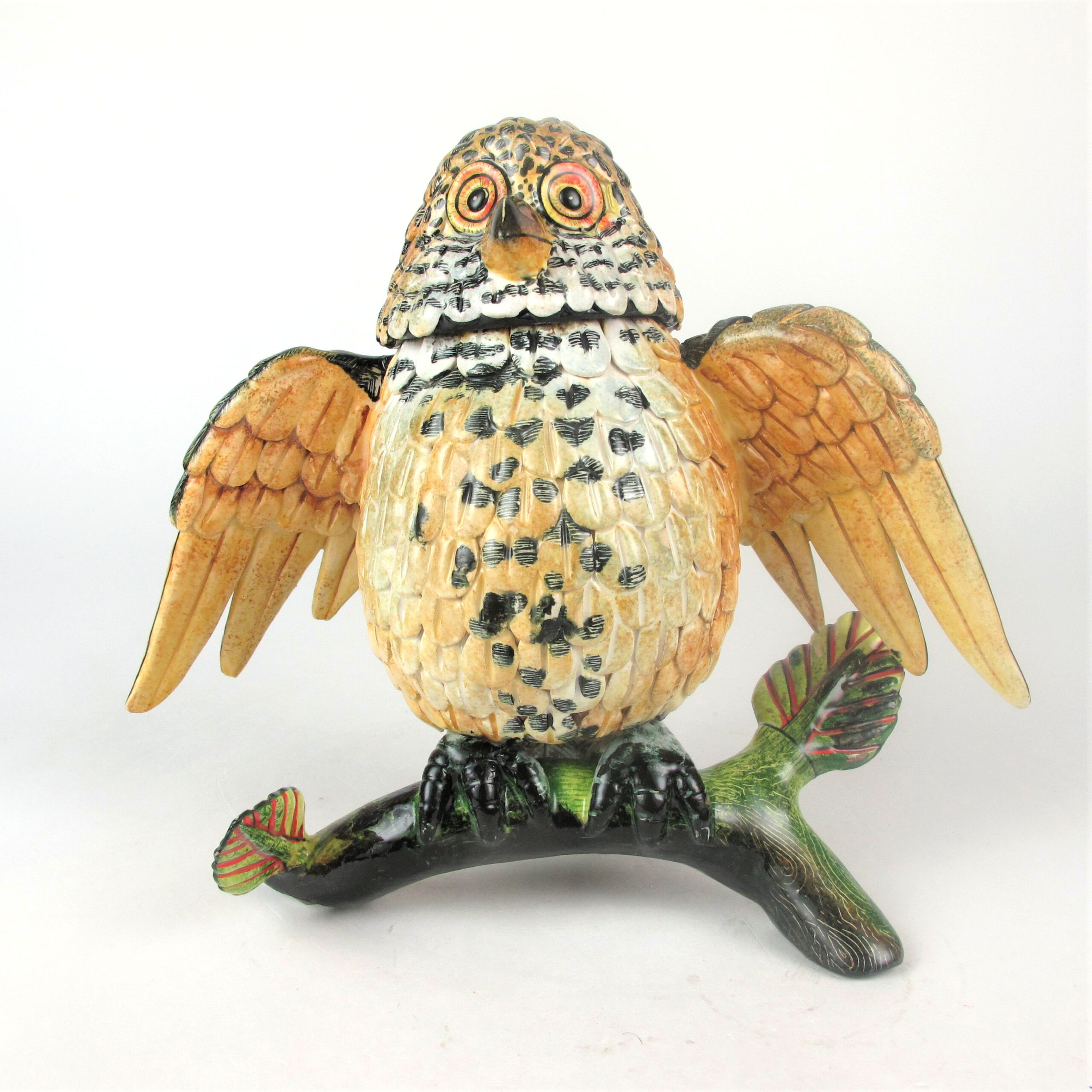
Ardmore Owl Jar
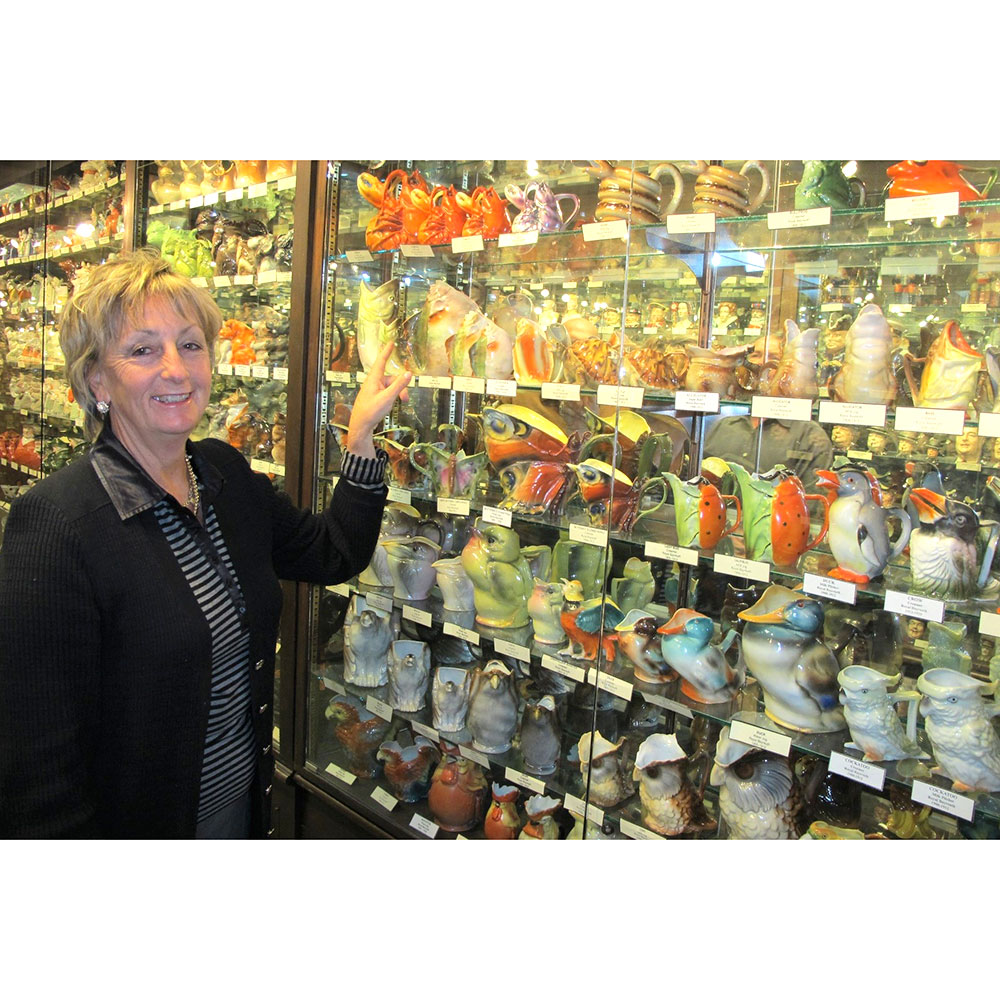
Fée at the American Toby Jug Museum
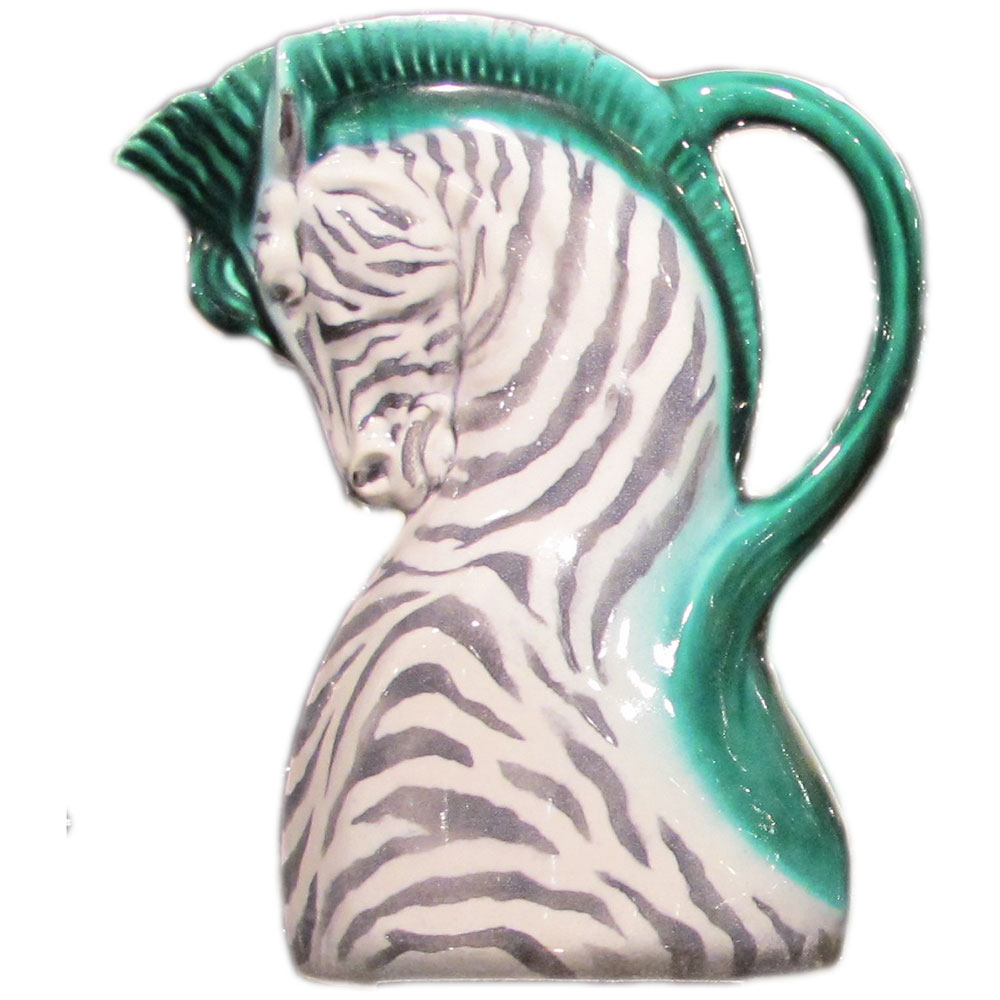
French Majolica Zebra Jug
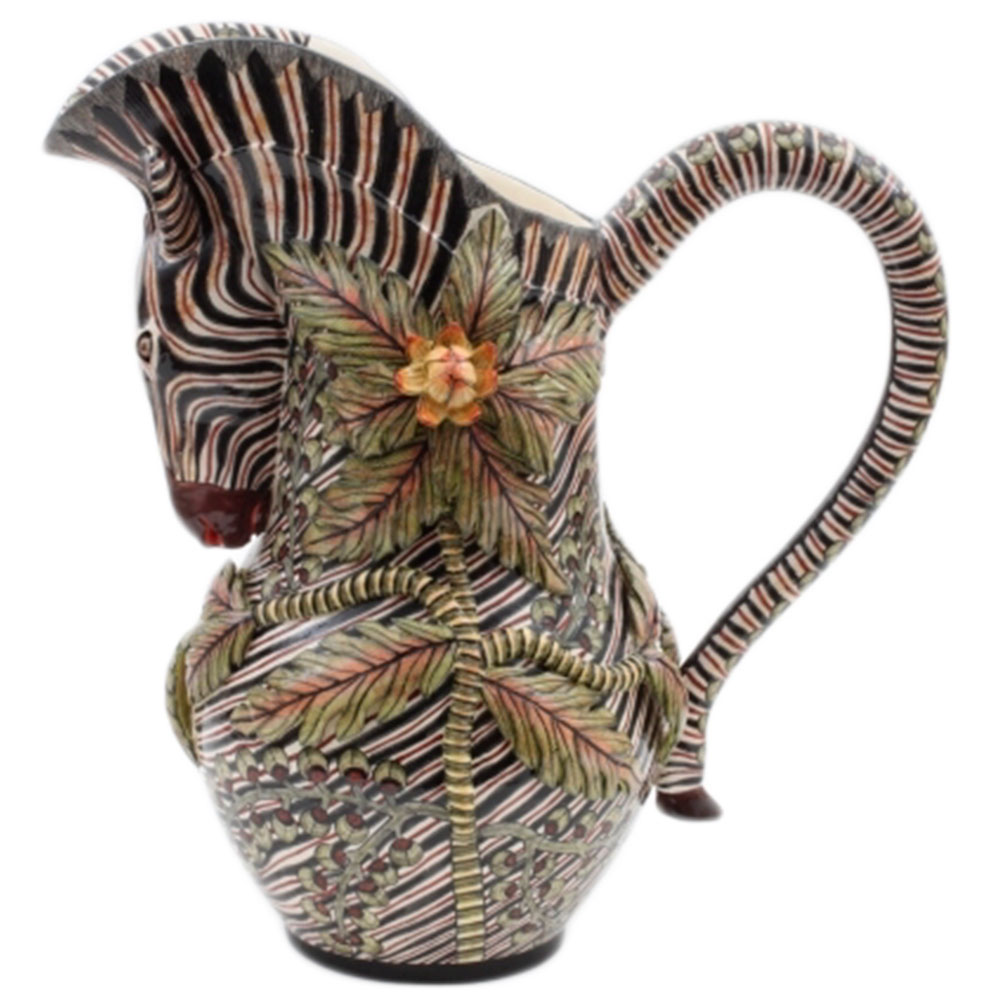
Ardmore Zebra Jug
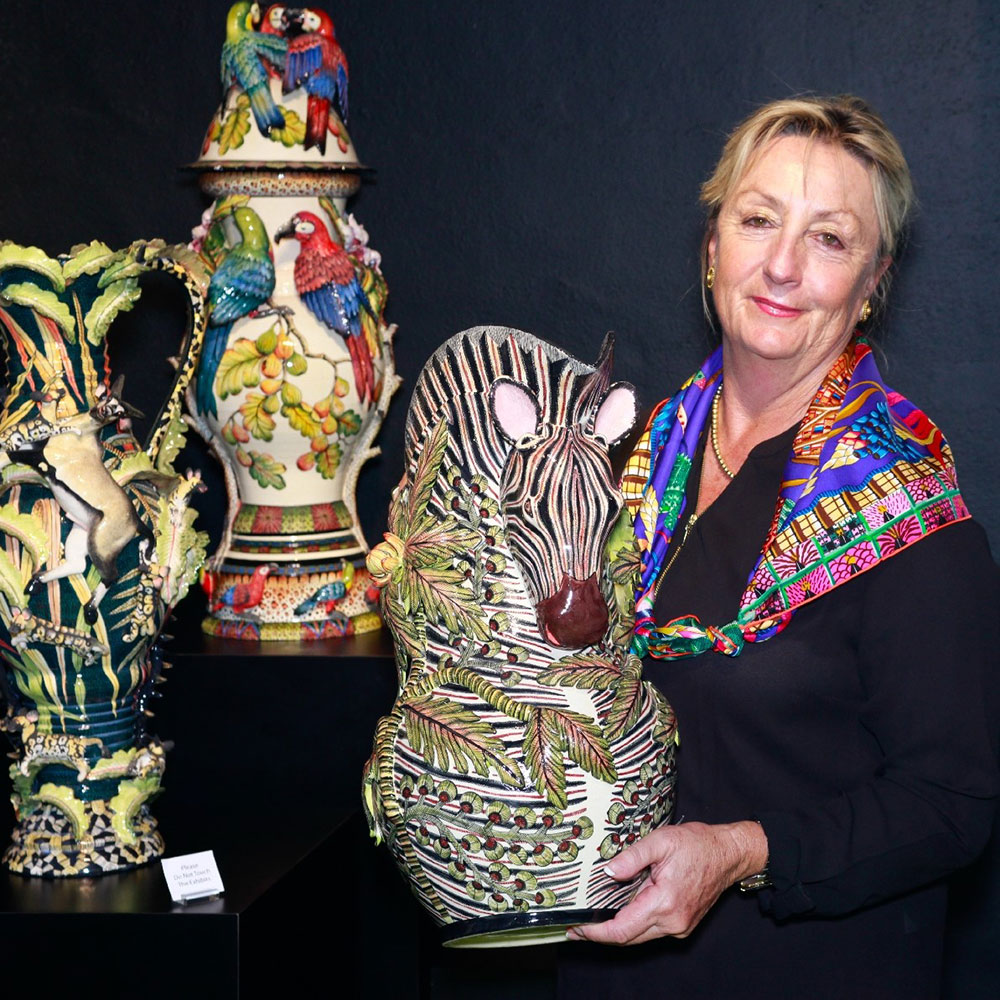
Fée with the Zebra Jug at WMODA
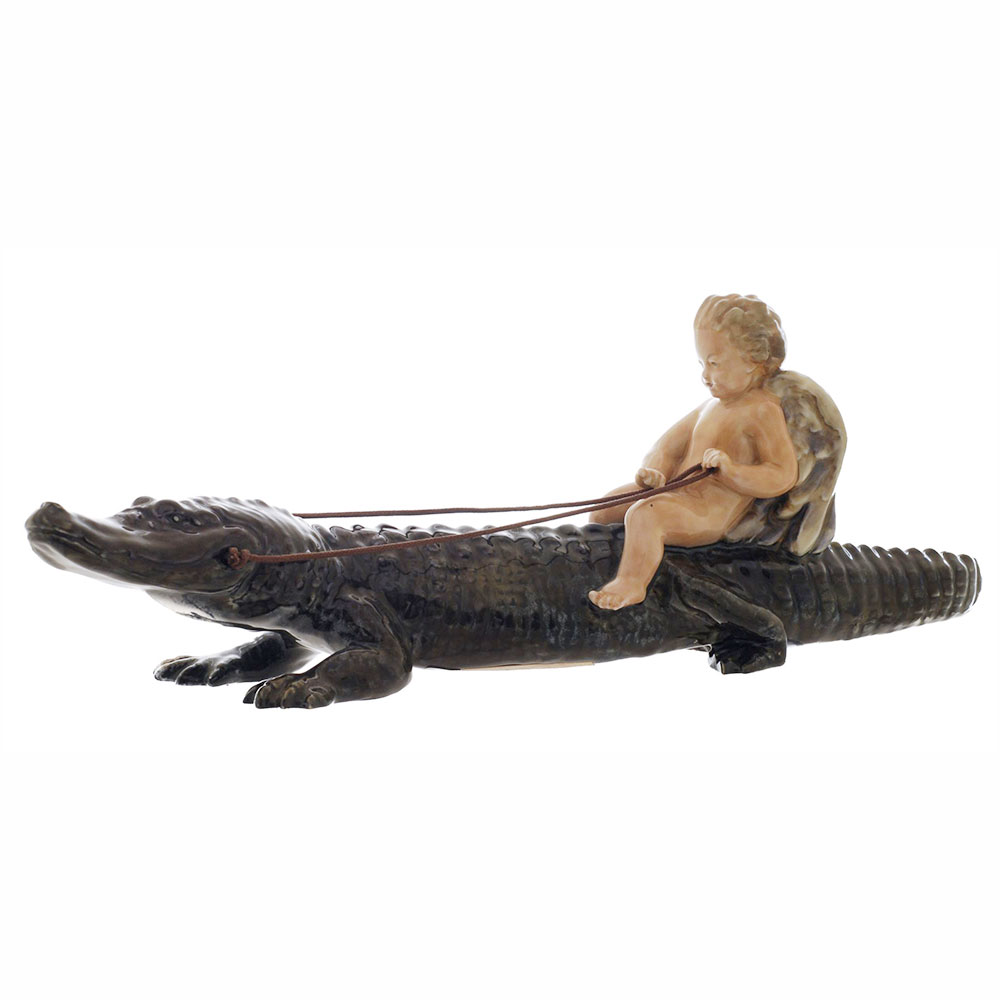
Royal Doulton Boy on Crocodile
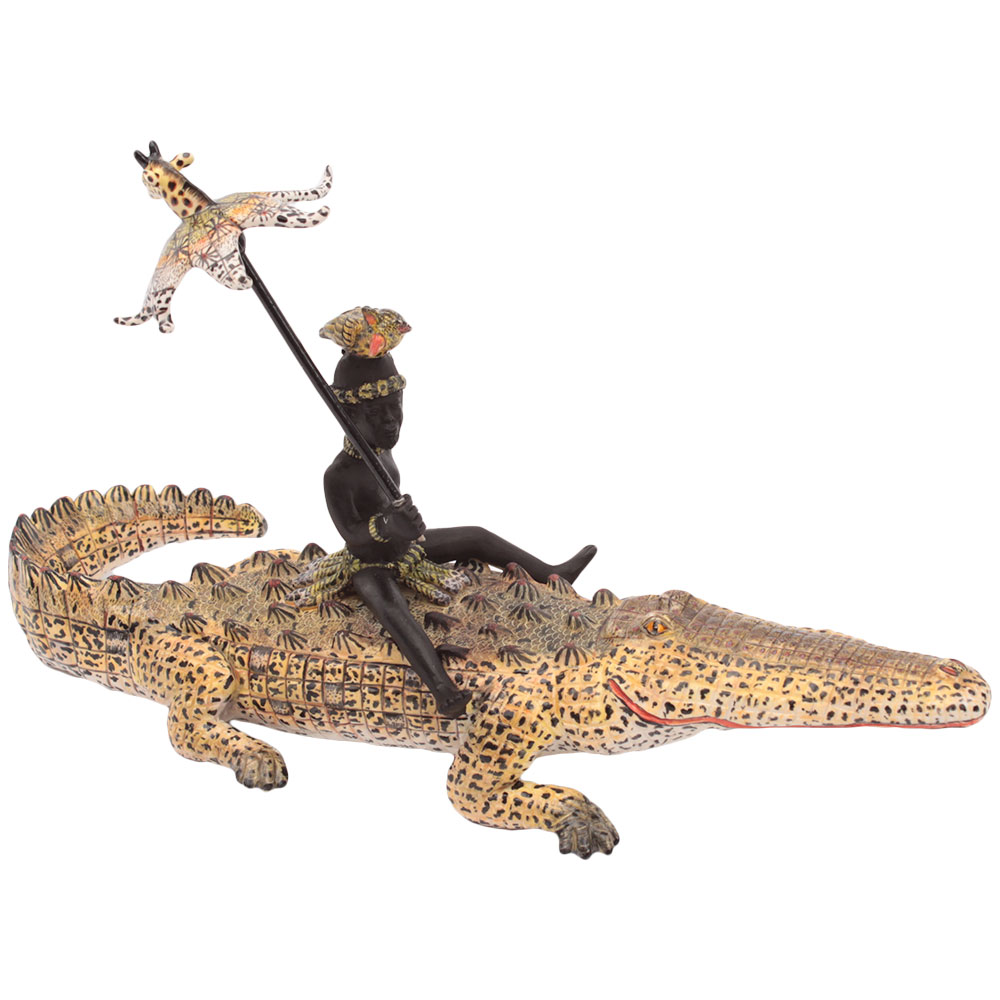
Ardmore Crocodile Traveler
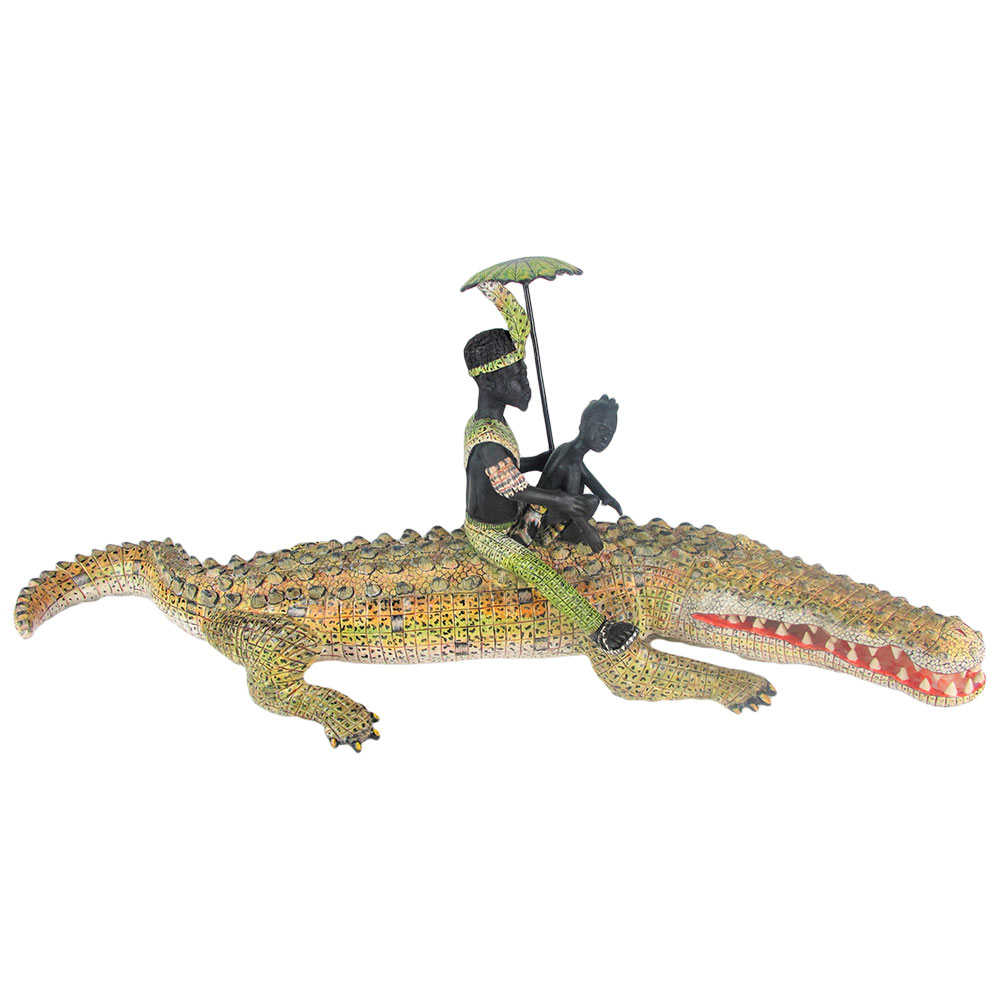
Ardmore Crocodile Traveler
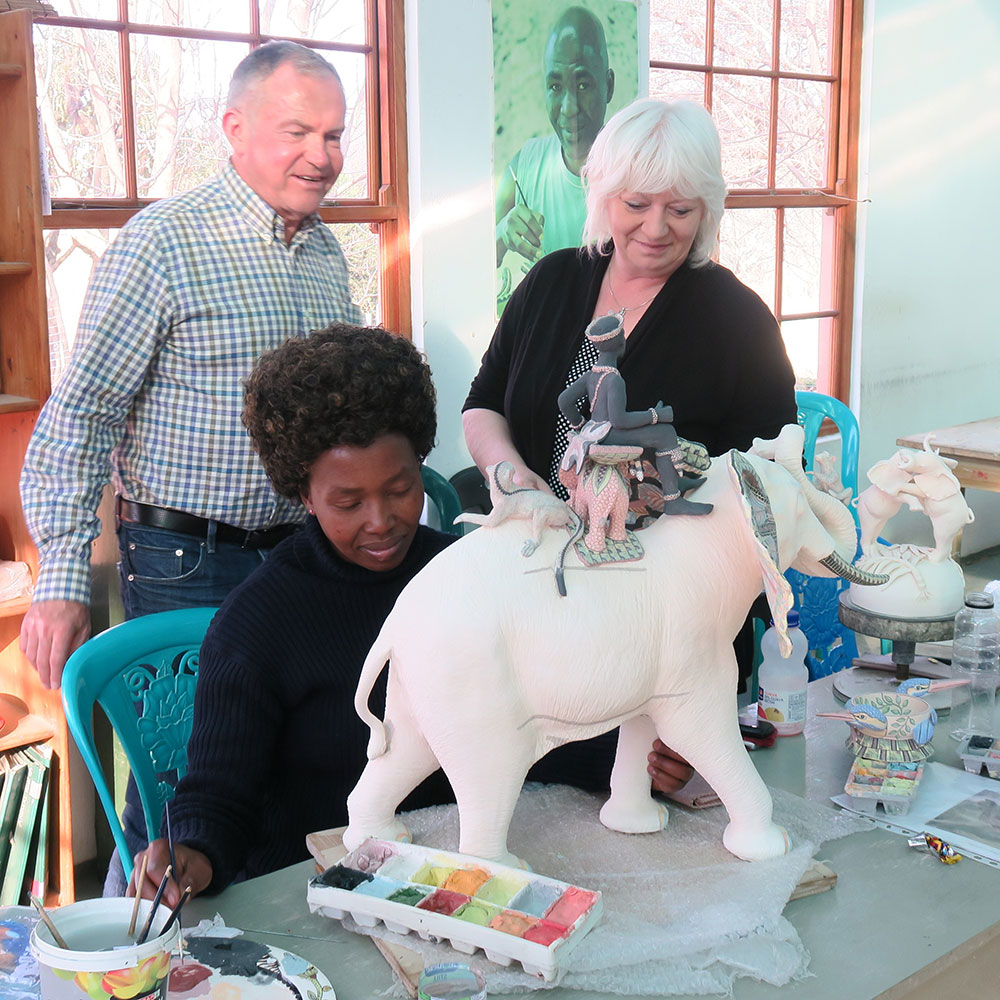
Ed Pascoe, Louise & Jabu at Ardmore
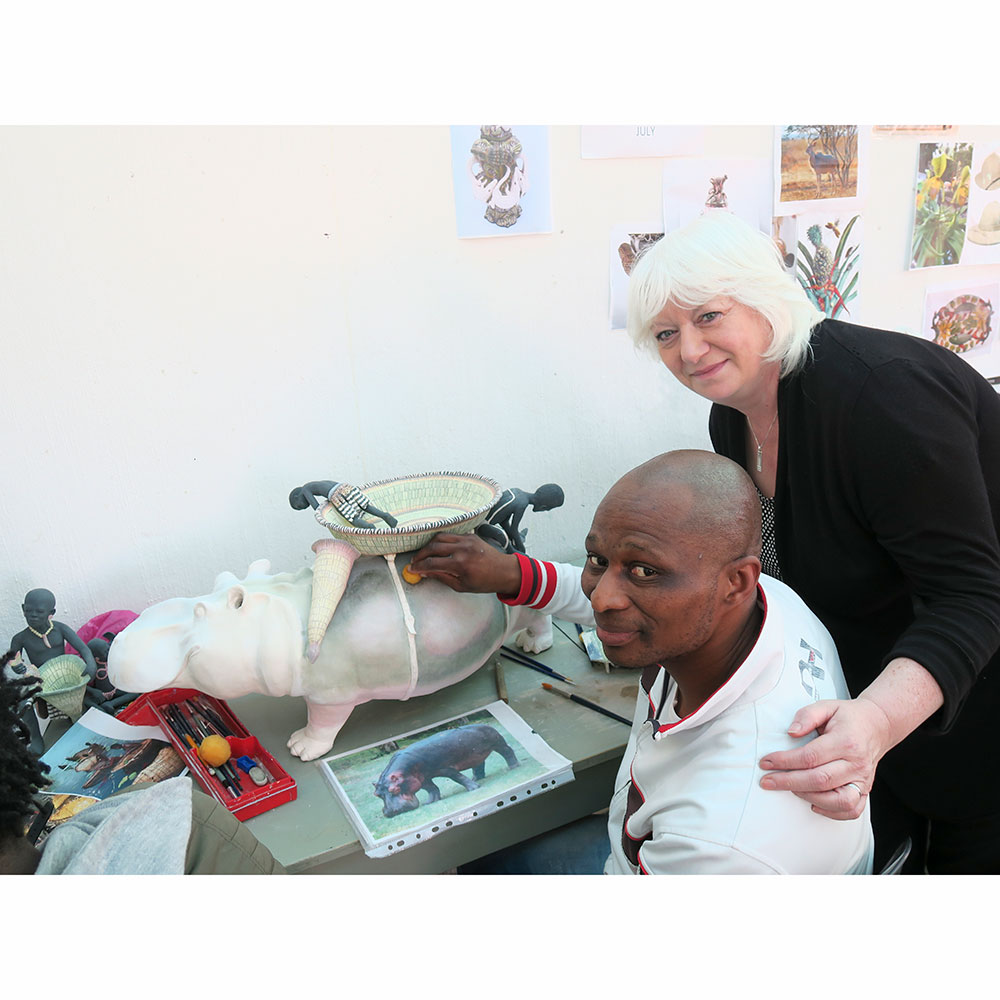
Louise with Mickey at Ardmore
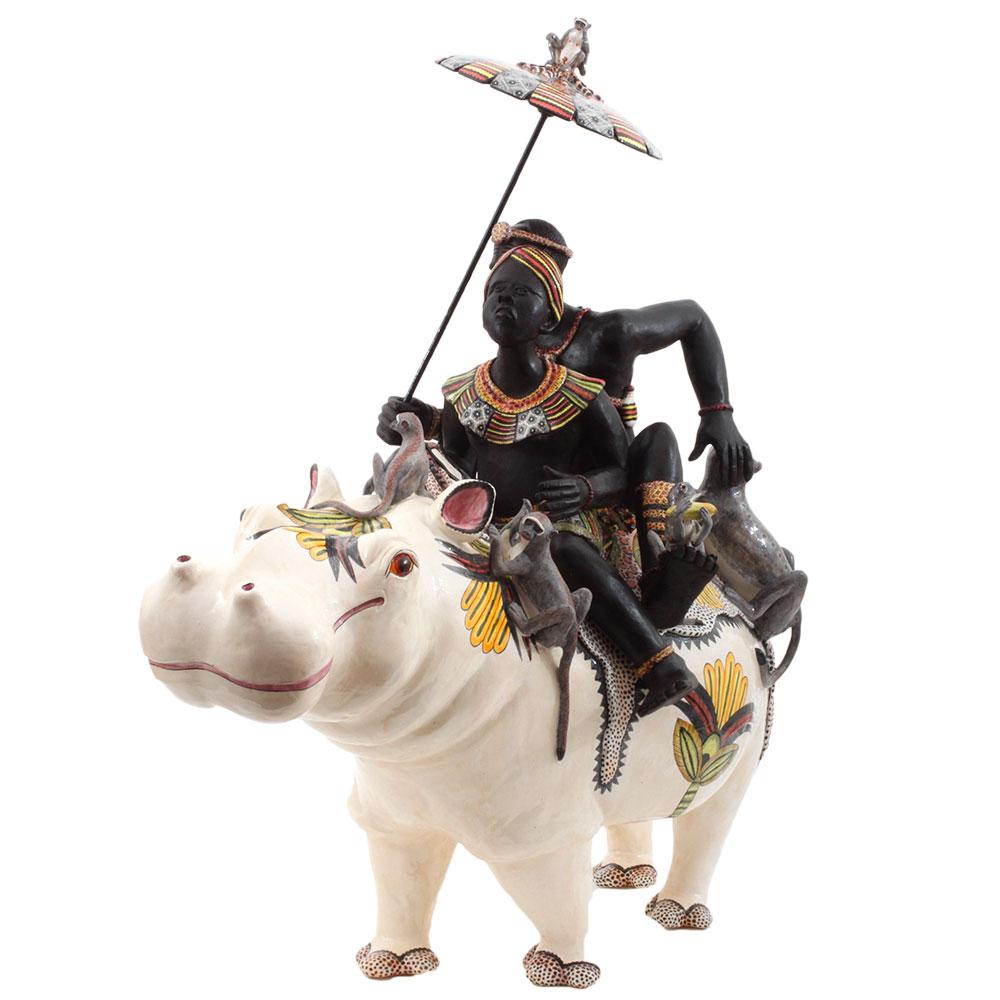
Ardmore Hippo Traveler
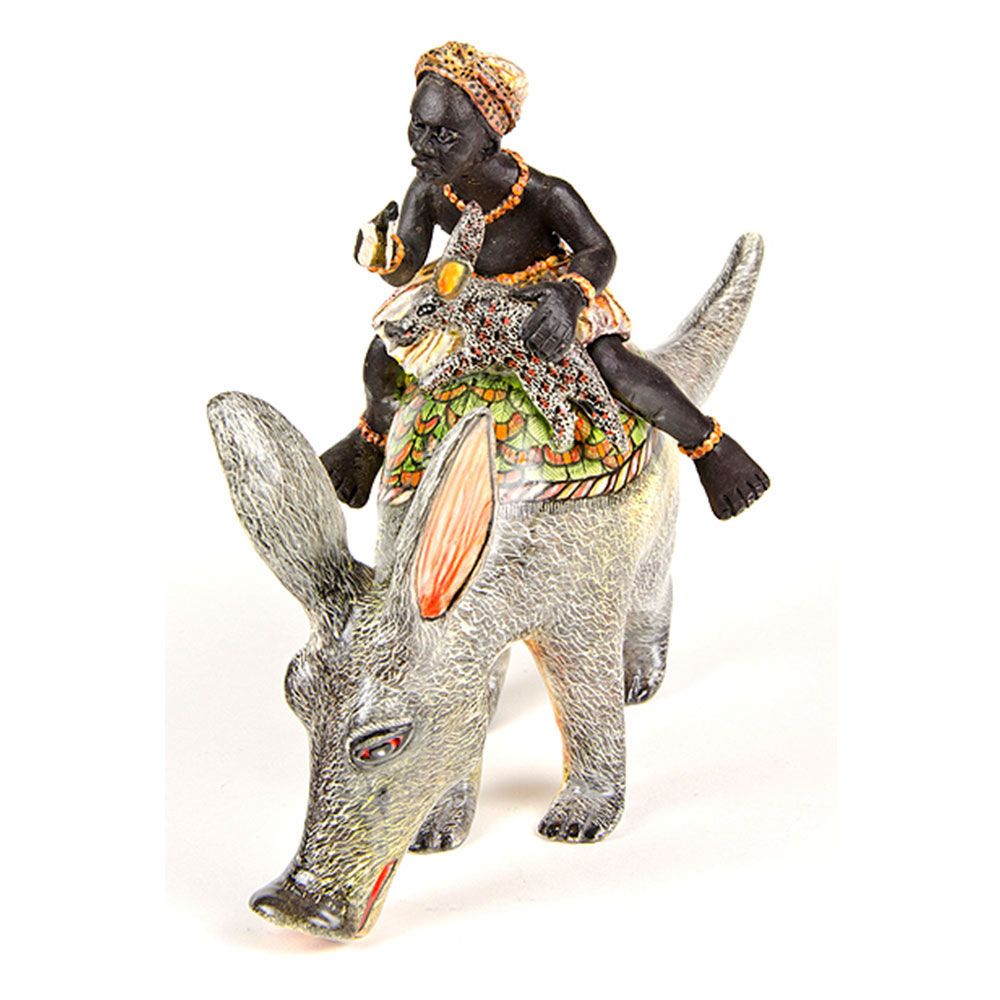
Ardmore Aardvark Traveler
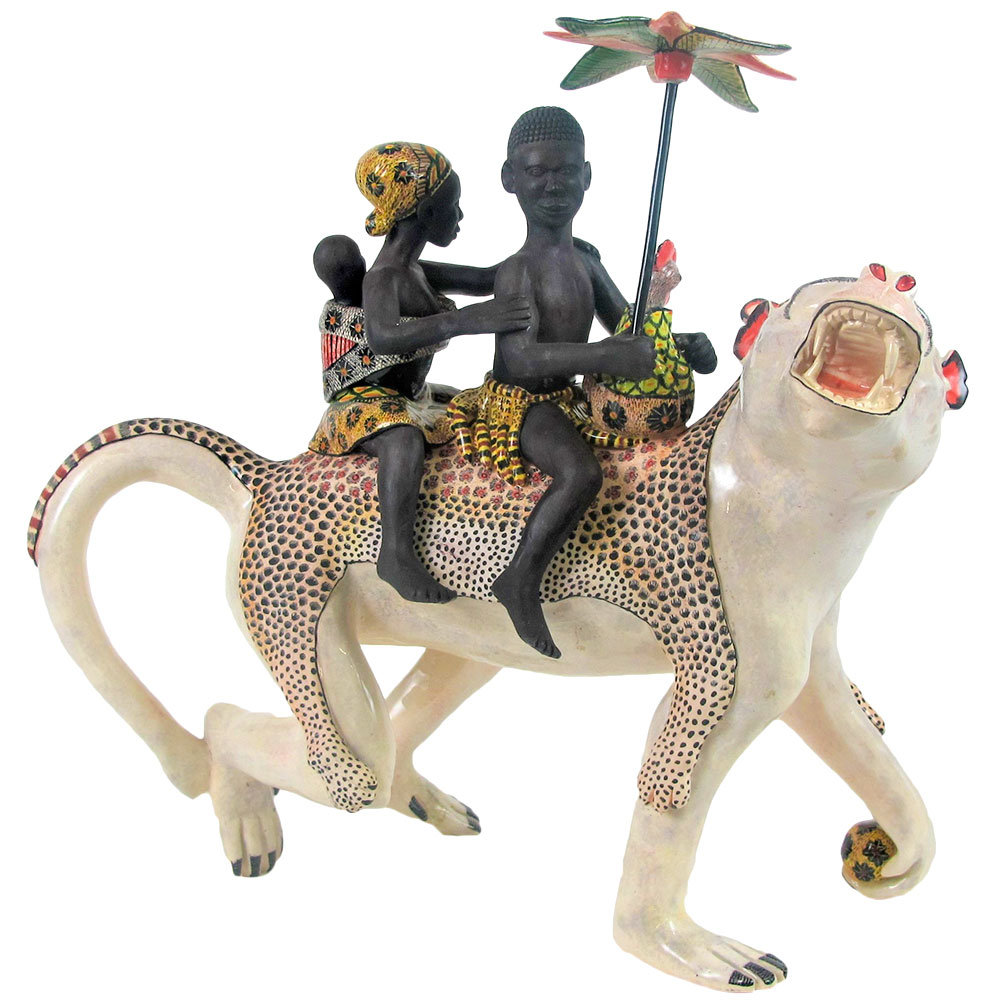
Ardmore Monkey Traveler
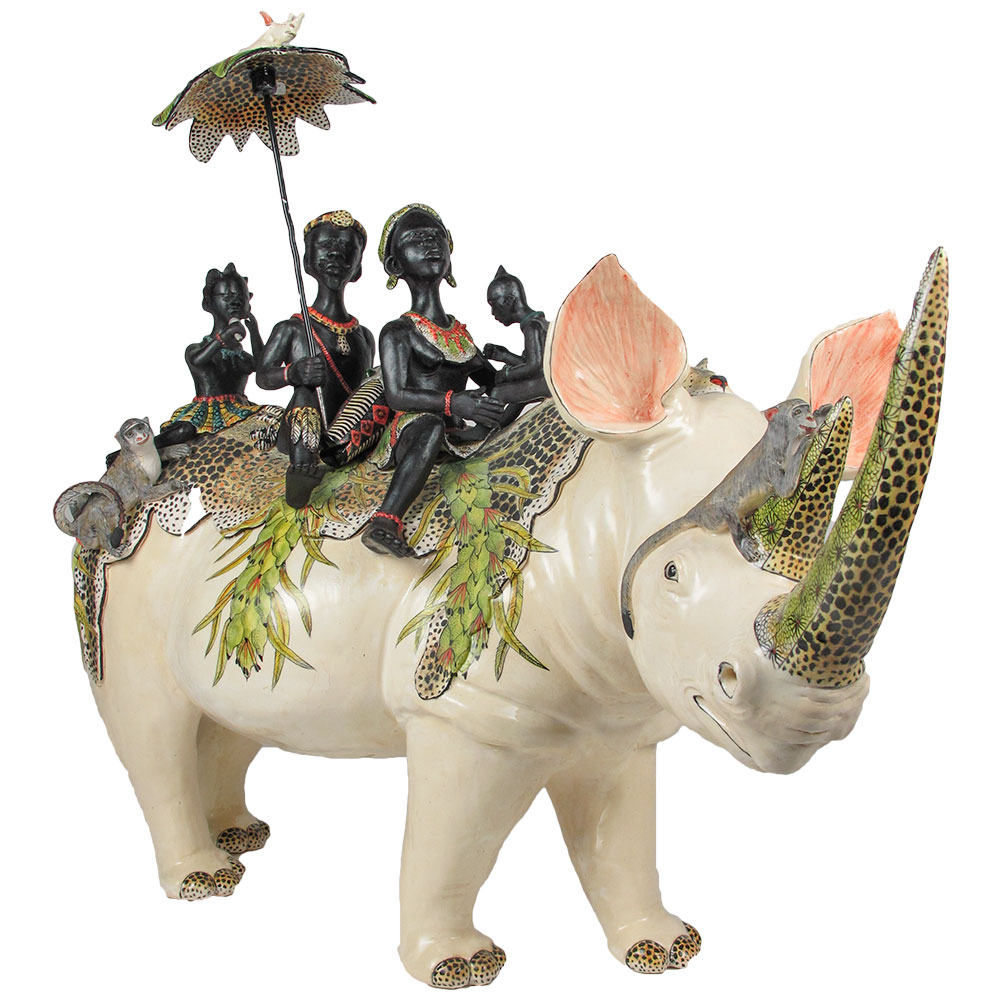
Ardmore Rhino Traveler
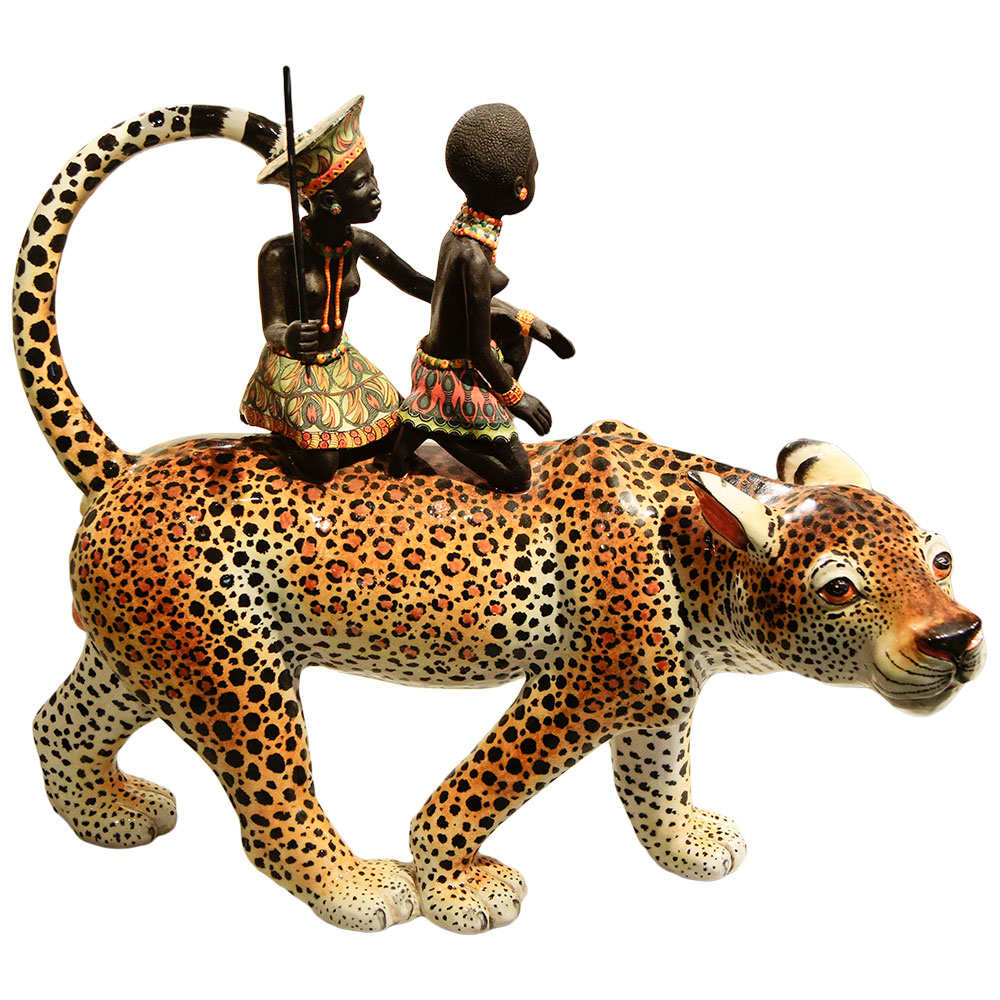
Ardmore Leopard Traveler
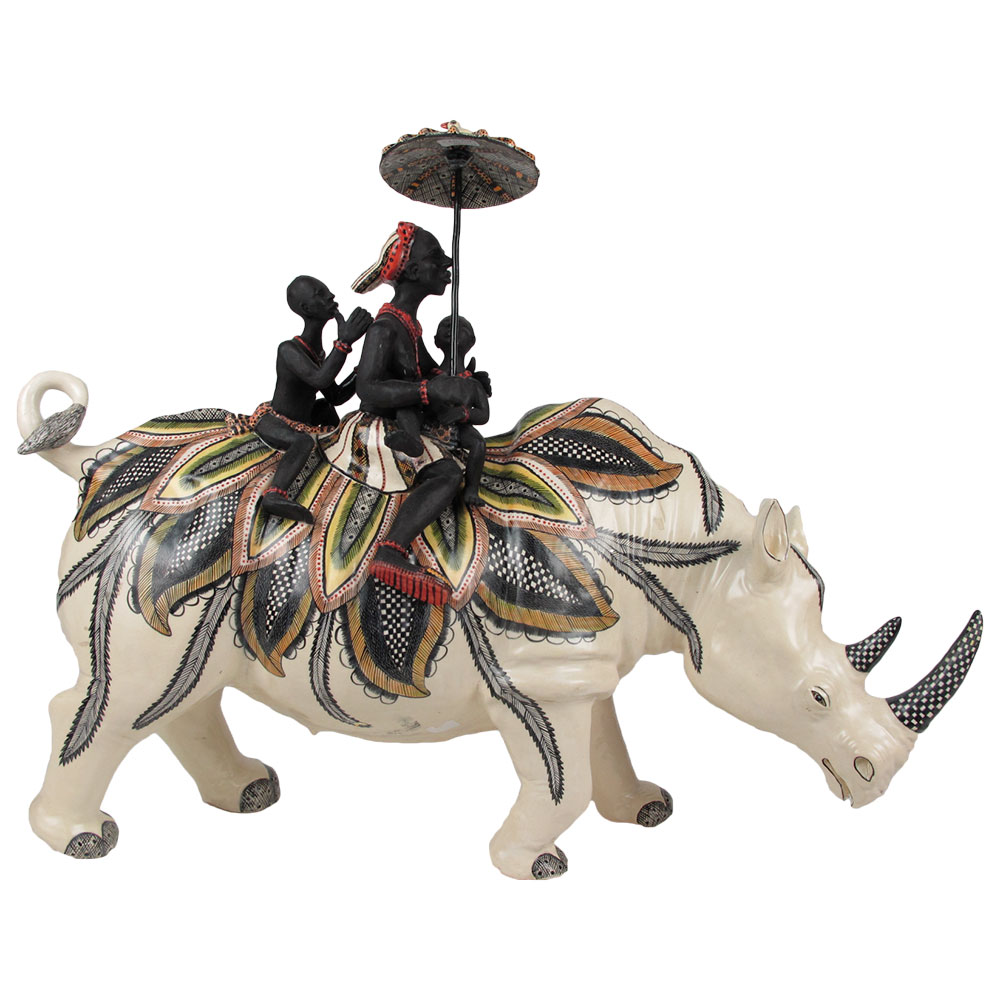
Ardmore Rhino Traveler
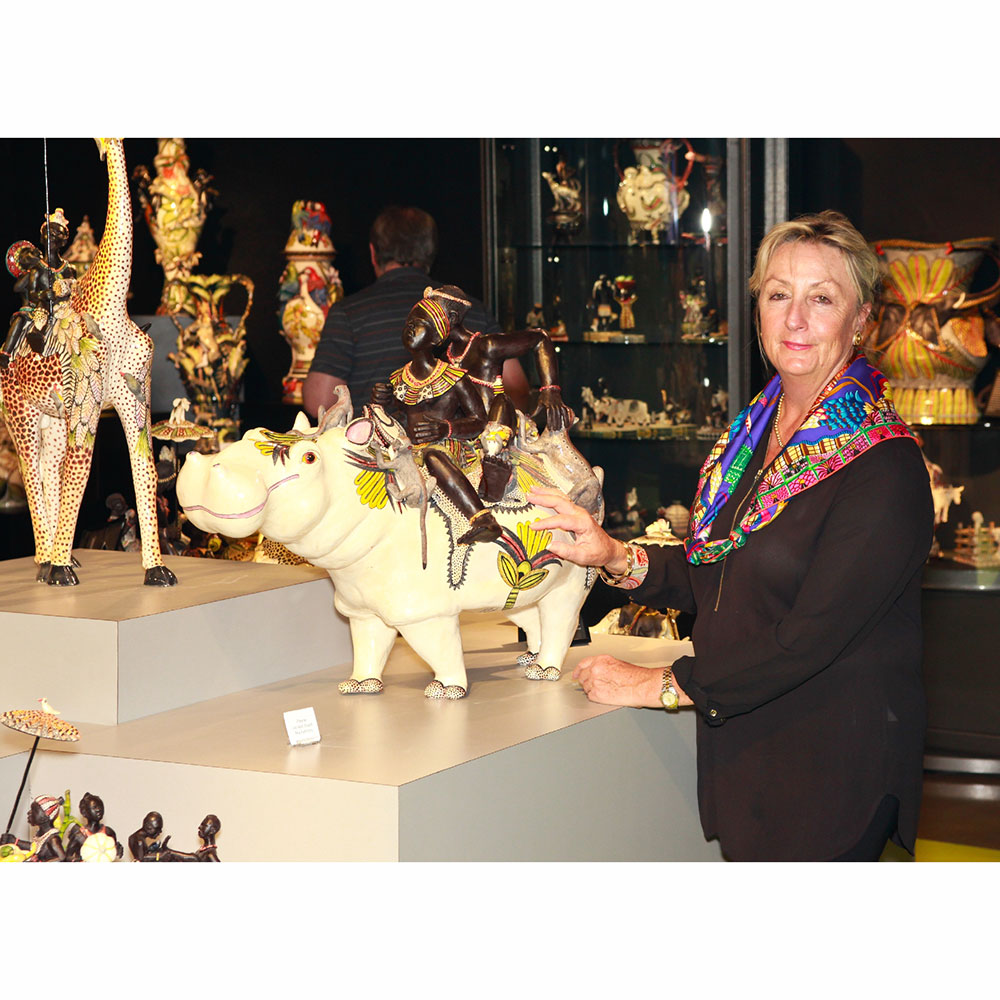
Fée with the Ardmore Hippo Traveler at WMODA
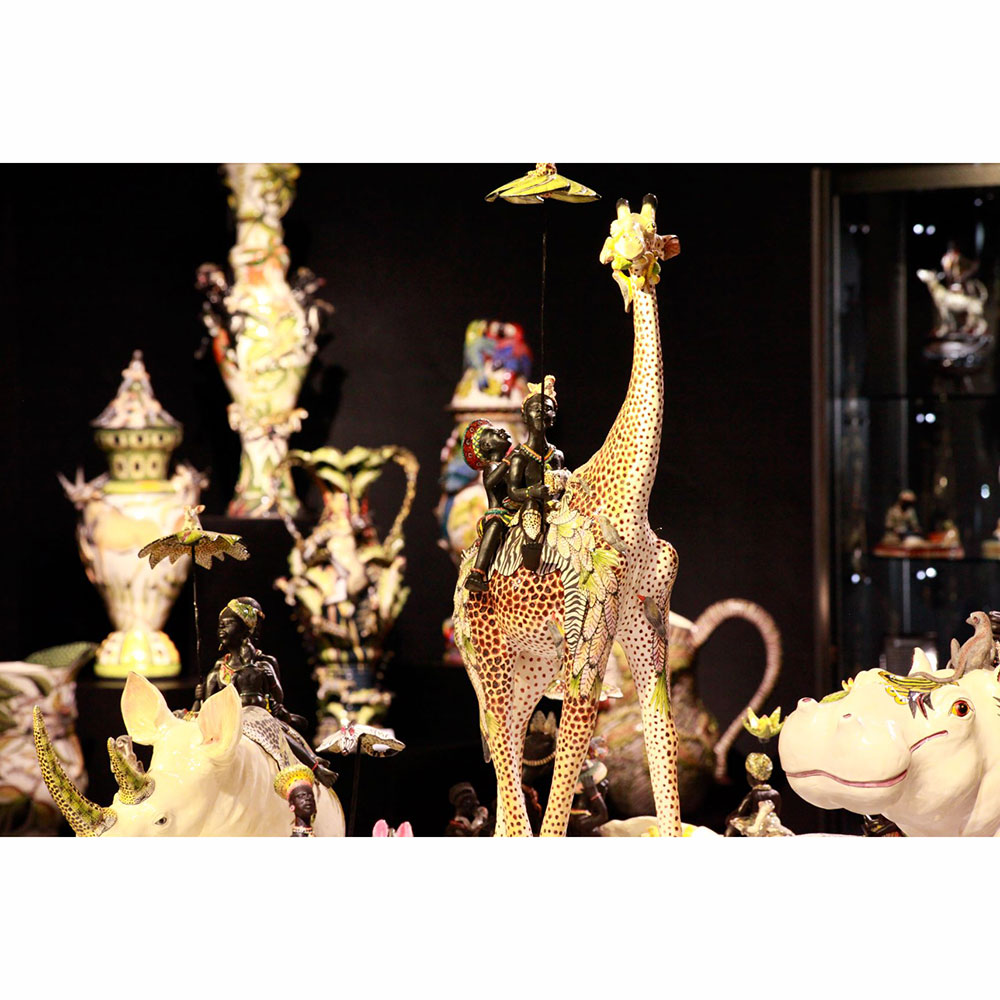
Ardmore Traveler Display at WMODA
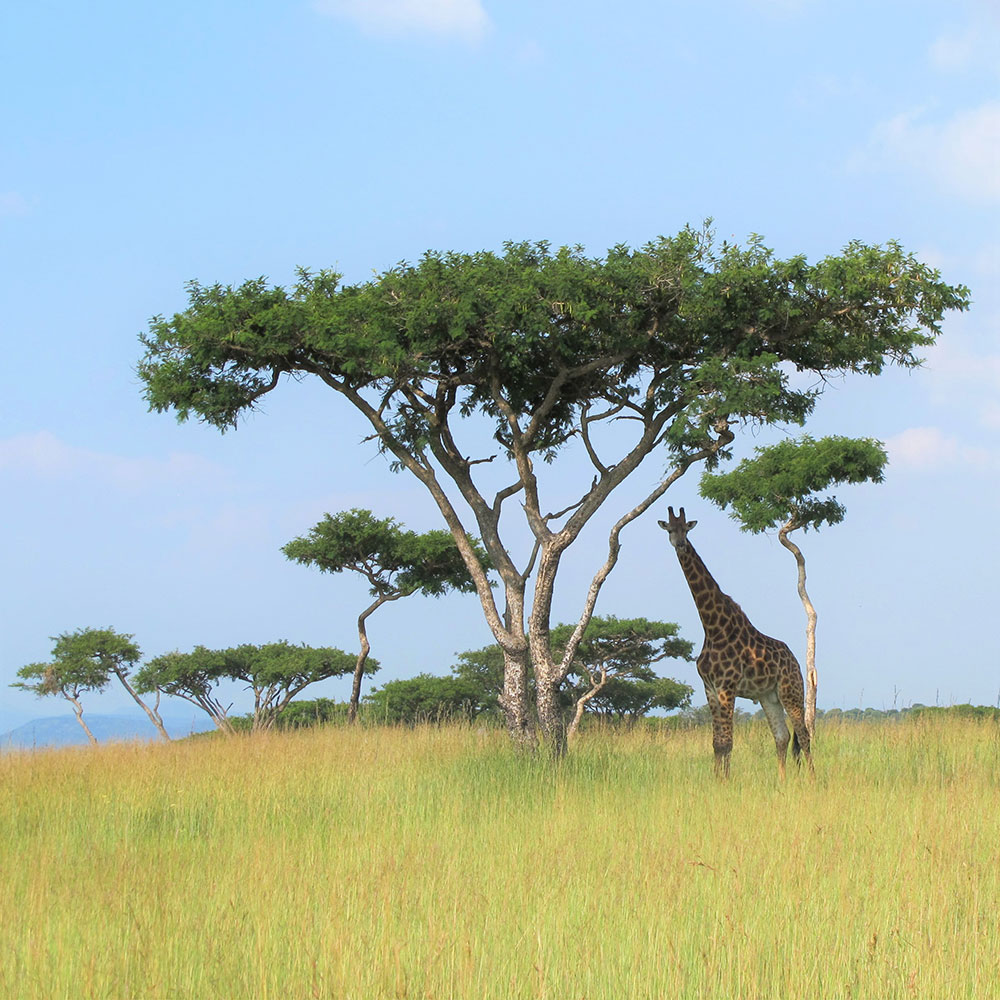
Ardmore artists on safari at the Weenen Game Reserve
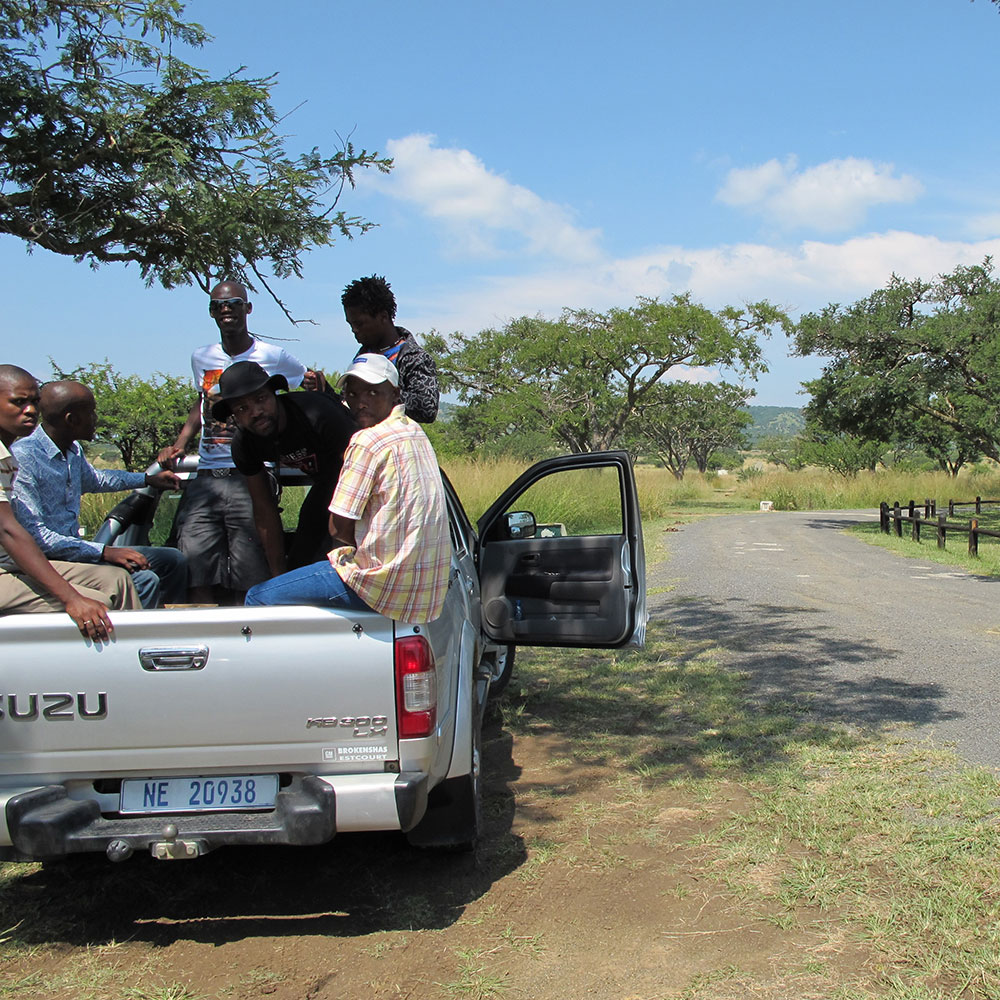
Ardmore artists on safari at the Weenen Game Reserve
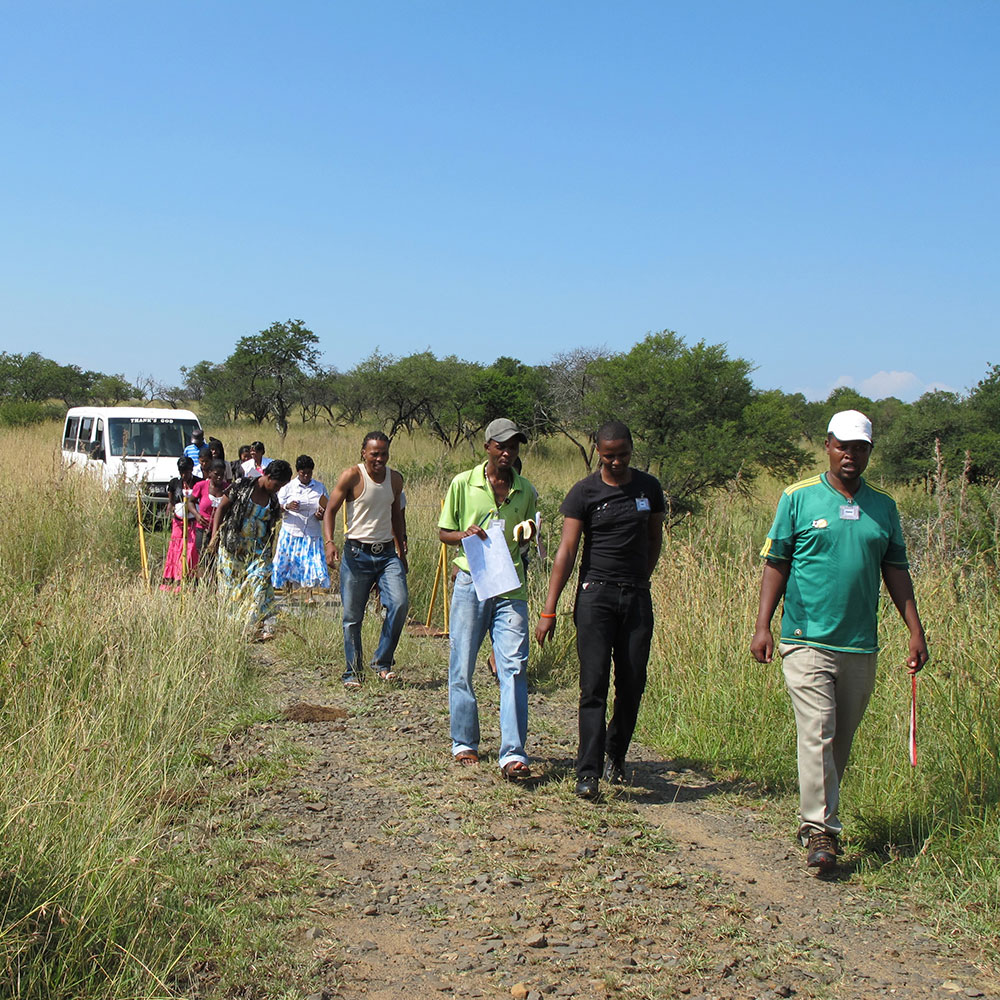
Ardmore artists on safari at the Weenen Game Reserve
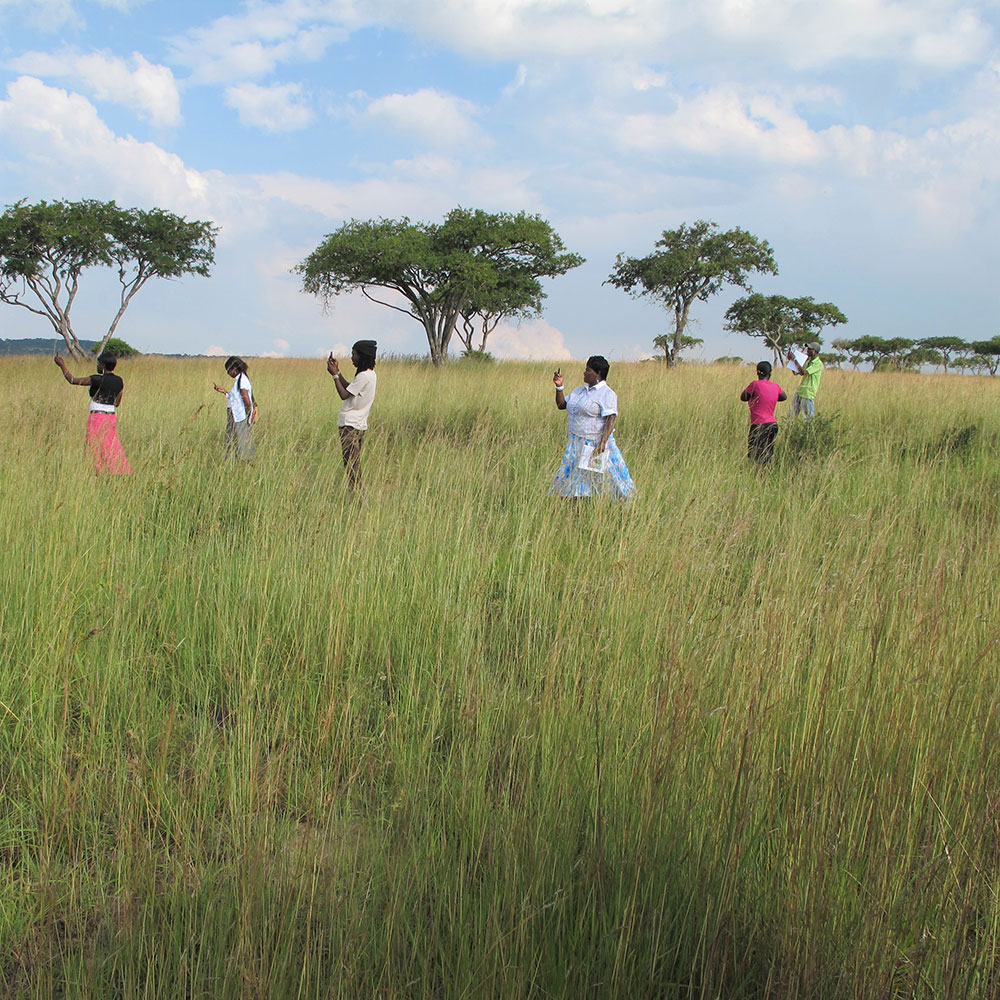
Ardmore artists on safari at the Weenen Game Reserve
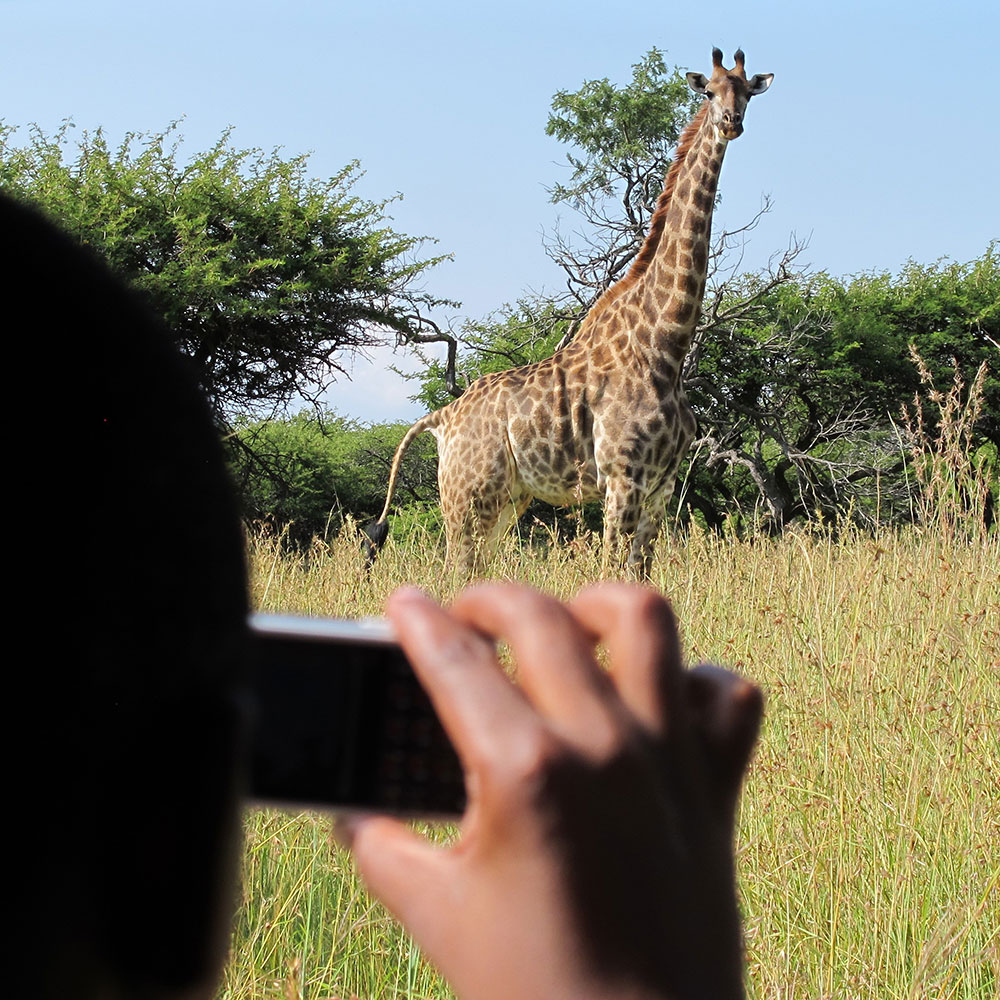
Ardmore artists on safari at the Weenen Game Reserve
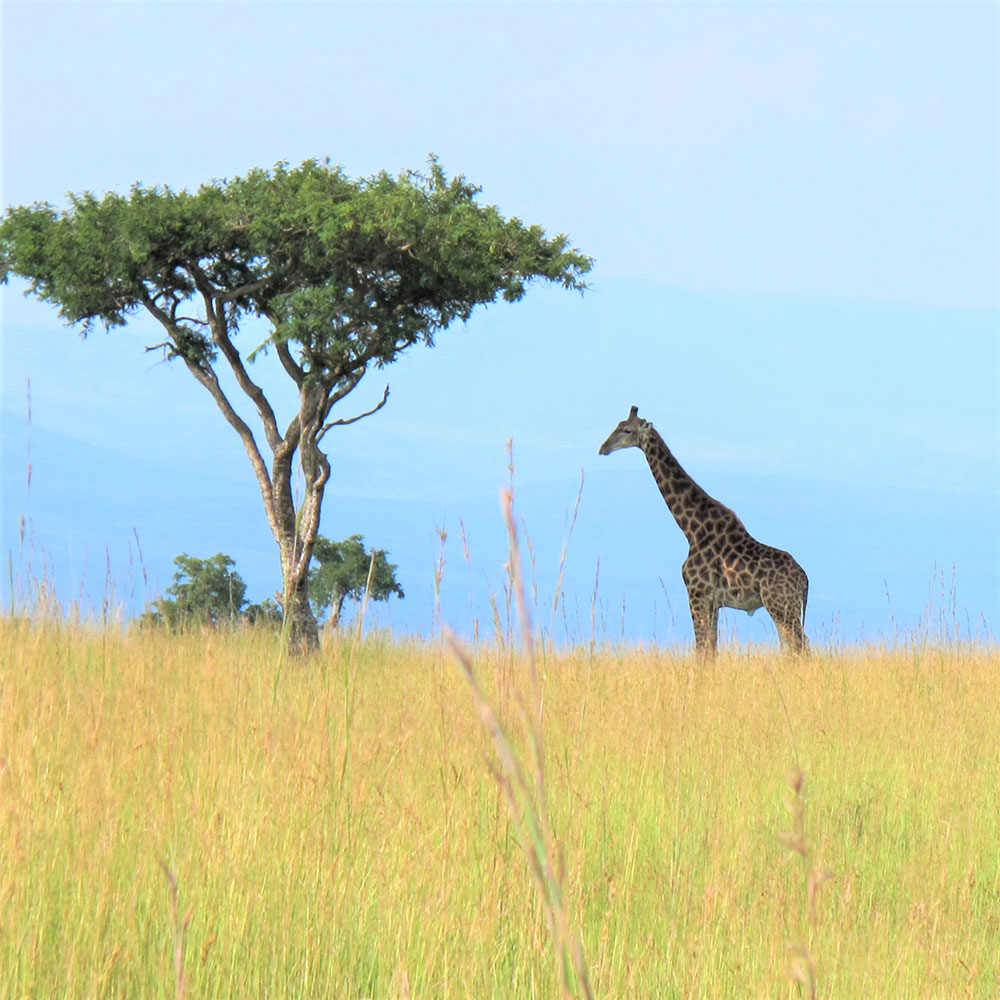
Ardmore artists on safari at the Weenen Game Reserve
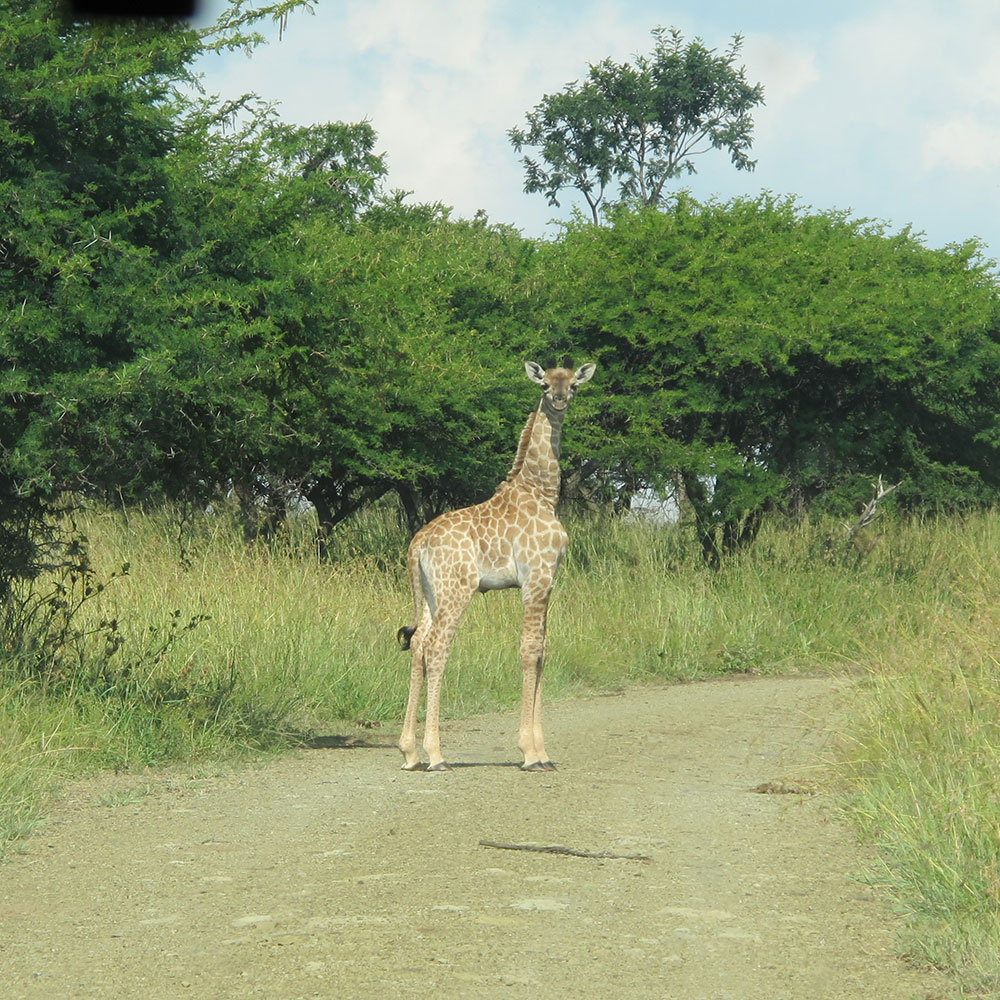
Ardmore artists on safari at the Weenen Game Reserve
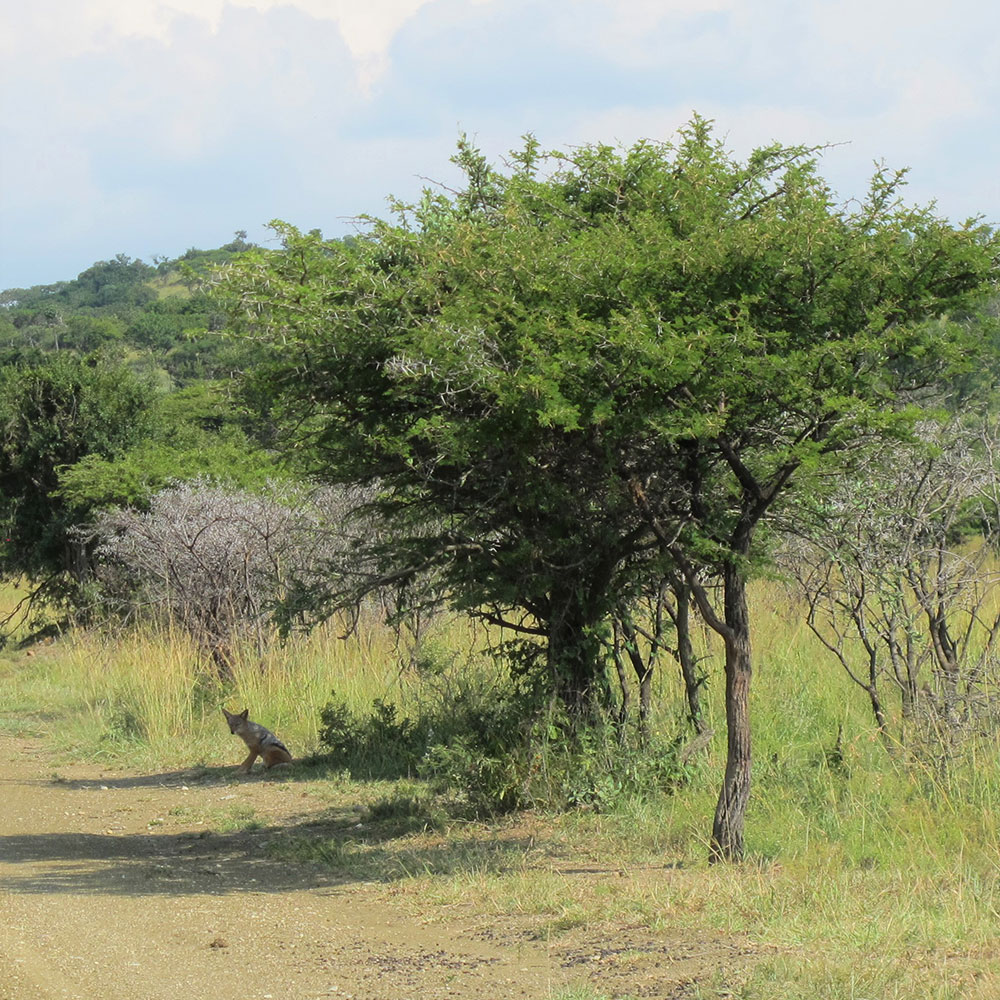
Ardmore artists on safari at the Weenen Game Reserve
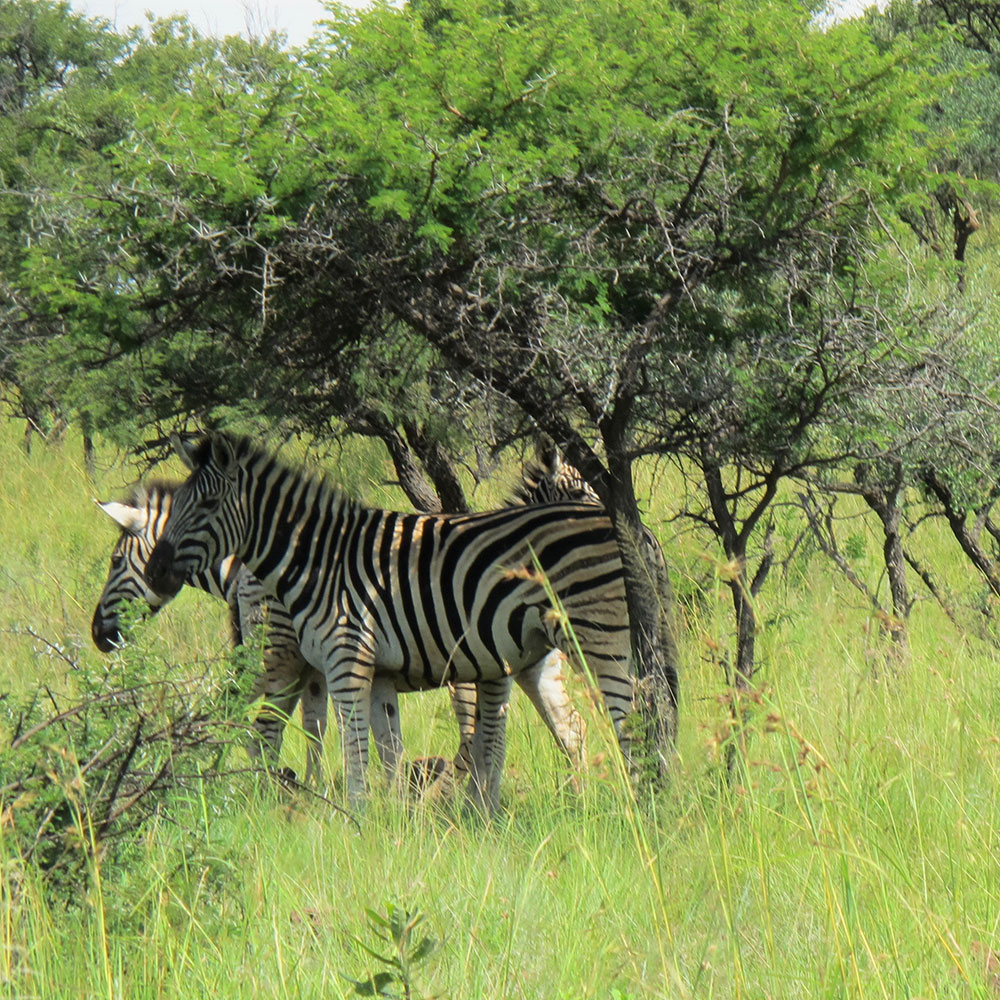
Ardmore artists on safari at the Weenen Game Reserve
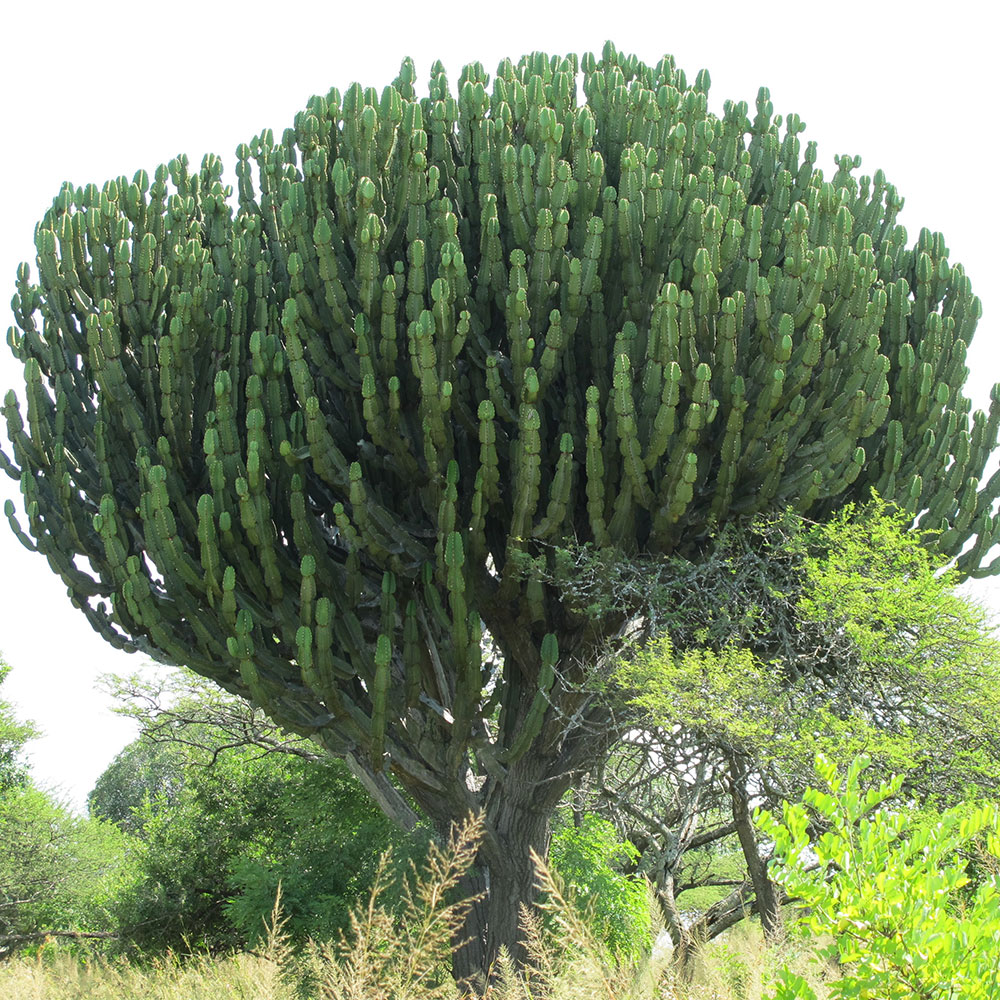
Ardmore artists on safari at the Weenen Game Reserve
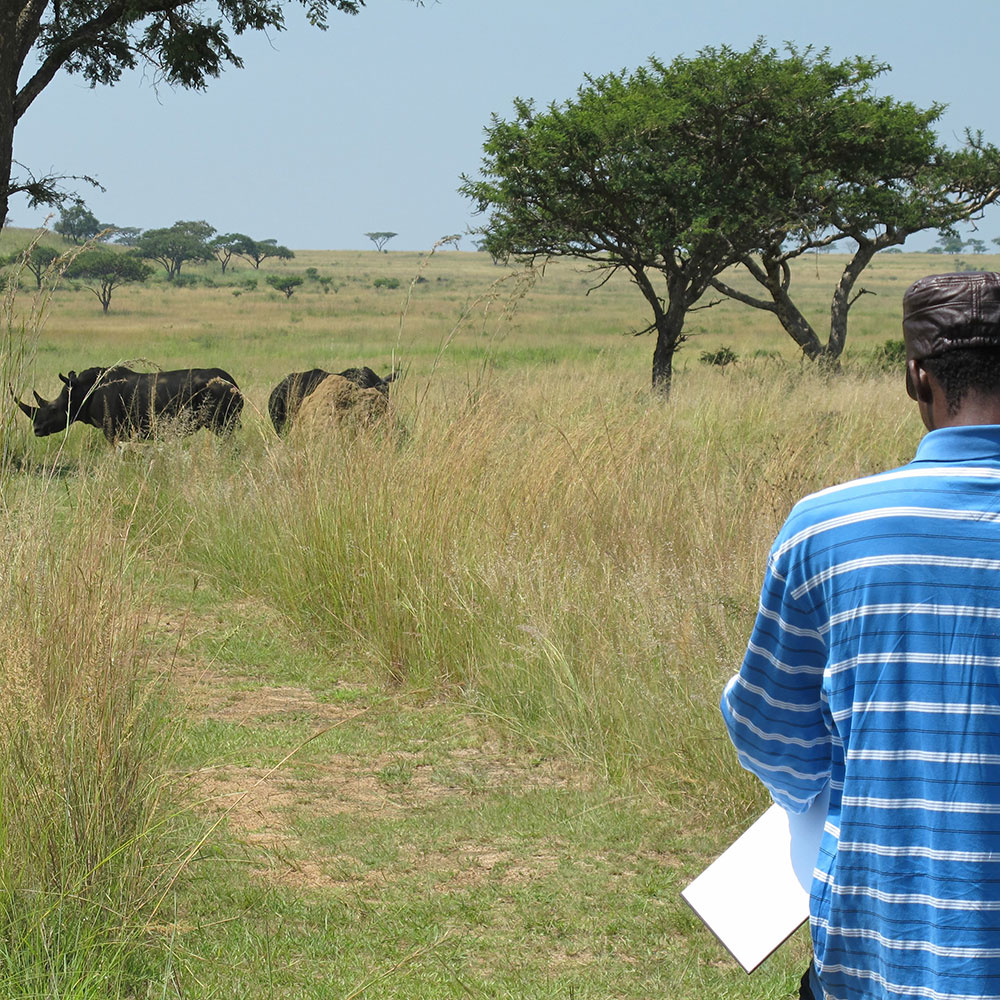
Ardmore artists on safari at the Weenen Game Reserve
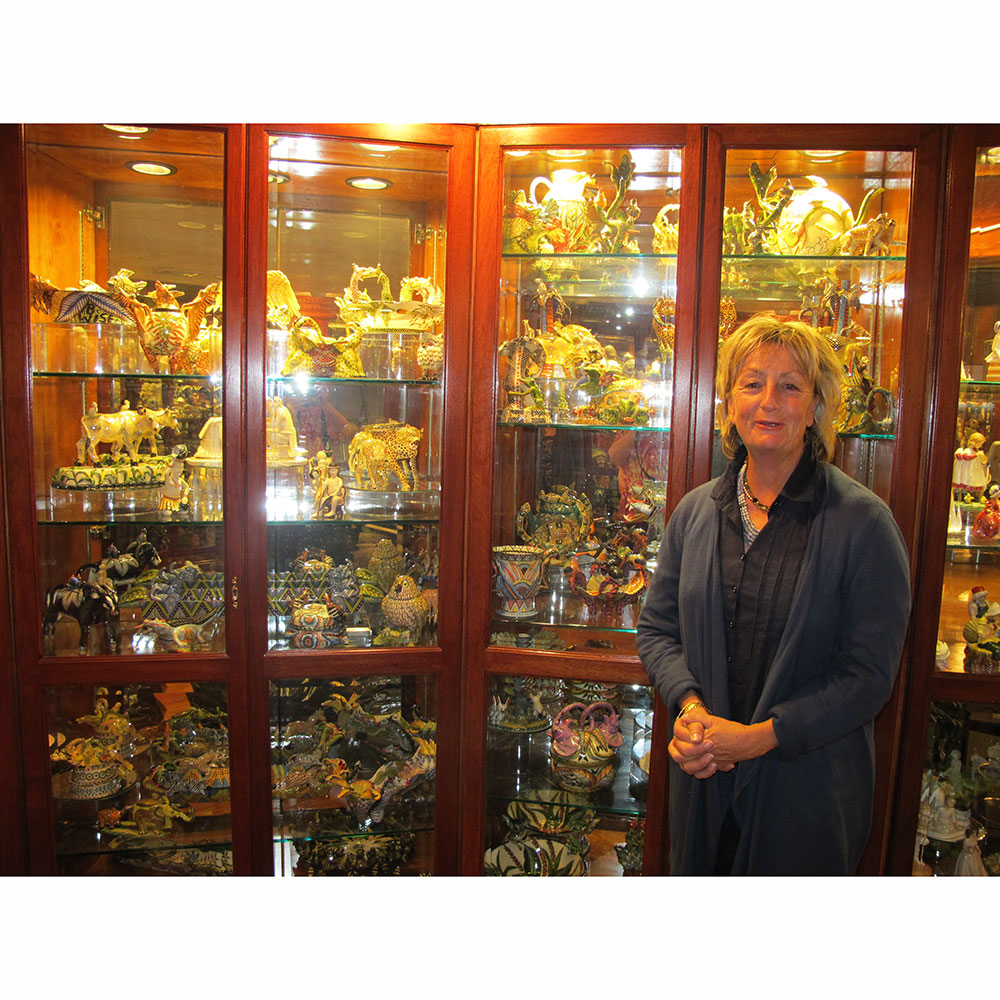
Fée with Arthur’s collection in Brooklyn
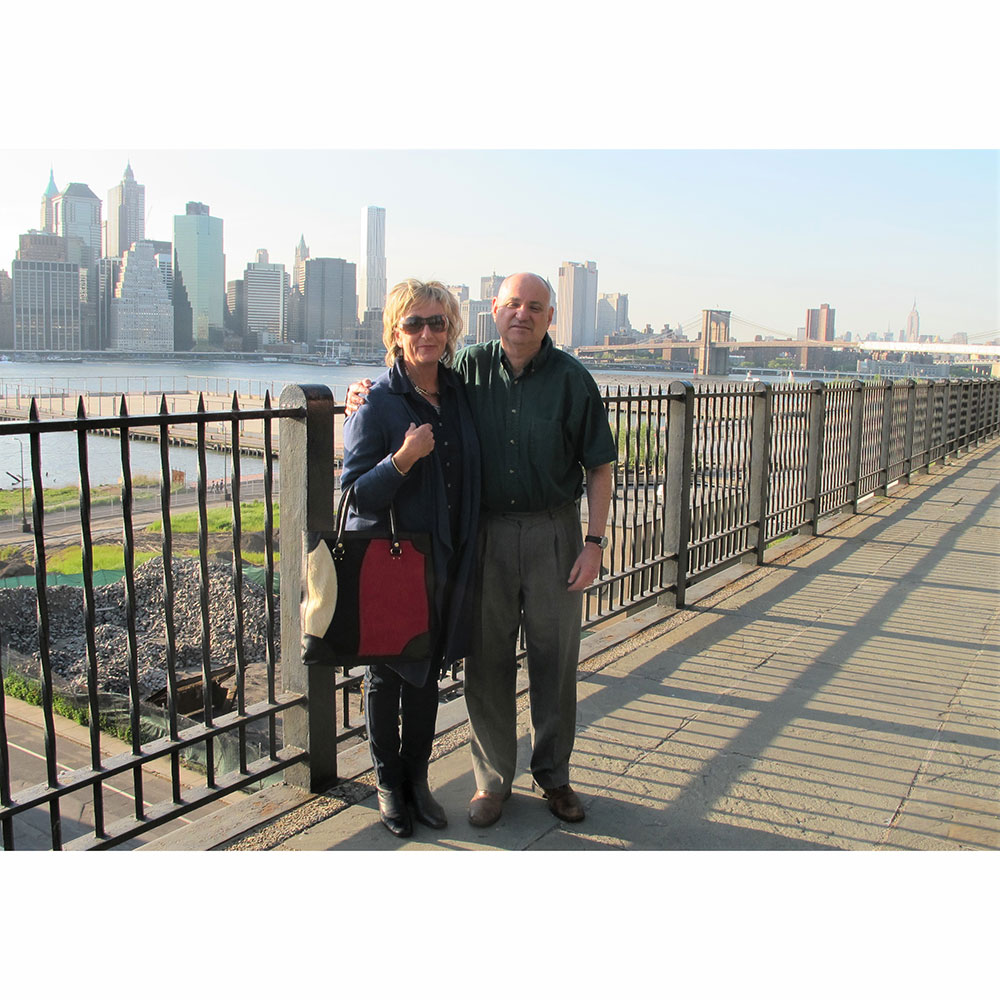
Fée & Arthur in Brooklyn 2011
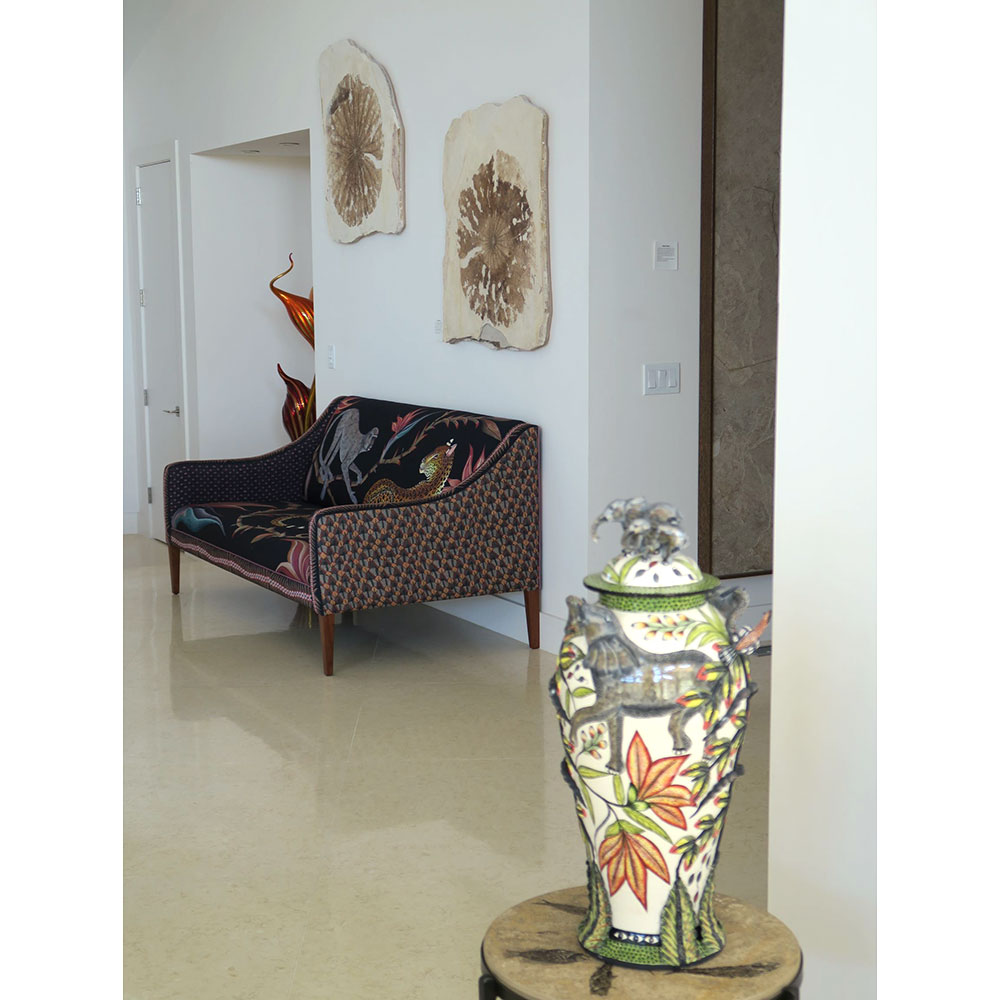
Ardmore exhibition in Arthur’s Hamptons home
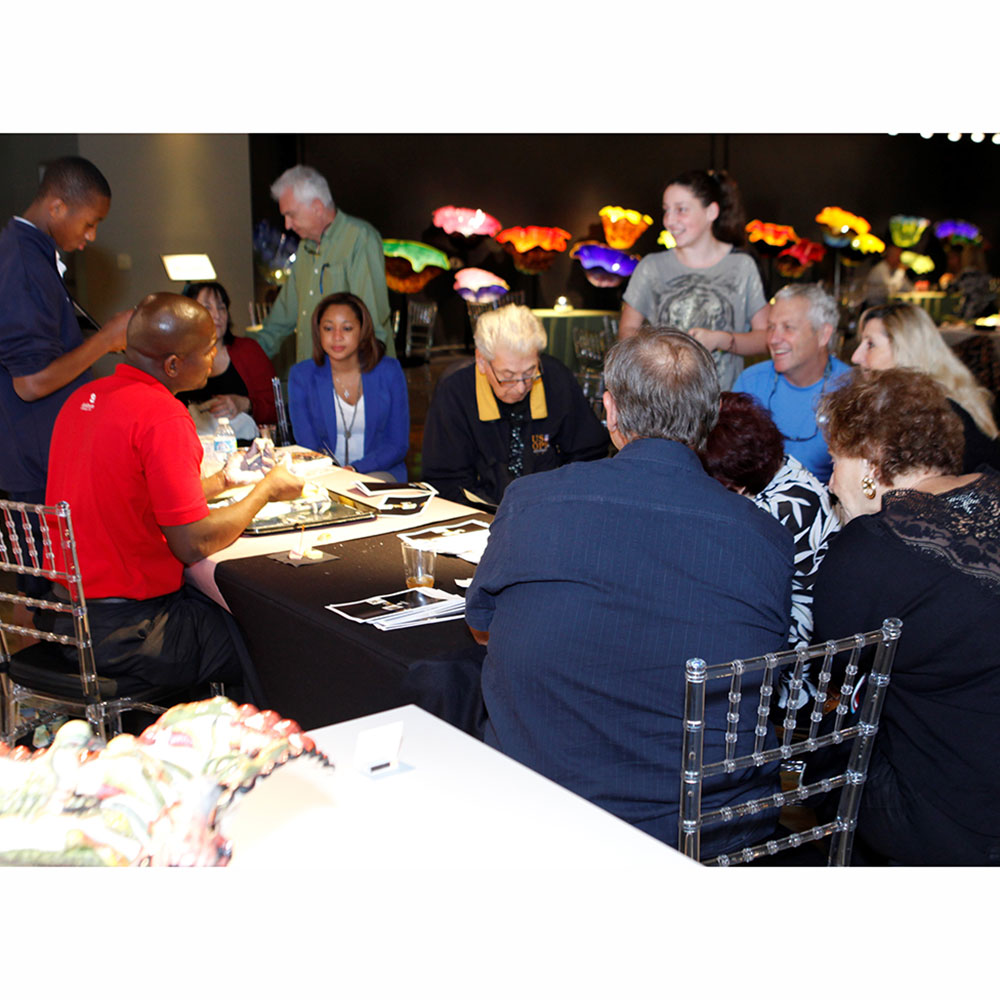
Christopher Ntshalintshali at WMODA 2014
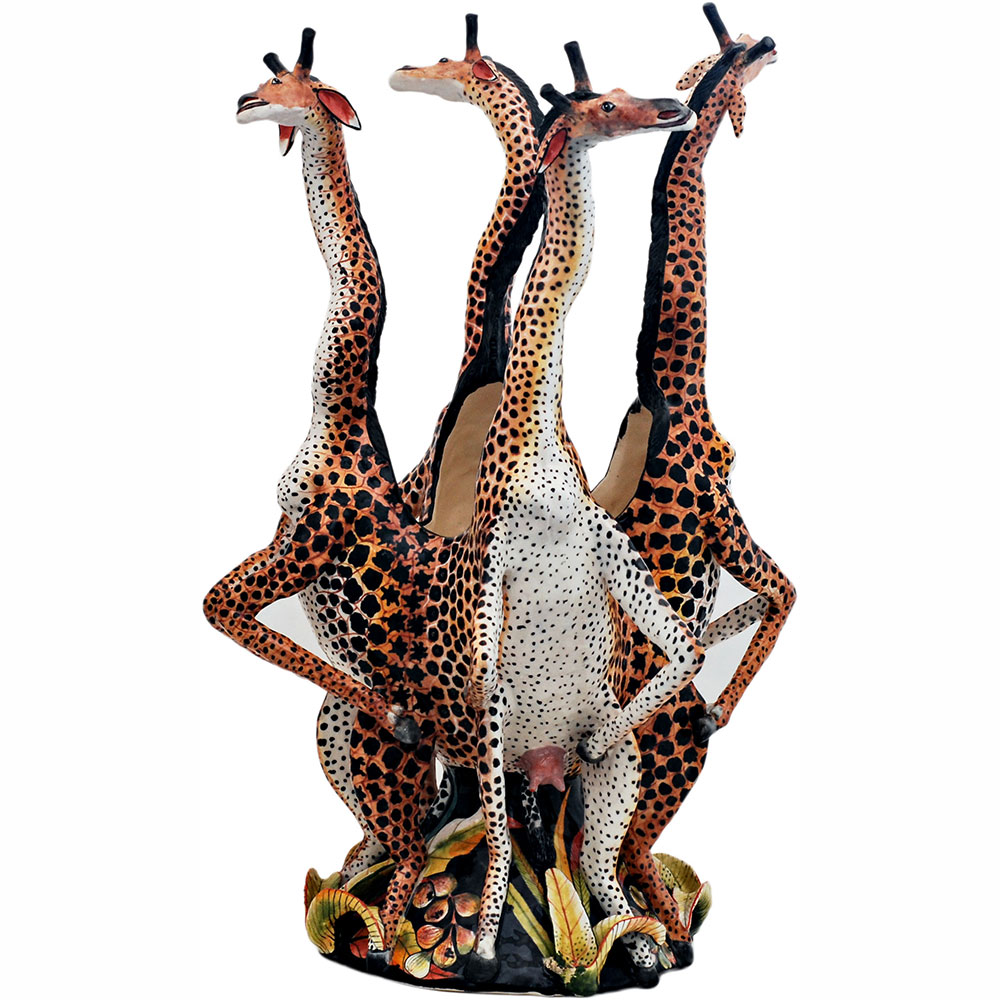
Ardmore Giraffe Planter
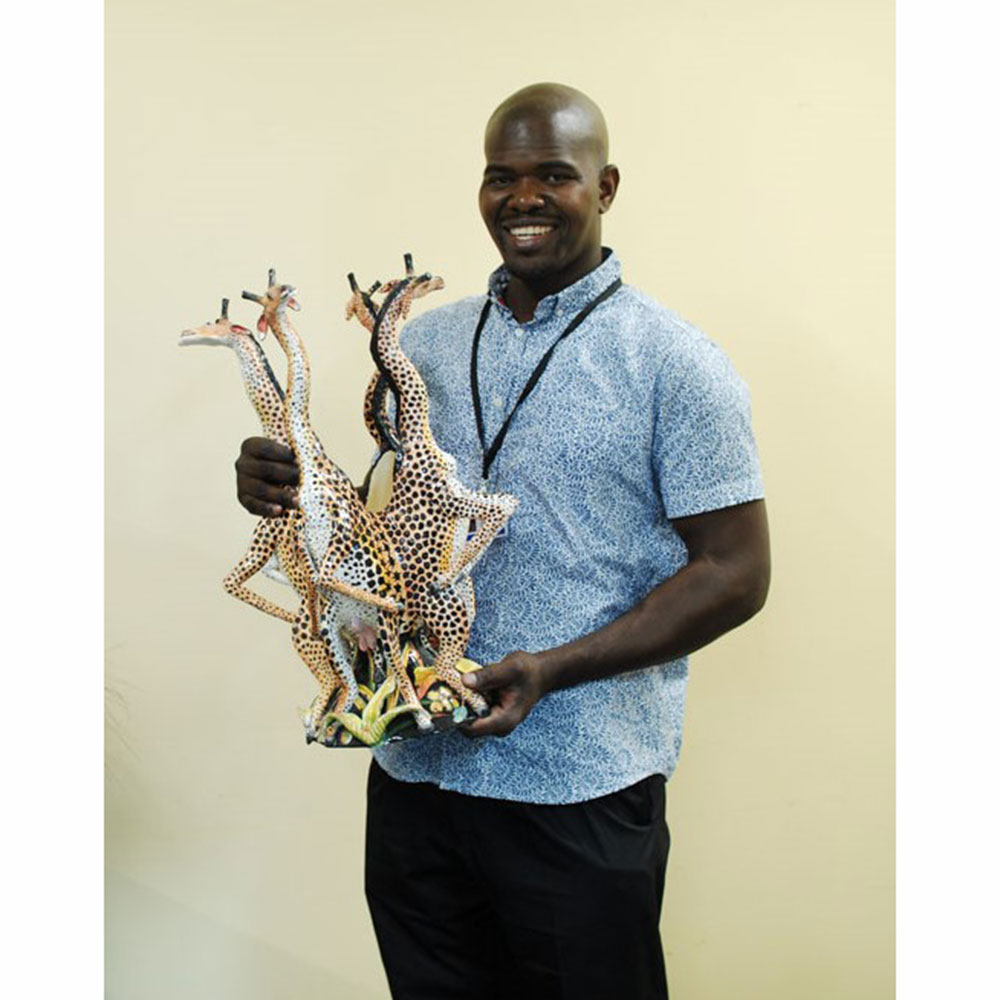
Christopher with Giraffe Planter
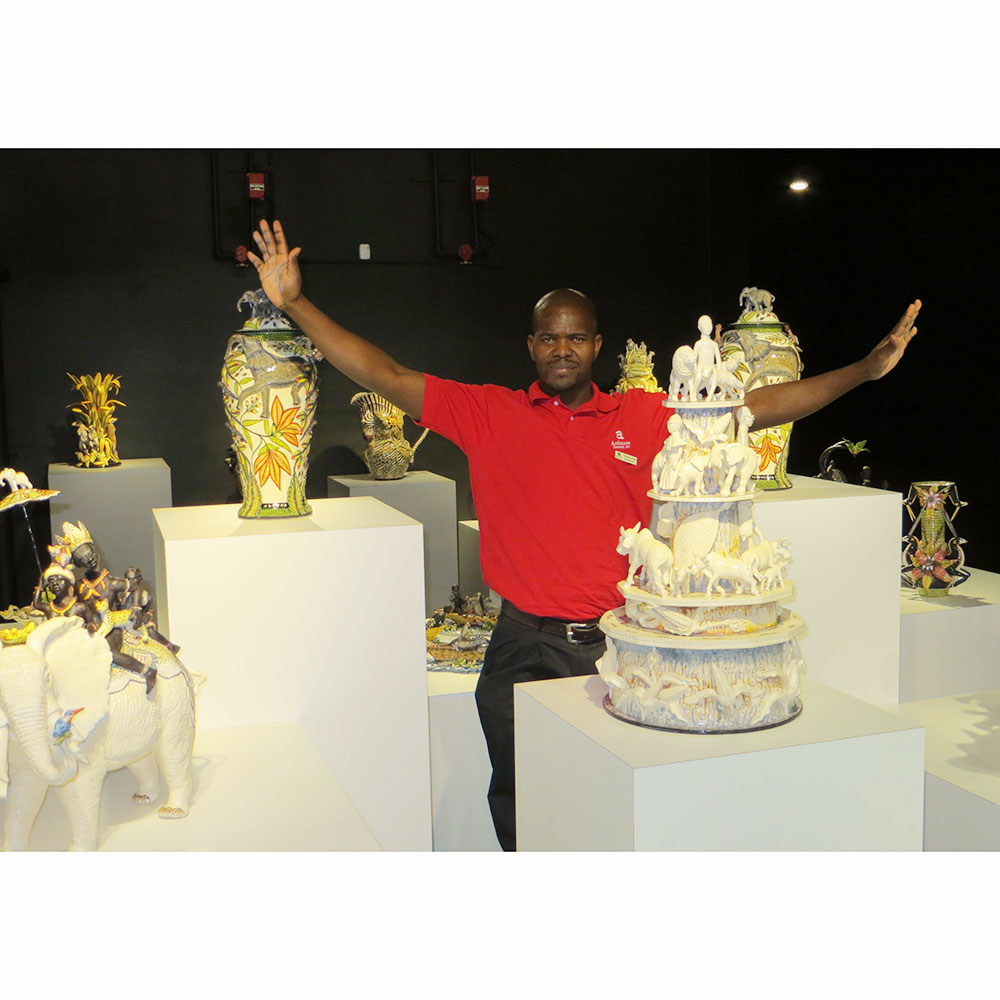
Christopher Ntshalintshali at WMODA 2014
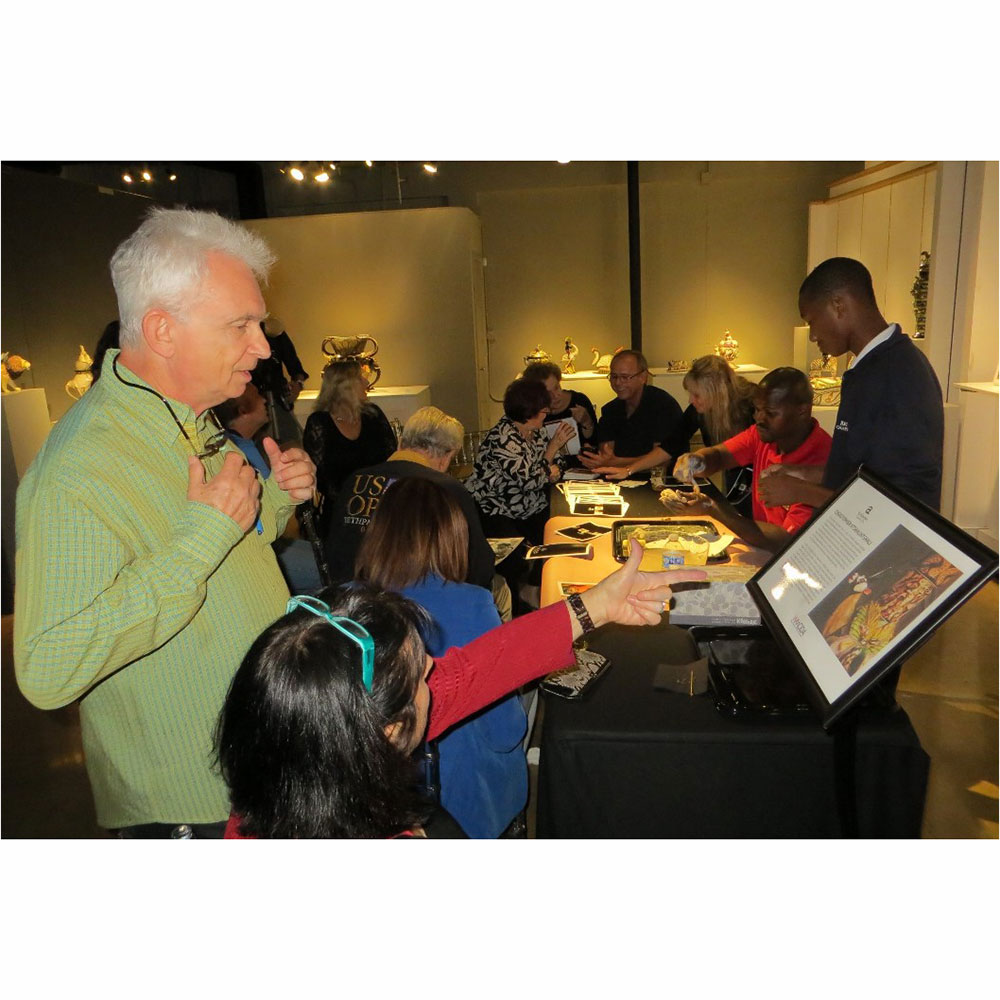
Christopher Ntshalintshali, Ardmore Demo at WMODA 2014
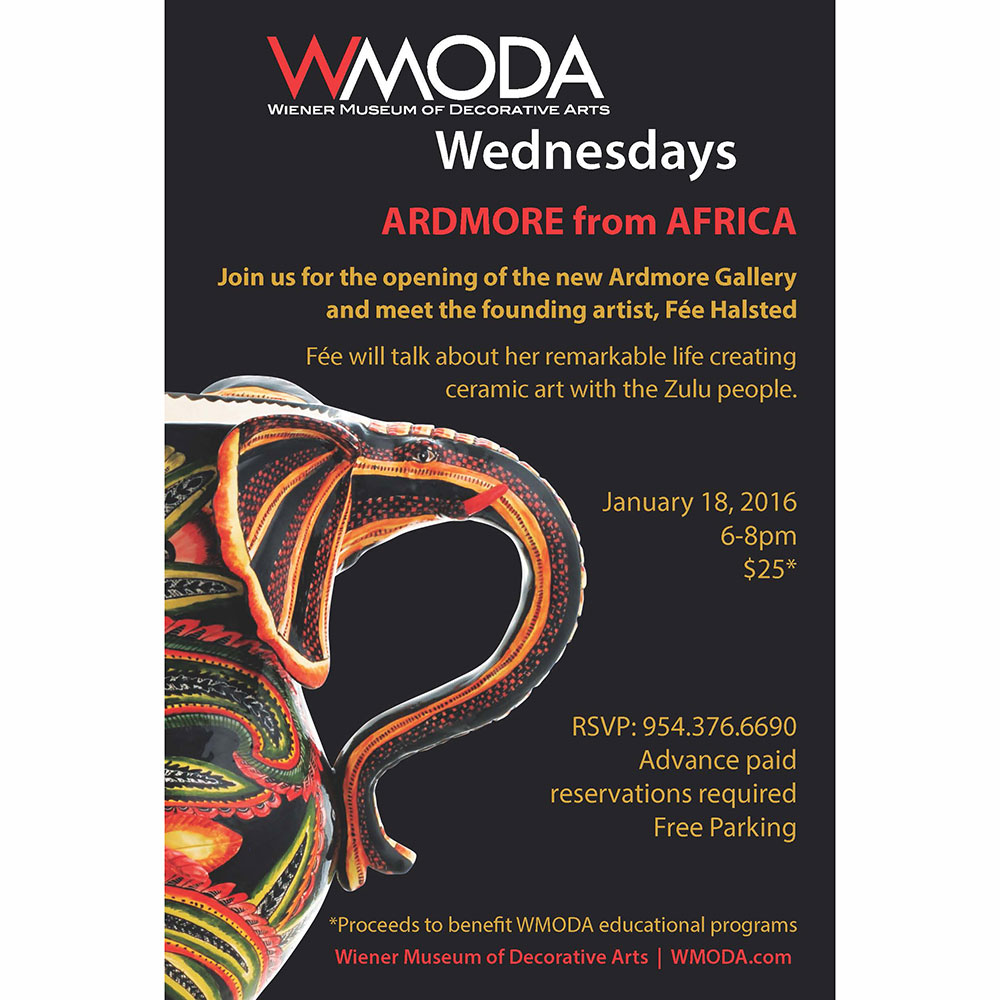
Postcard for 2016 Ardmore Gallery Opening
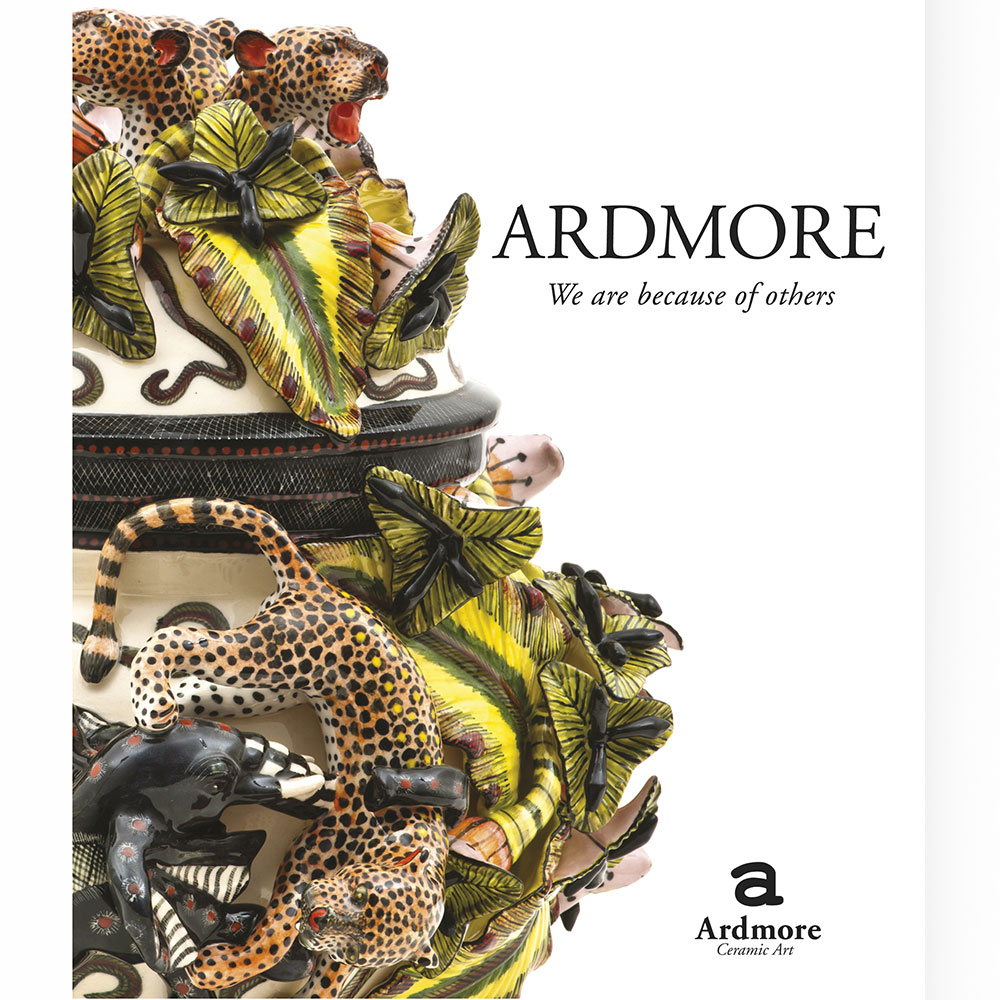
Ardmore Book
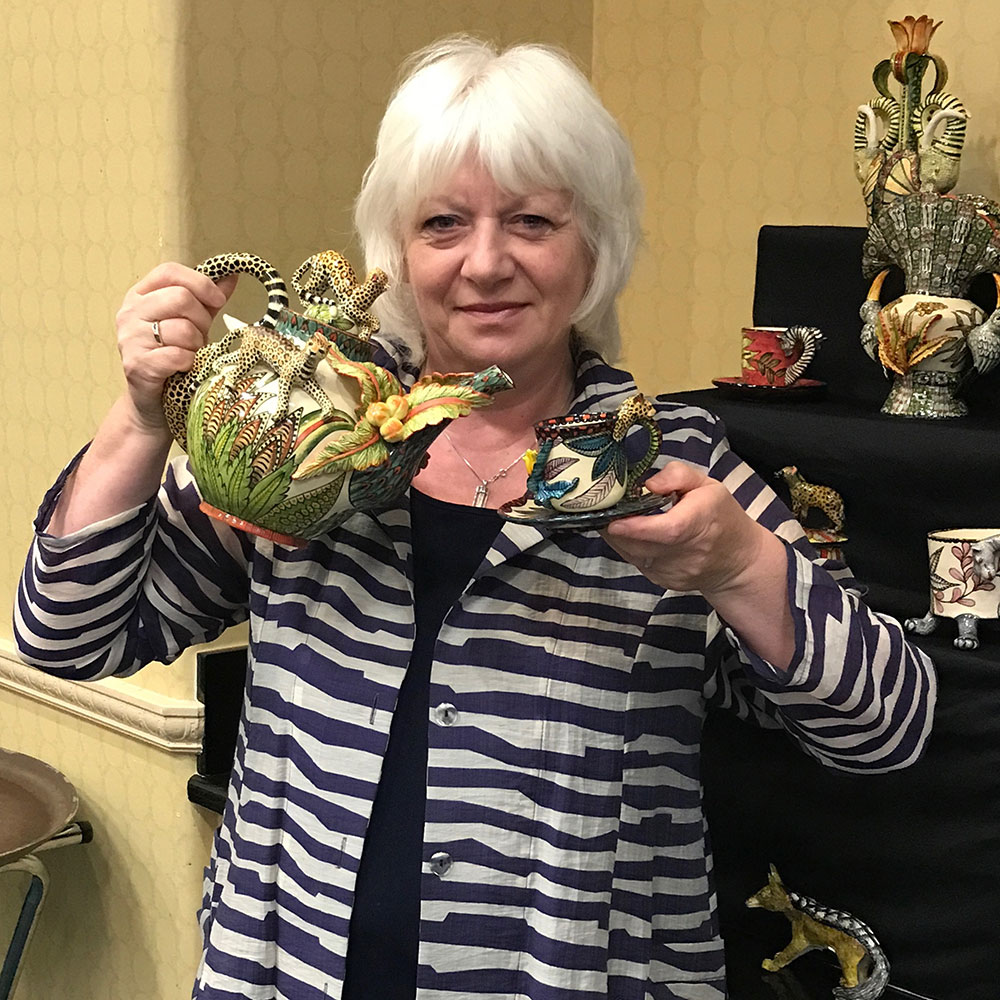
Louise at 2017 Pascoe event in California
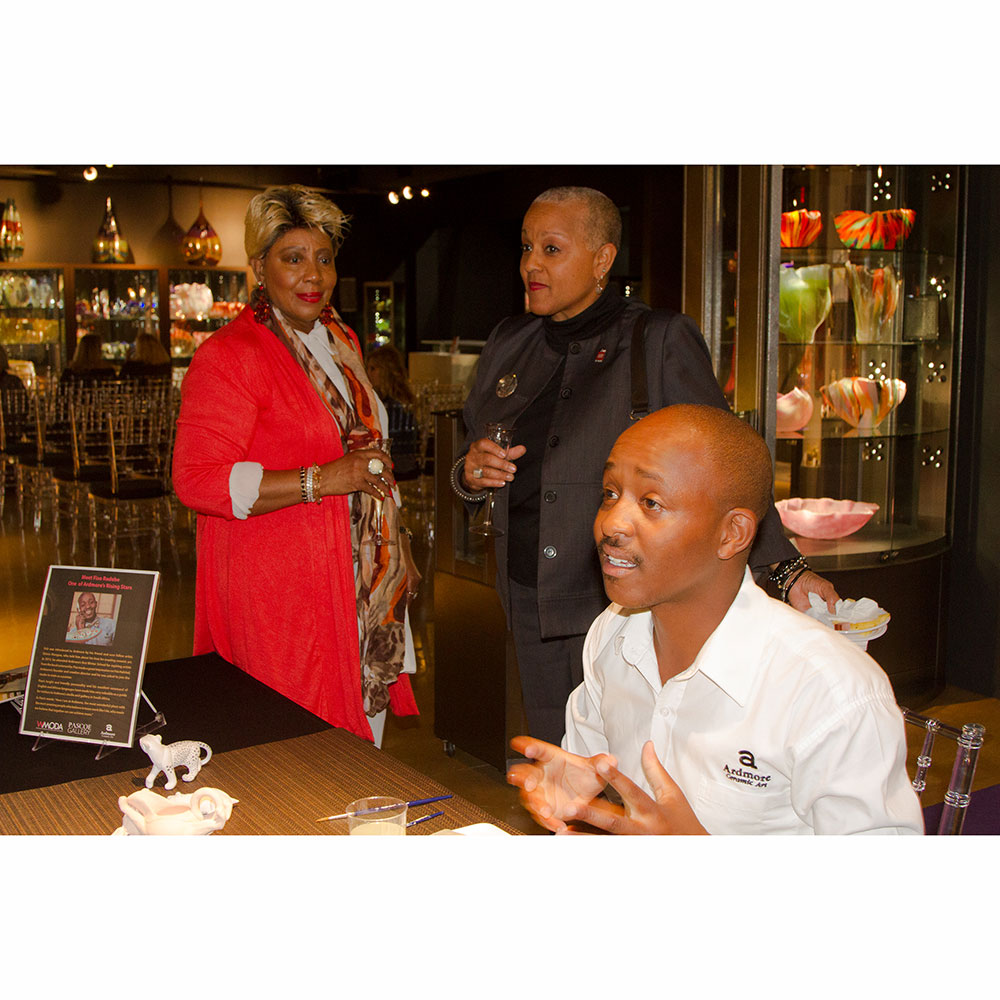
2017 Ardmore Event with Fiso Radebe
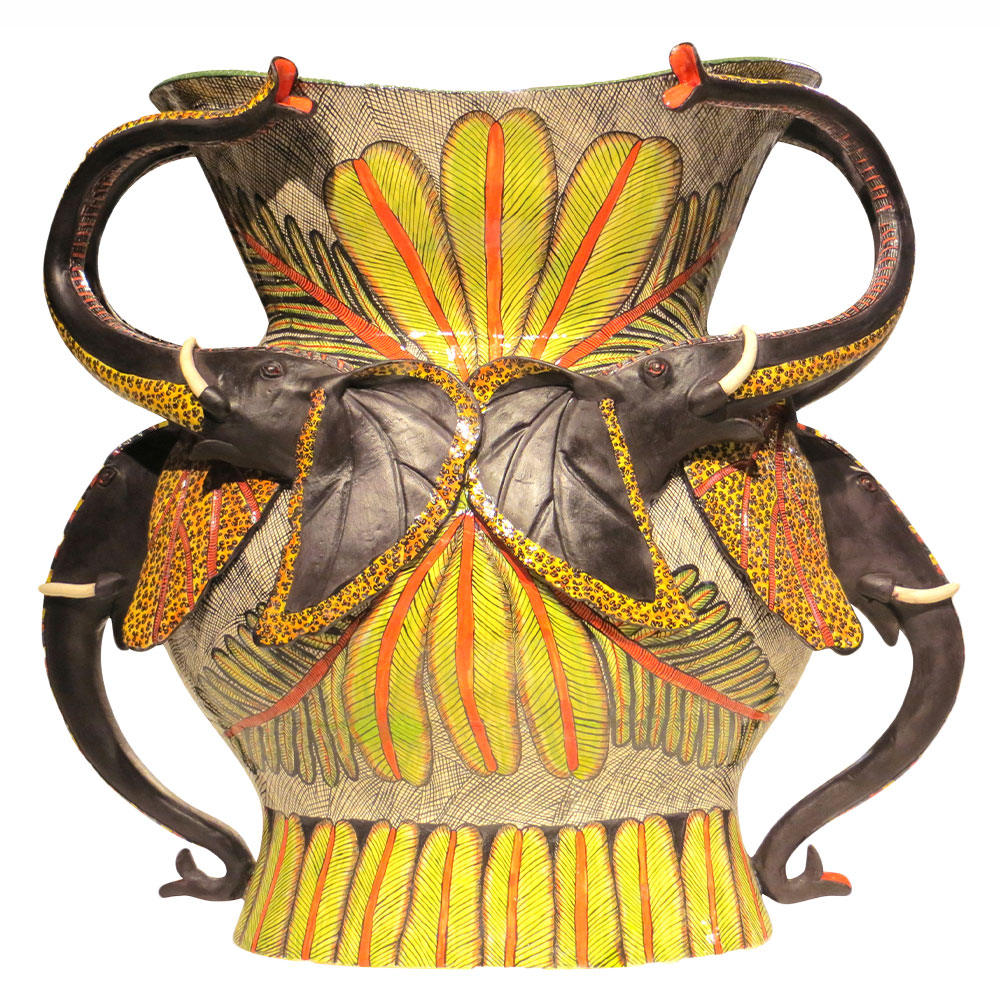
Ardmore Elephant Vase
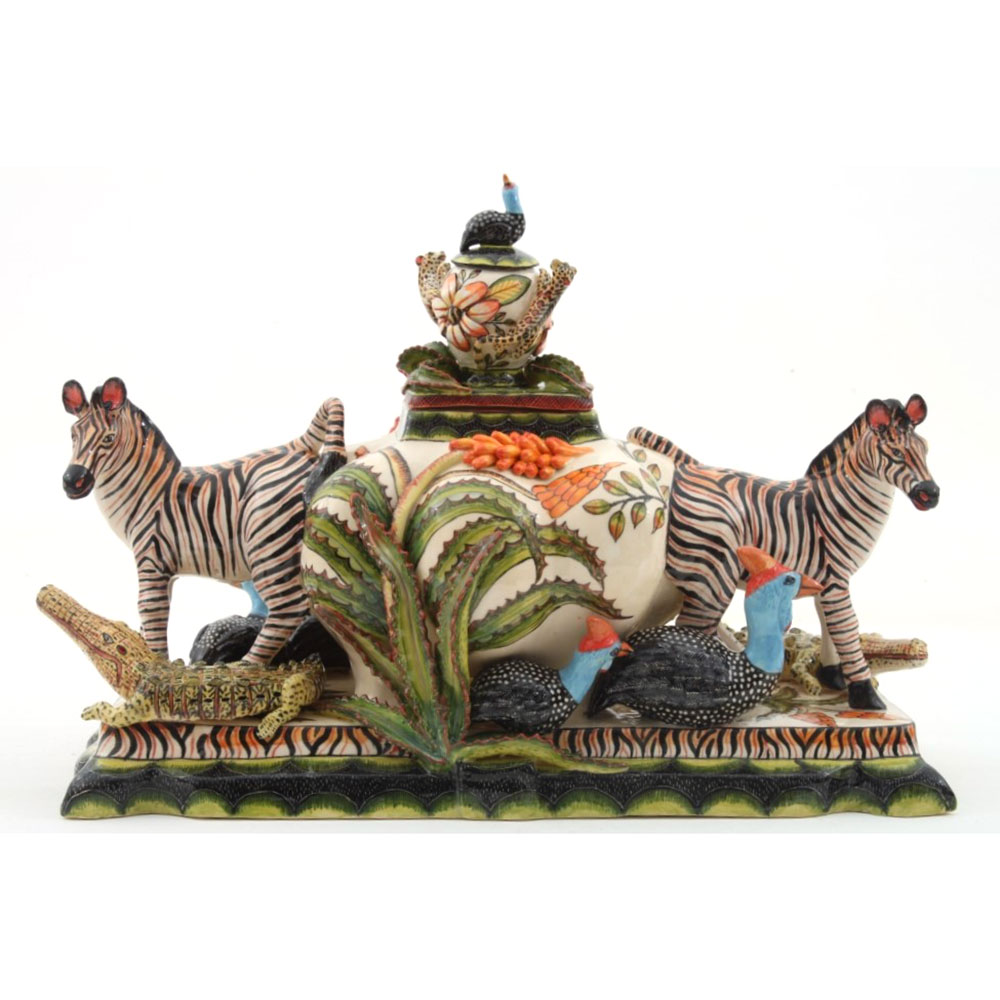
Ardmore Zebra Tureen
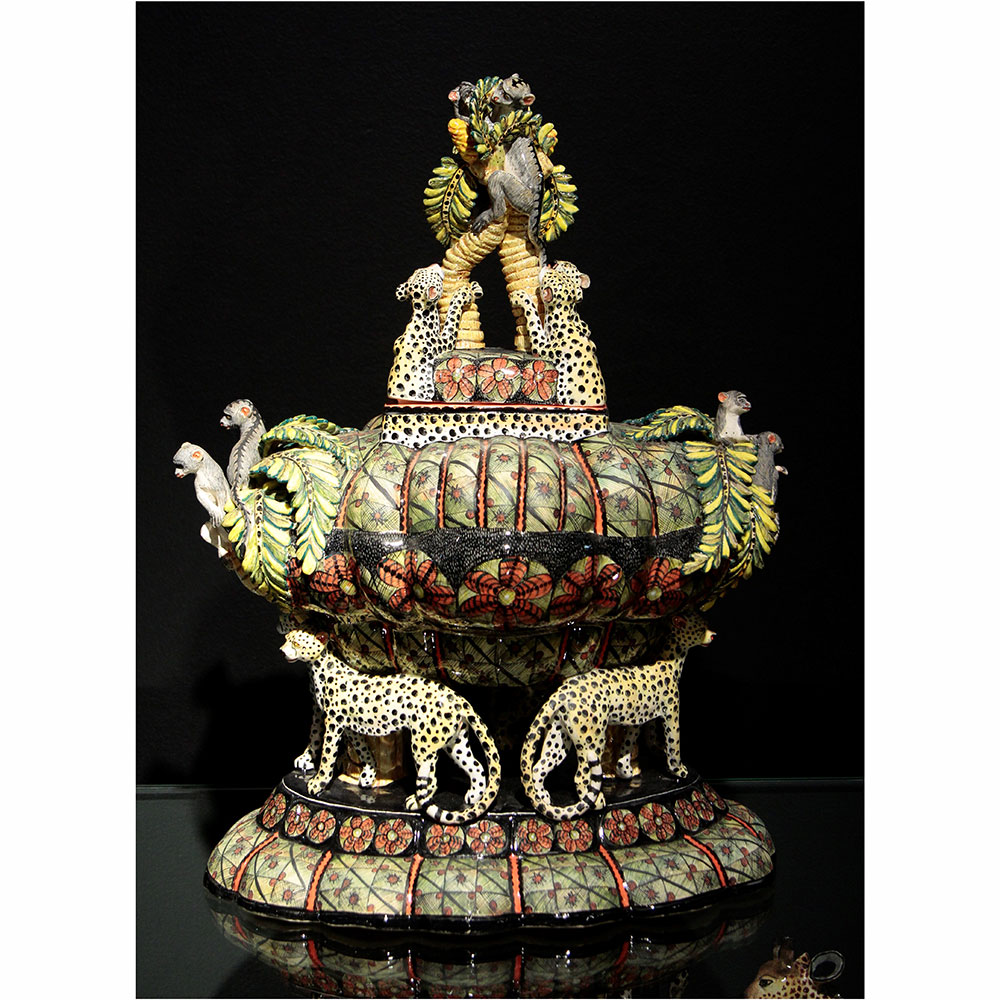
Ardmore Leopard Tureen
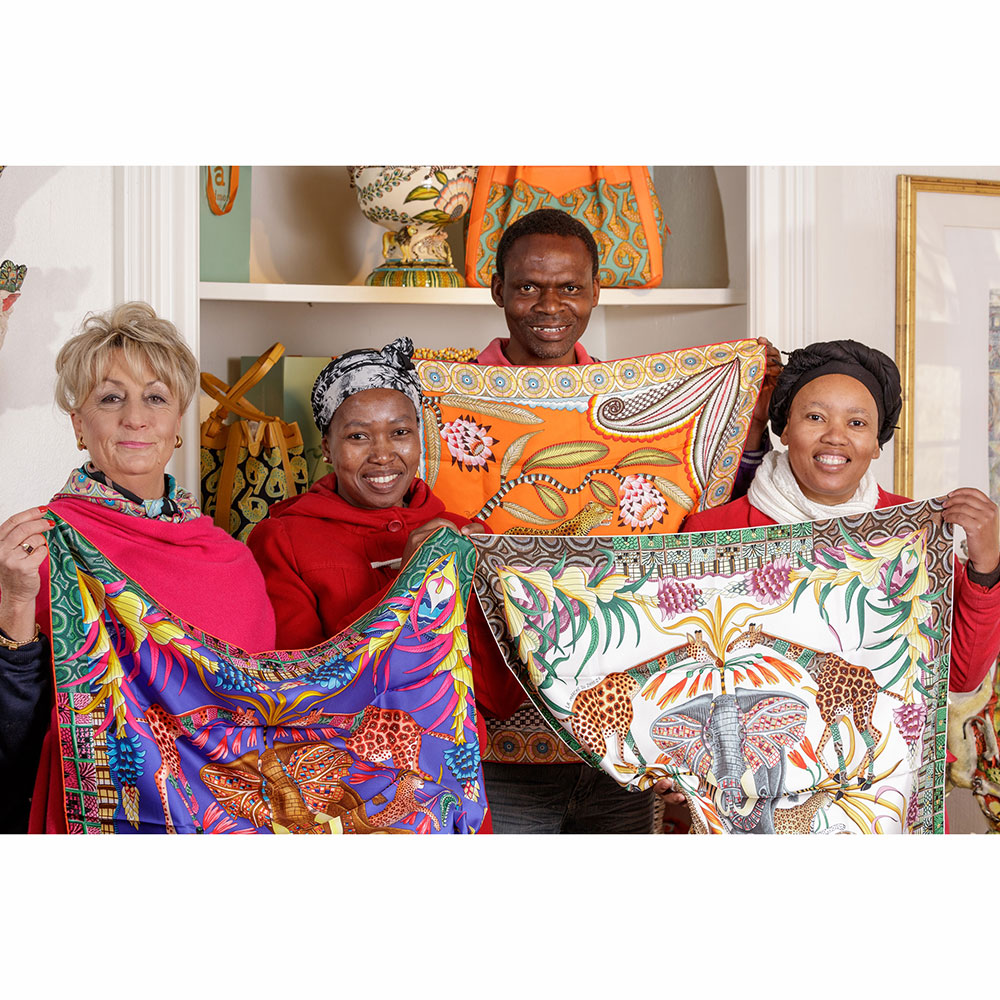
Fée and Ardmore artists with Hermes scarves
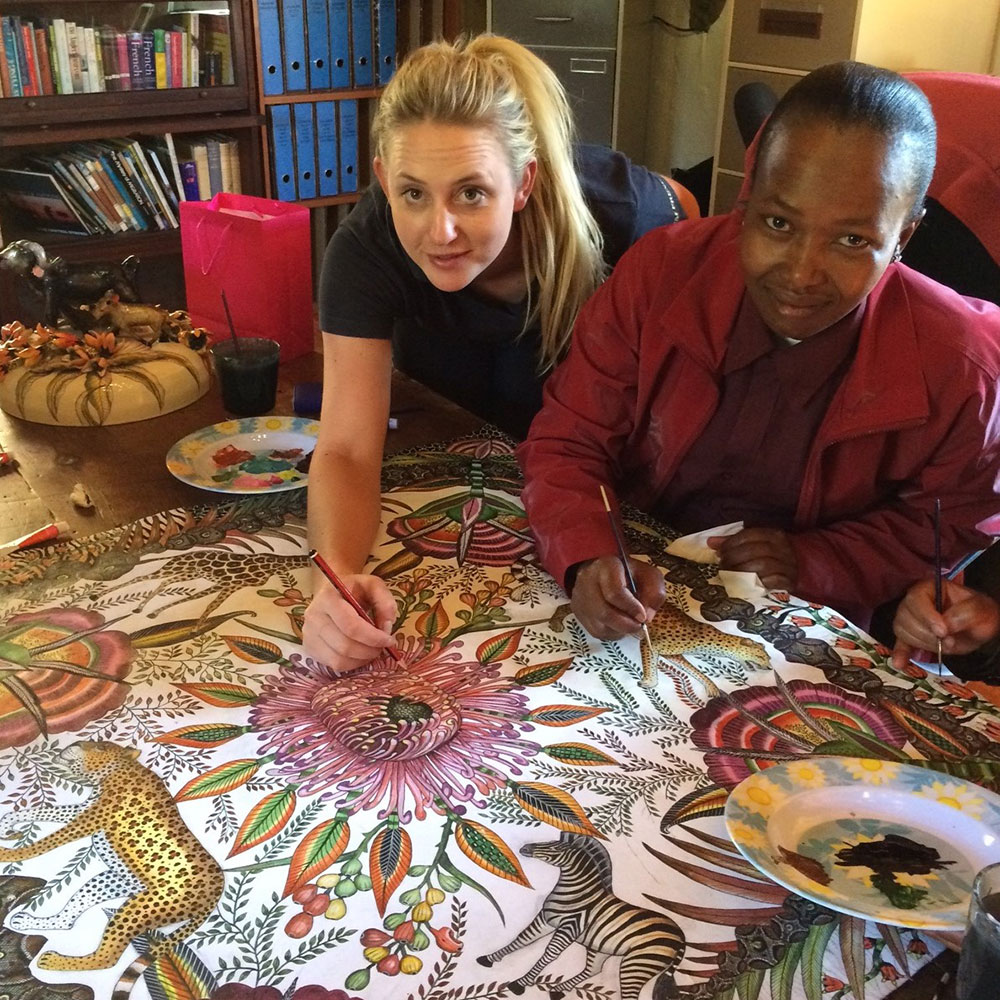
Catherine & Jabu with a Hermes design
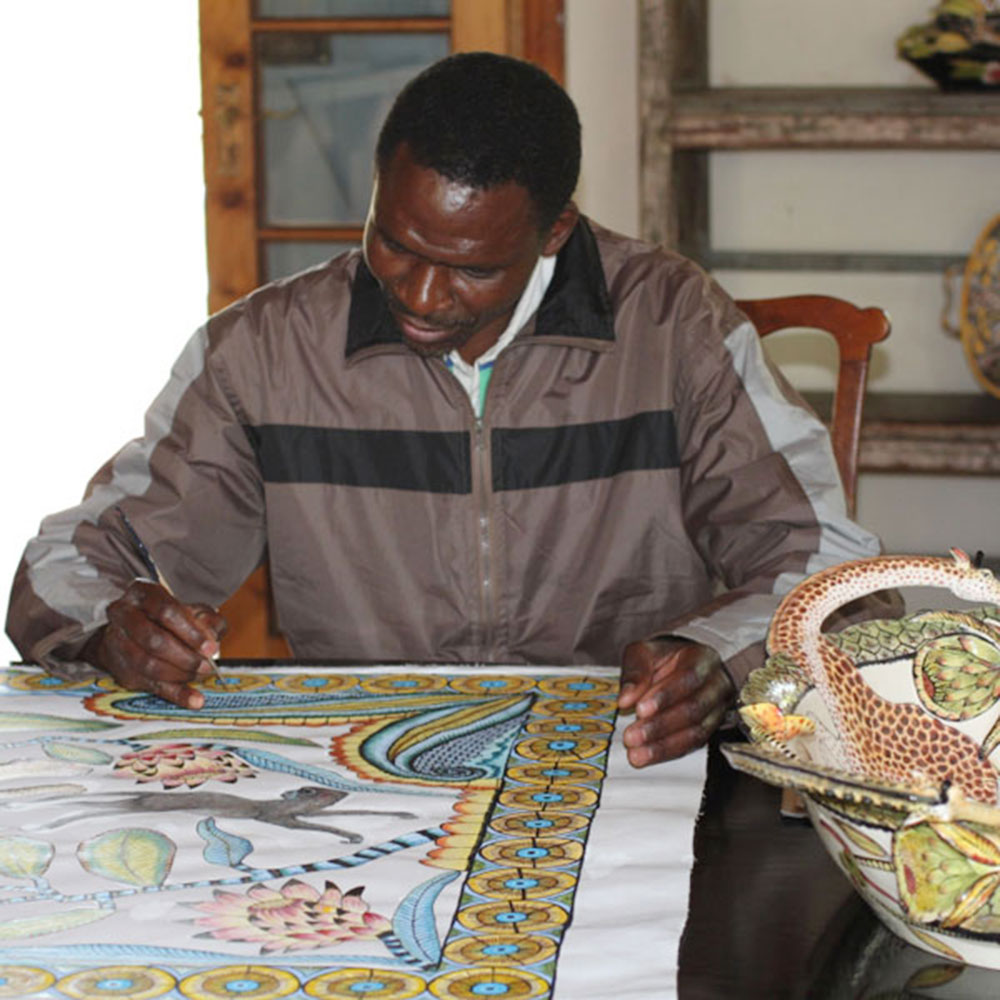
Sydney Nyabeze with Hermes design
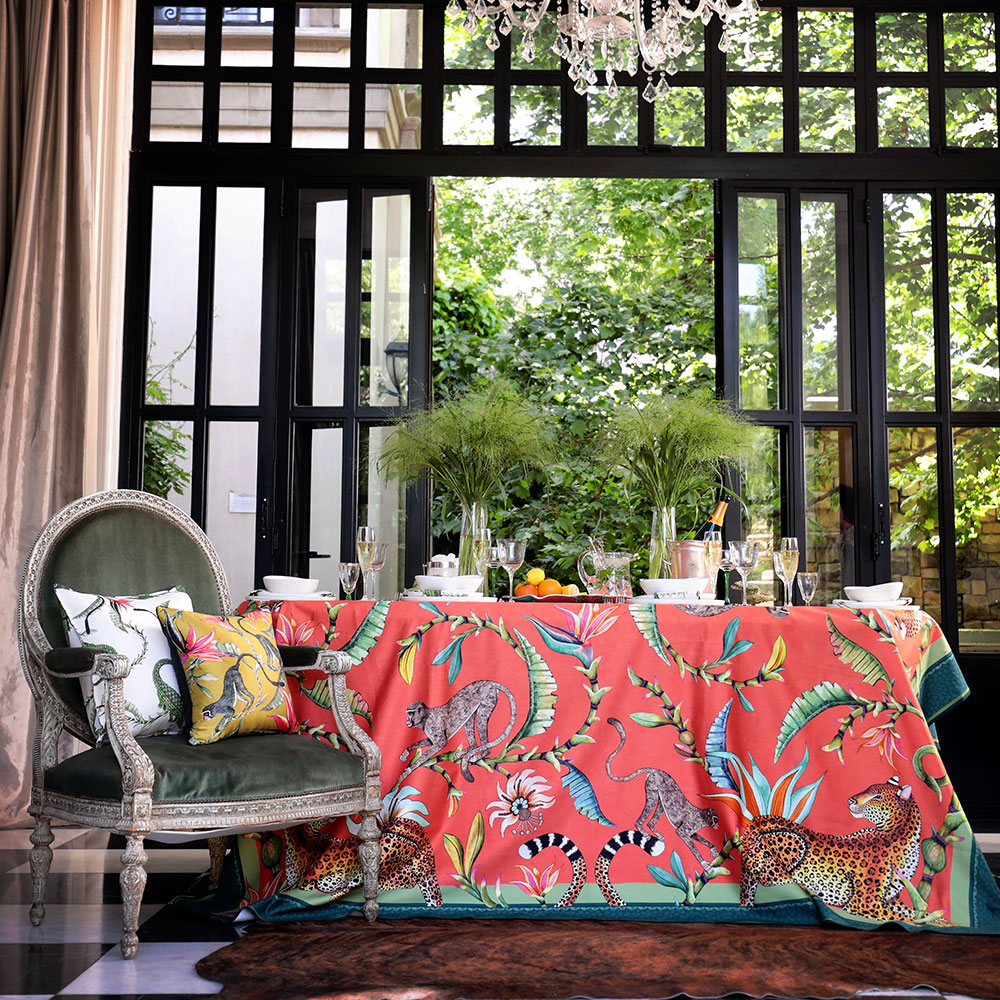
Ardmore Design Zambezi tablecloth
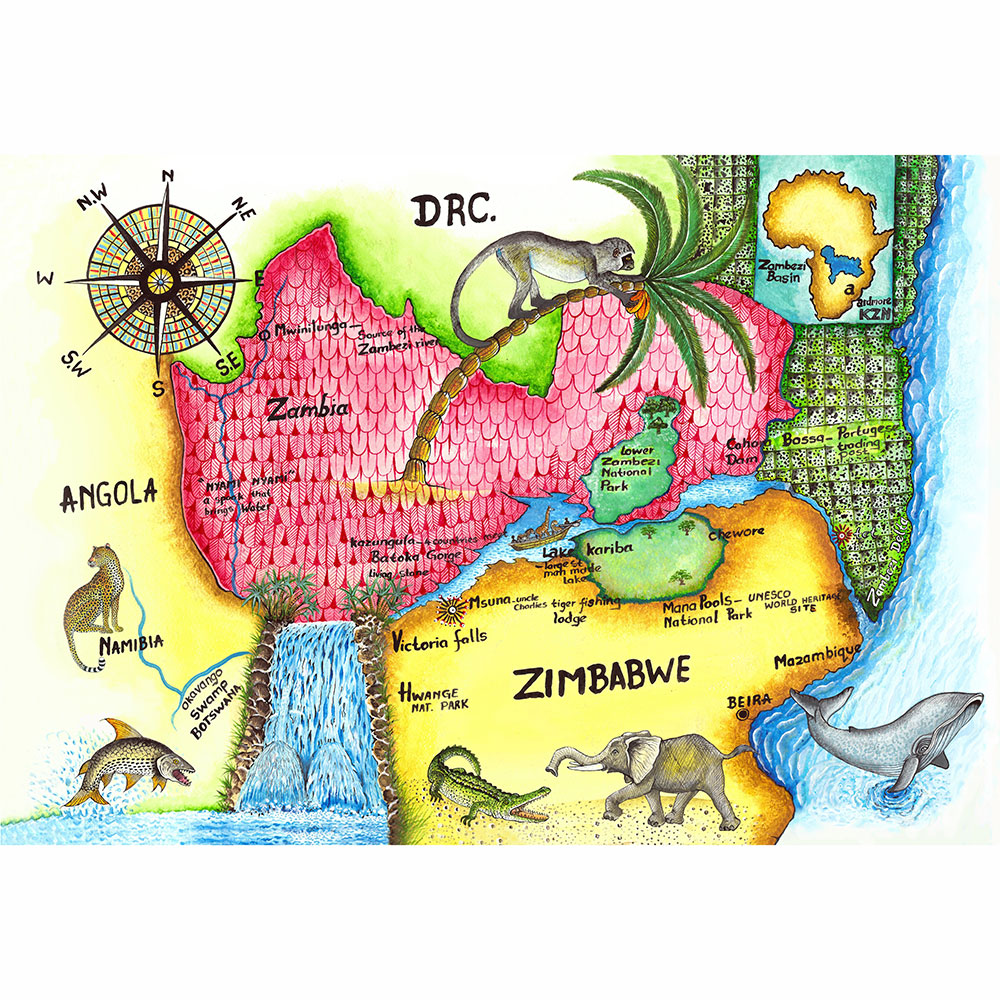
Ardmore Design Zambezi journal
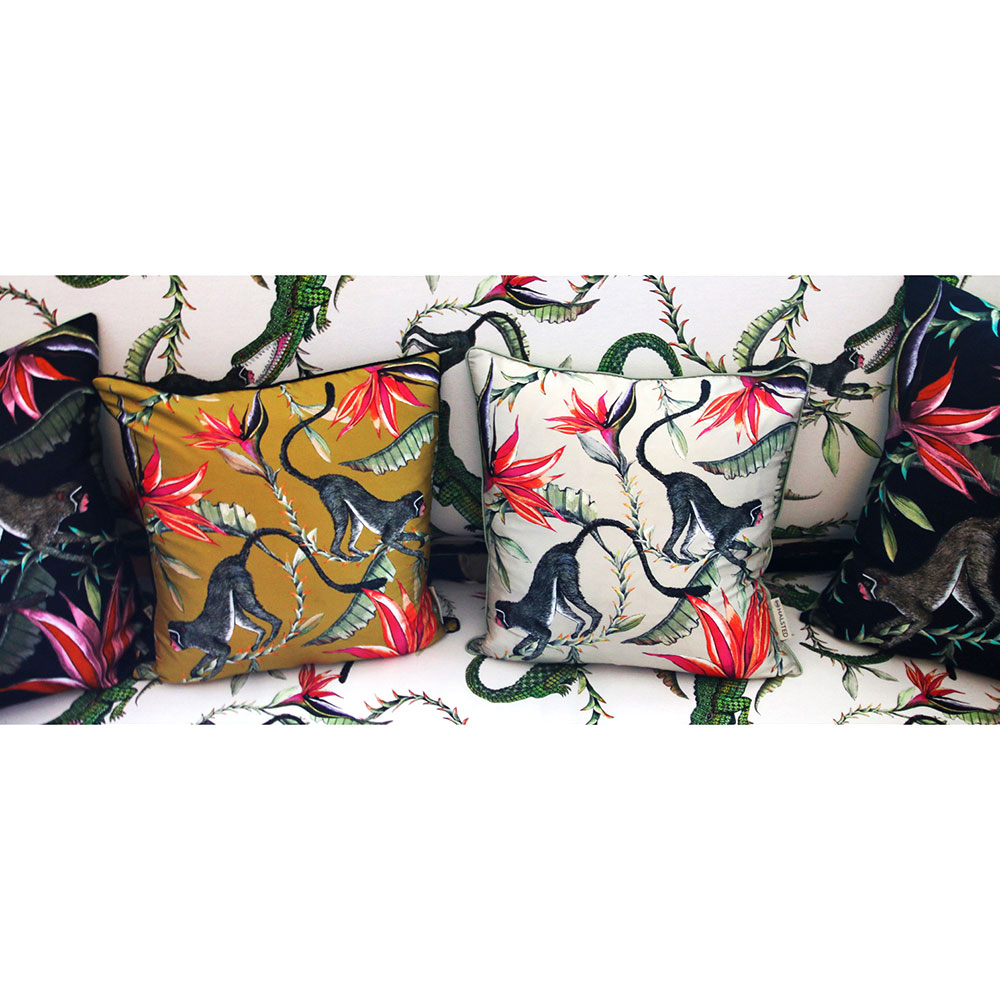
Ardmore Design Zambezi cushions
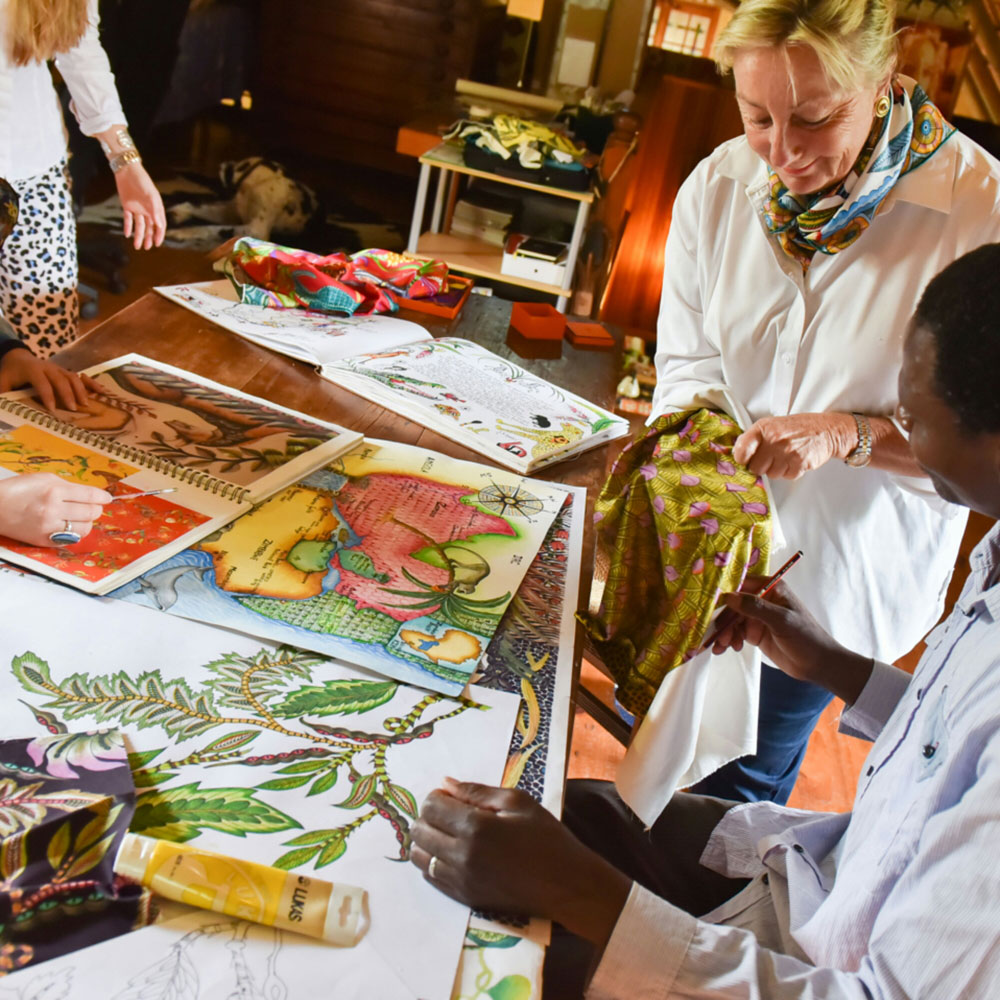
Fée with Zambezi design
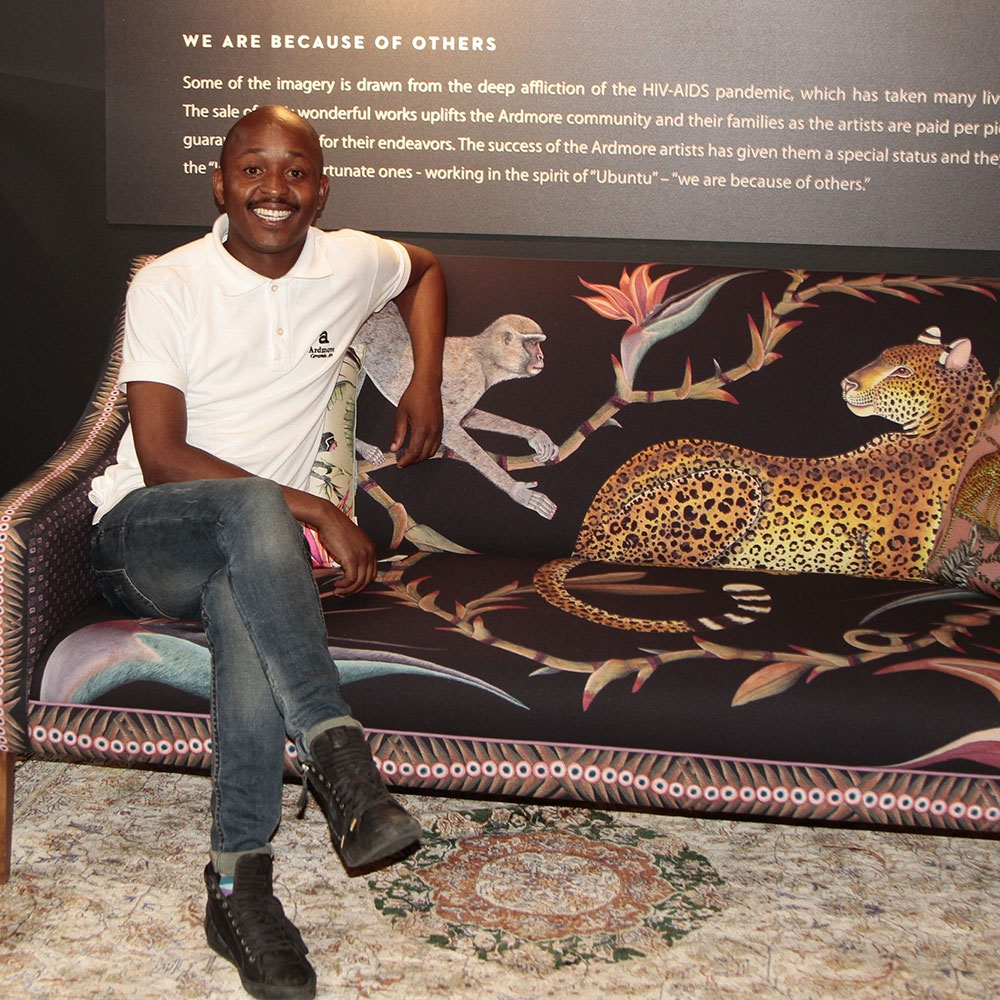
Fiso on Ardmore Zambezi sofa
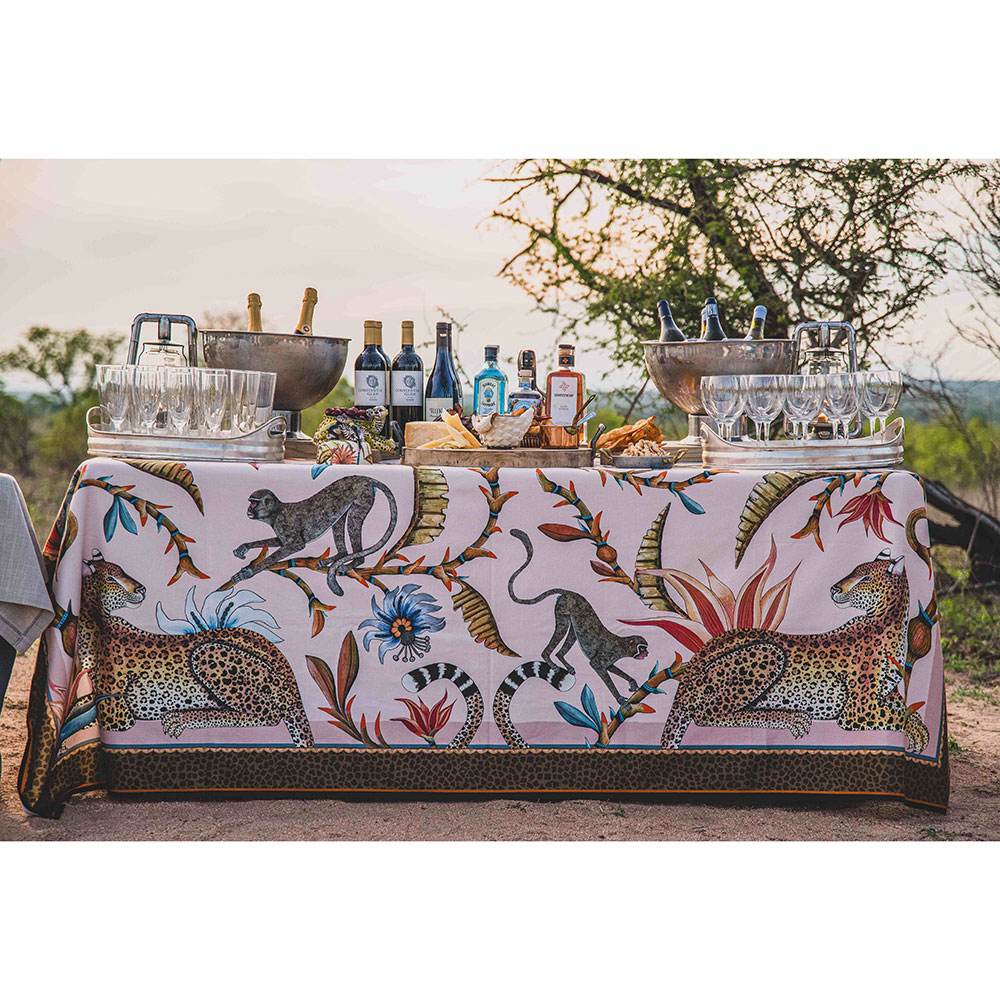
Ardmore Design tablecloth
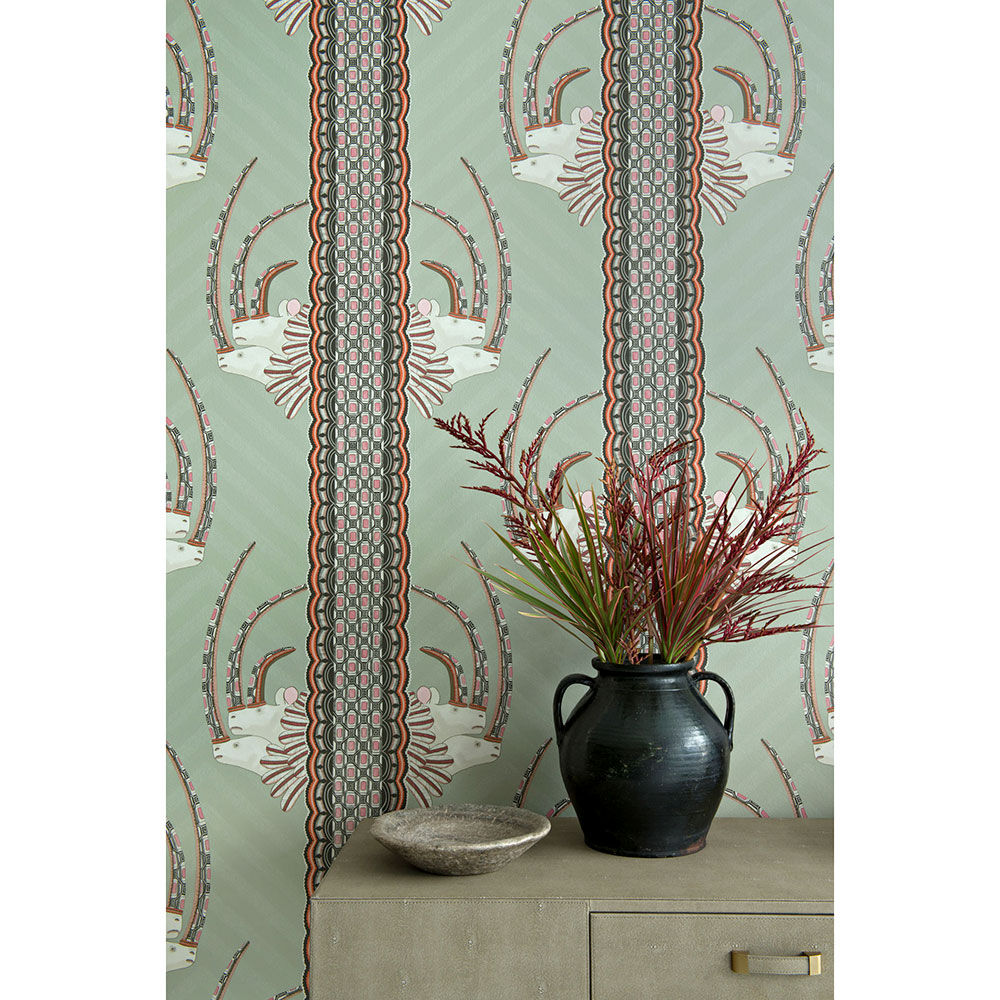
Ardmore wallpaper inspired by Jabu’s designs
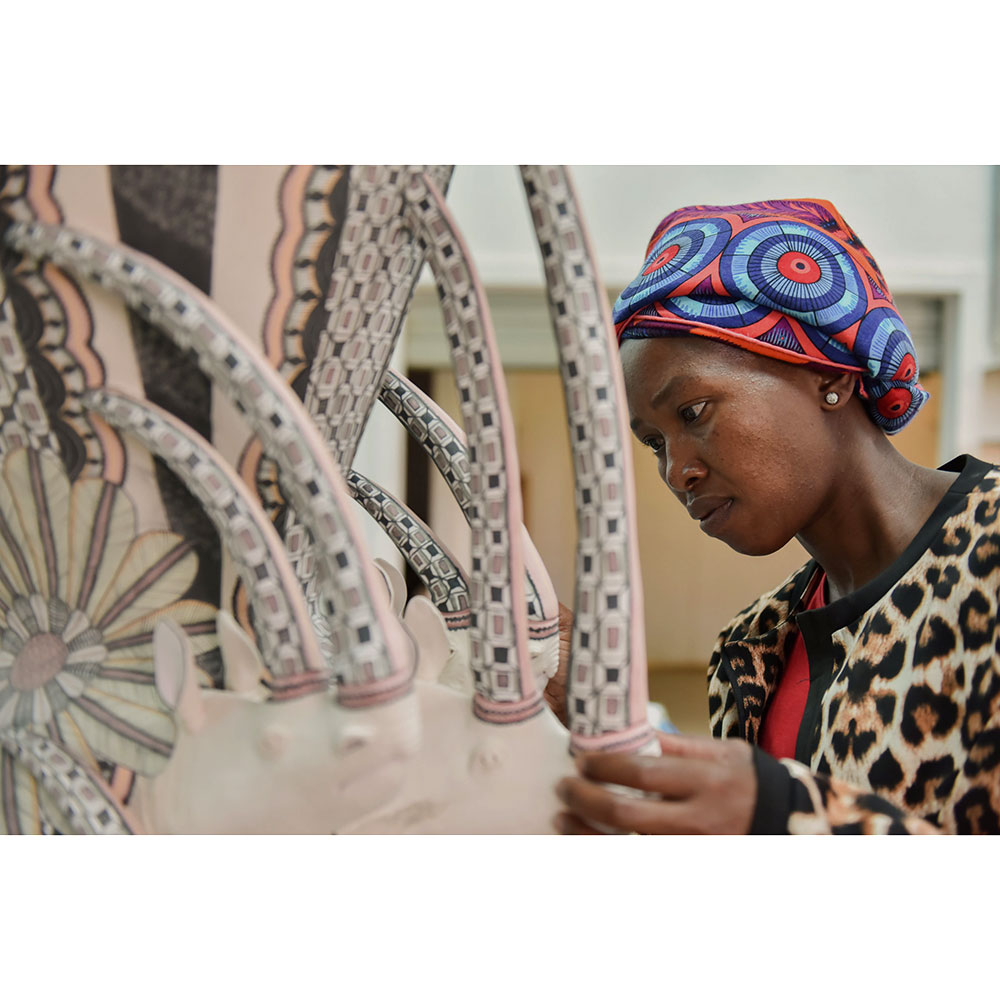
Jabu Nene
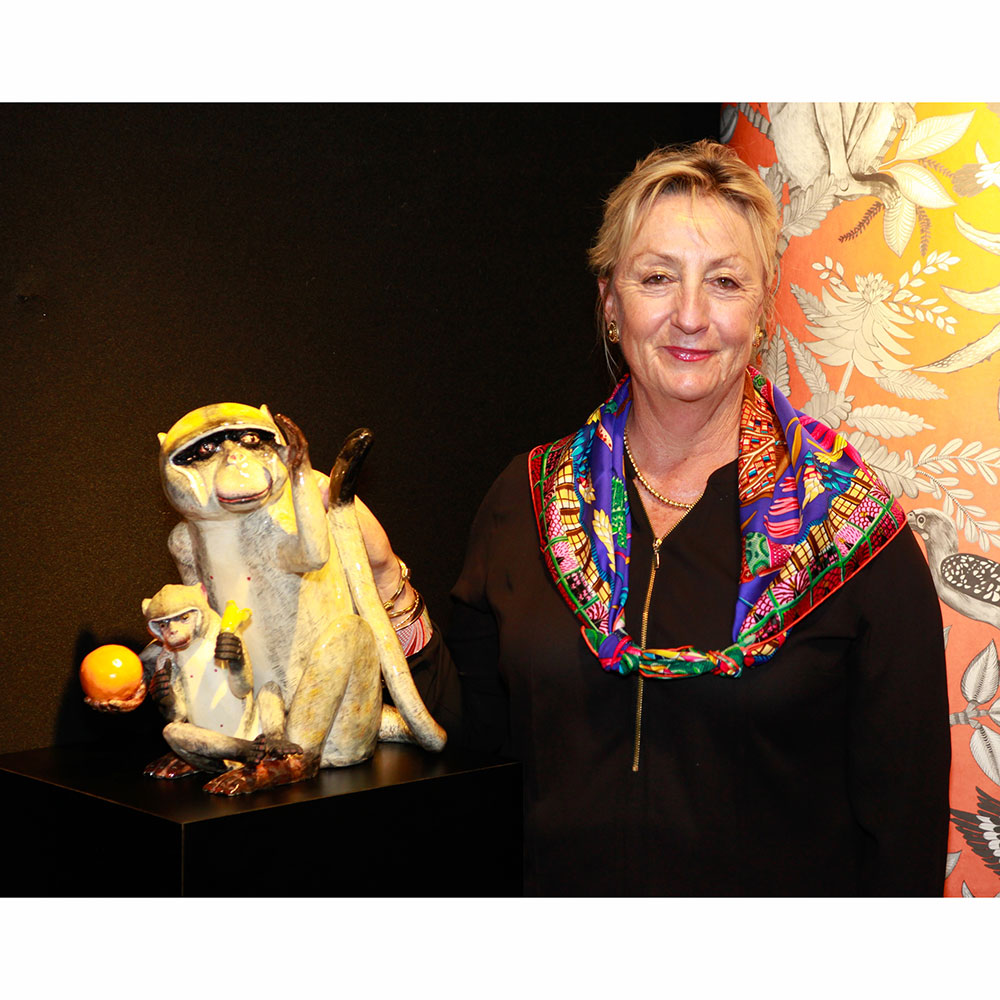
Fée with Ardmore wallpaper at WMODA
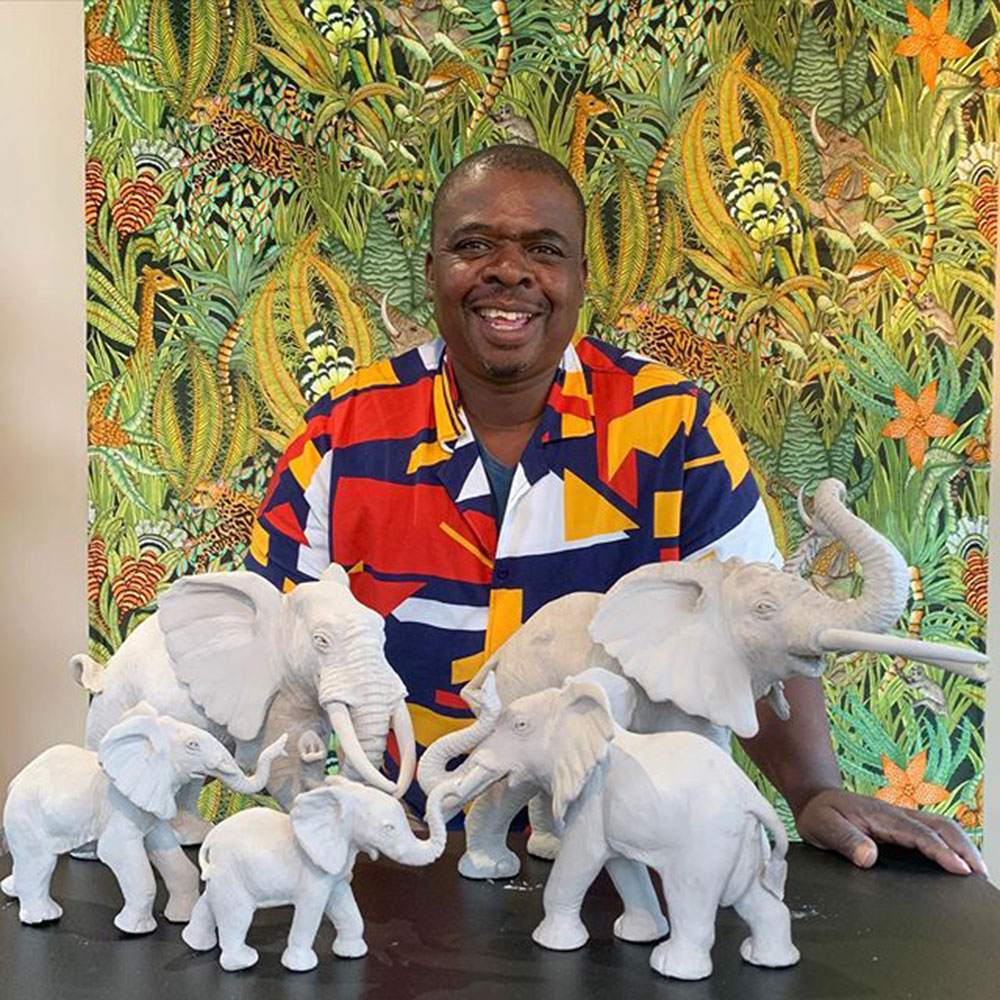
Alex Sibanda with Ardmore Elephants
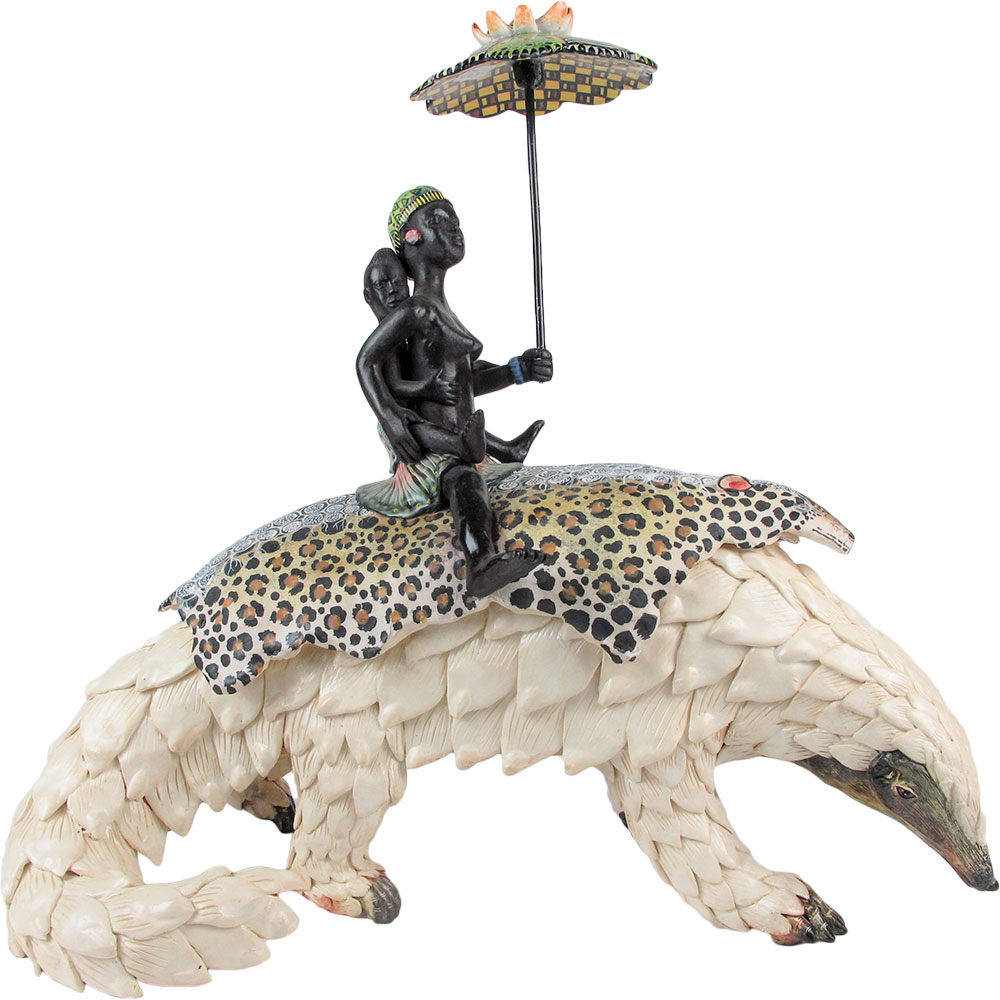
Ardmore Pangolin Traveler
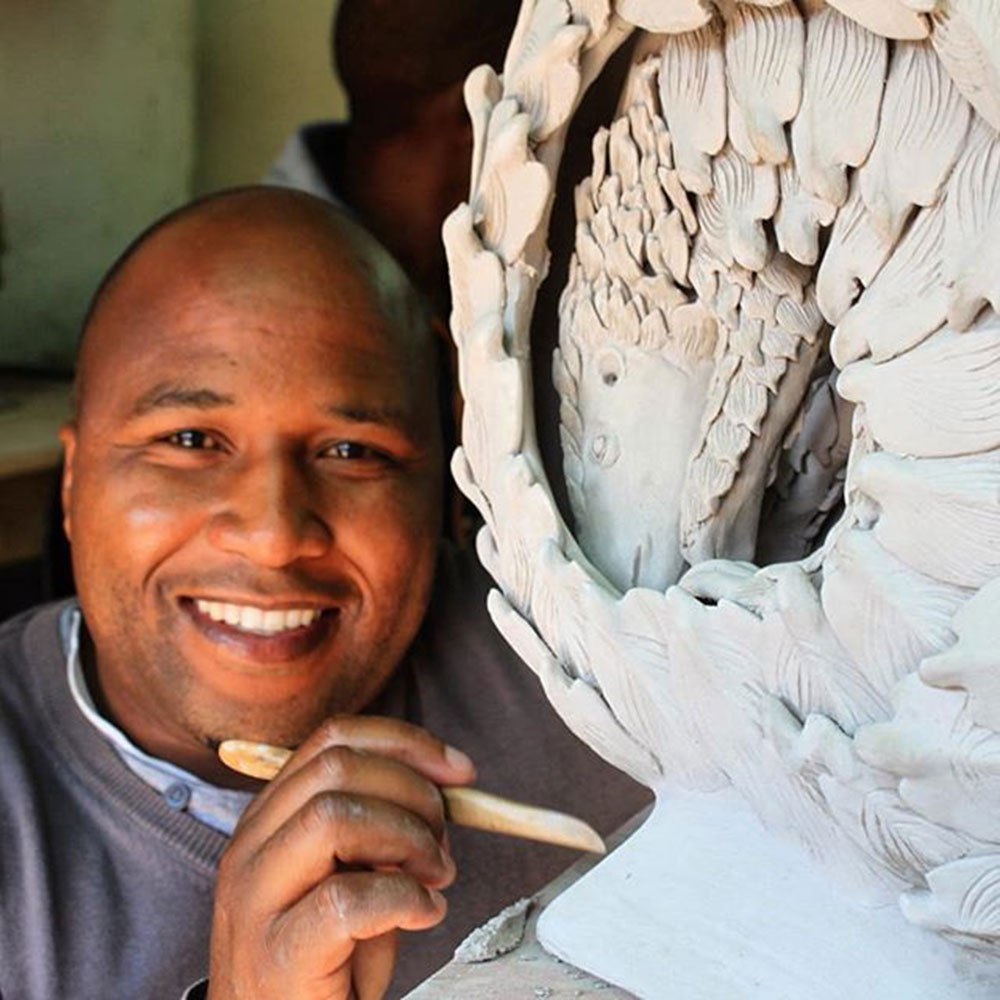
Pangolin sculpture
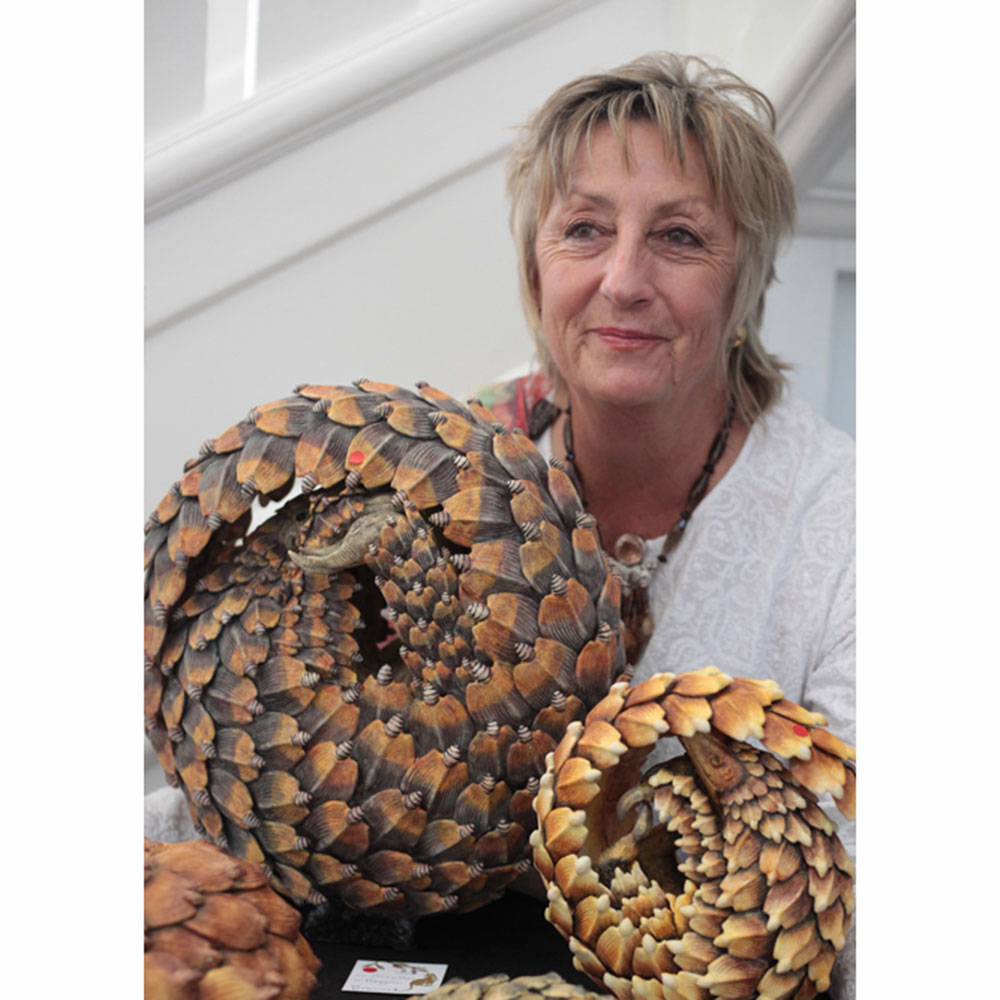
Fée with an Ardmore Pangolin
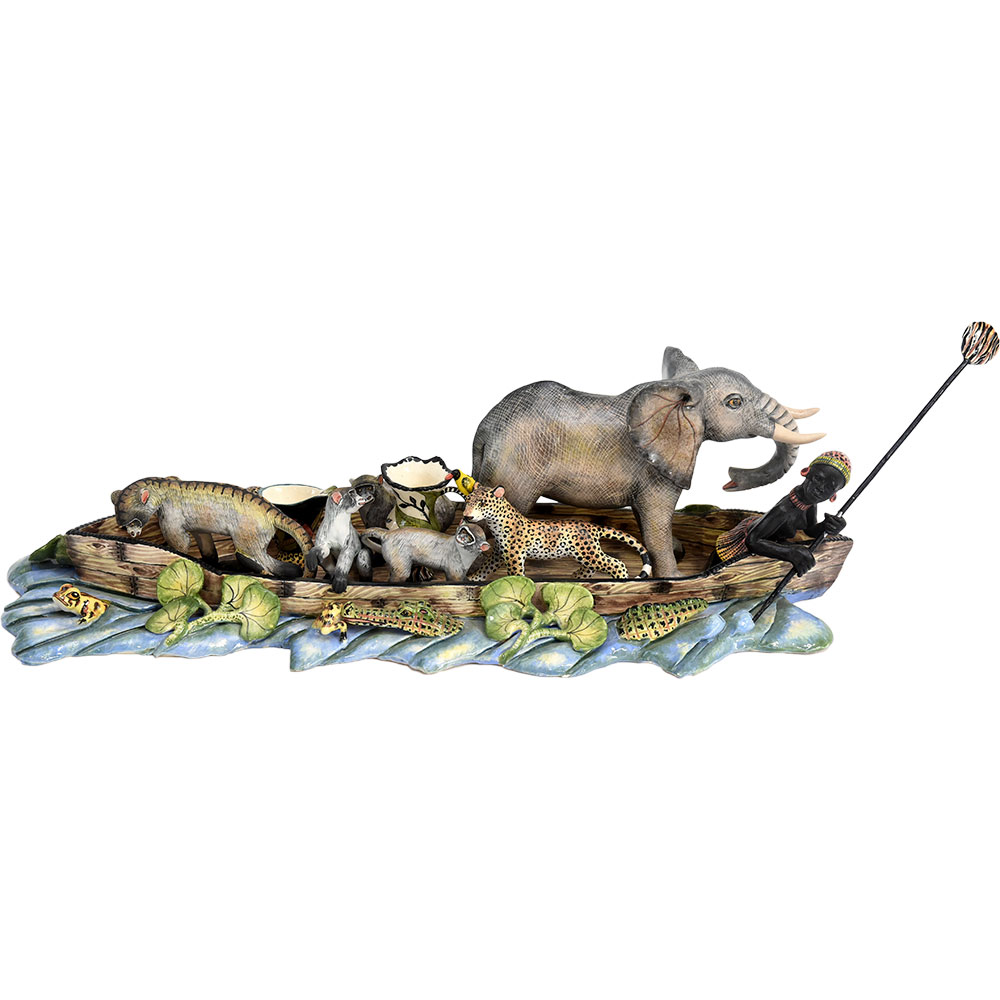
Ardmore Operation Noah Elephant Boat
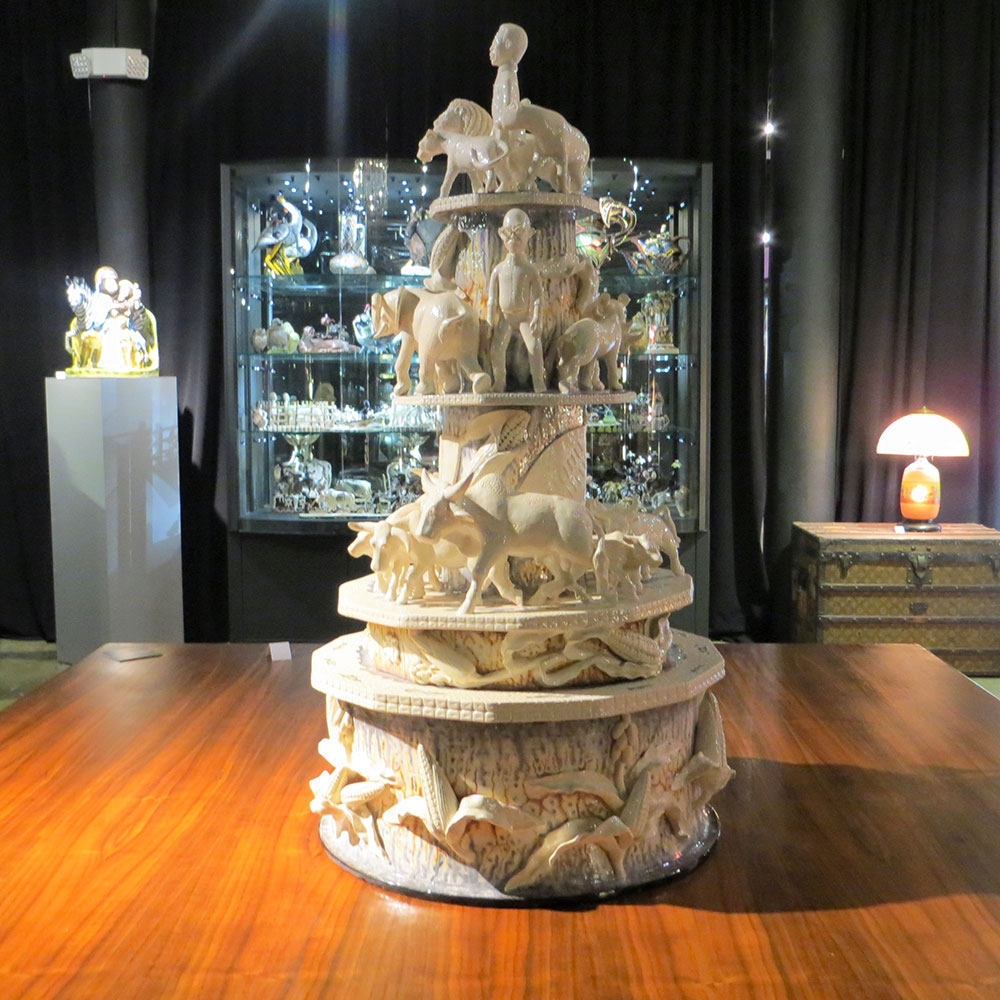
Ardmore Abundance at WMODA
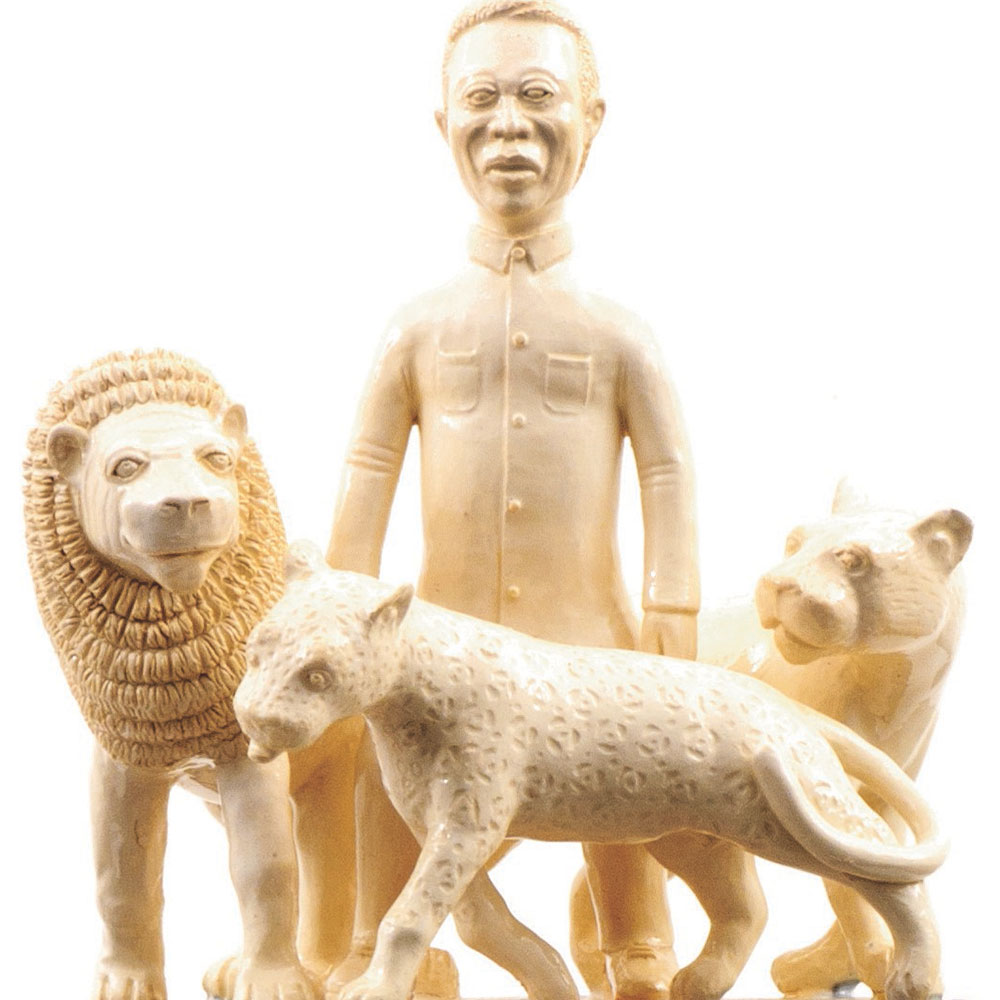
Abundance detail
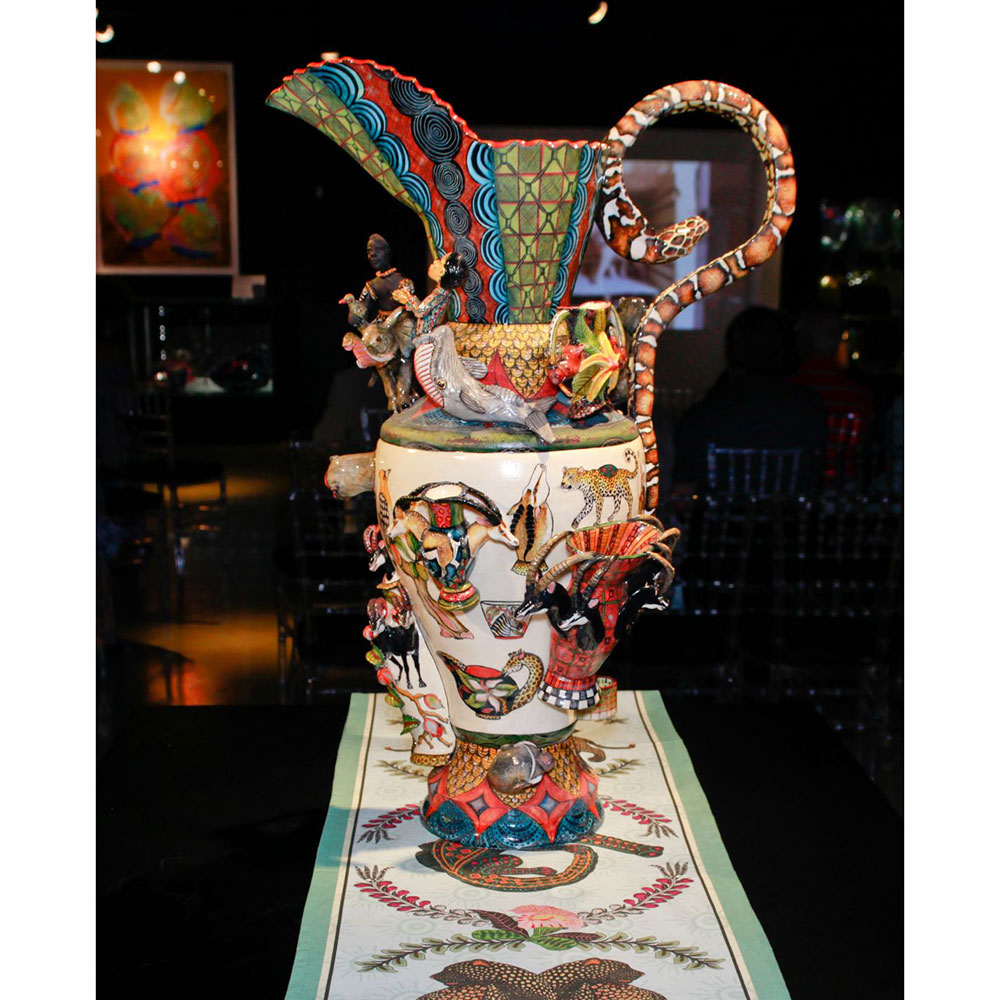
Ardmore 30th Anniversary Commemorative Ewer
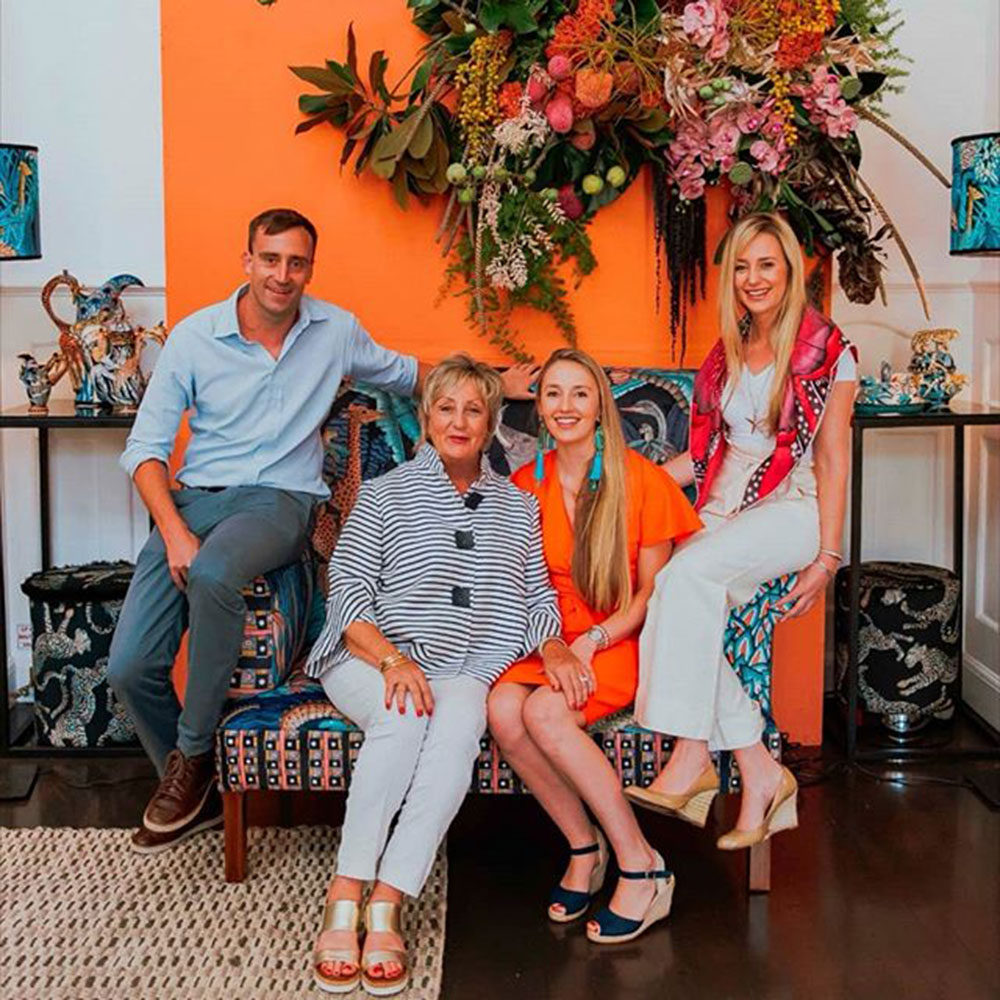
Fée and family
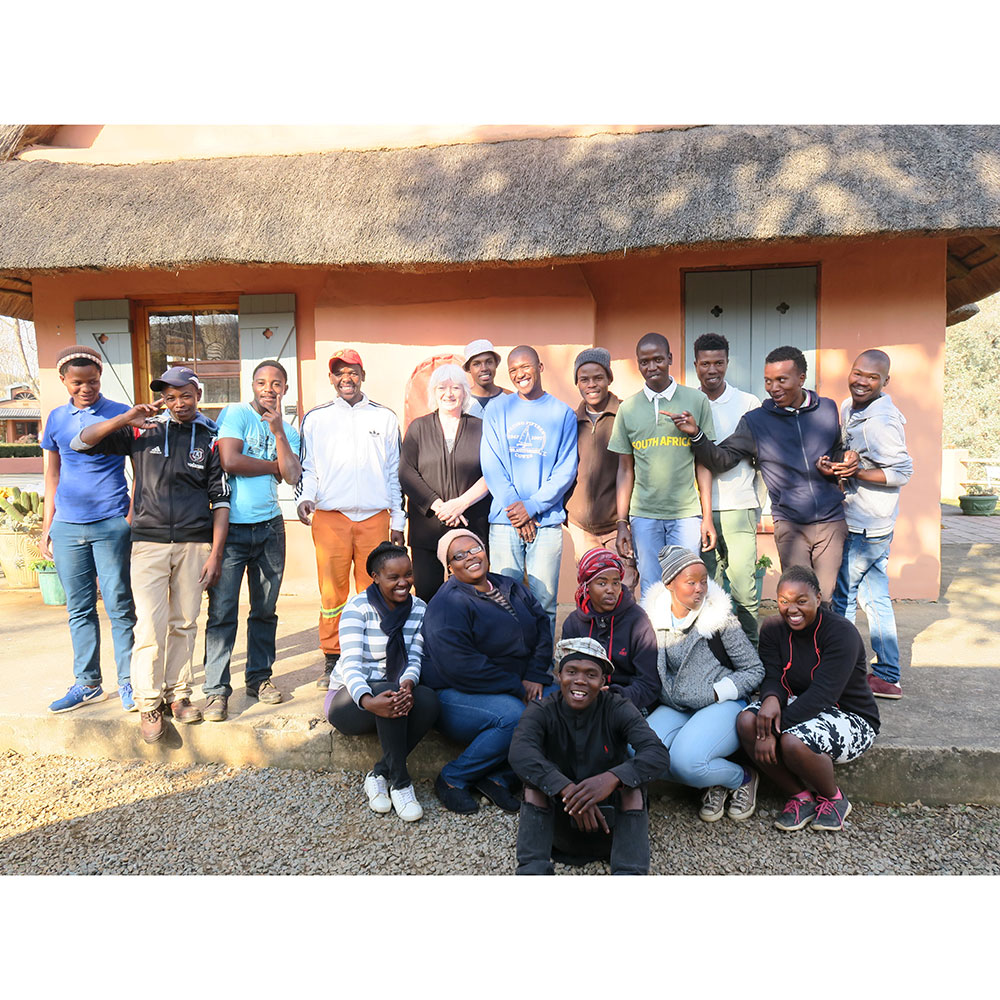
Louise with Winter School students
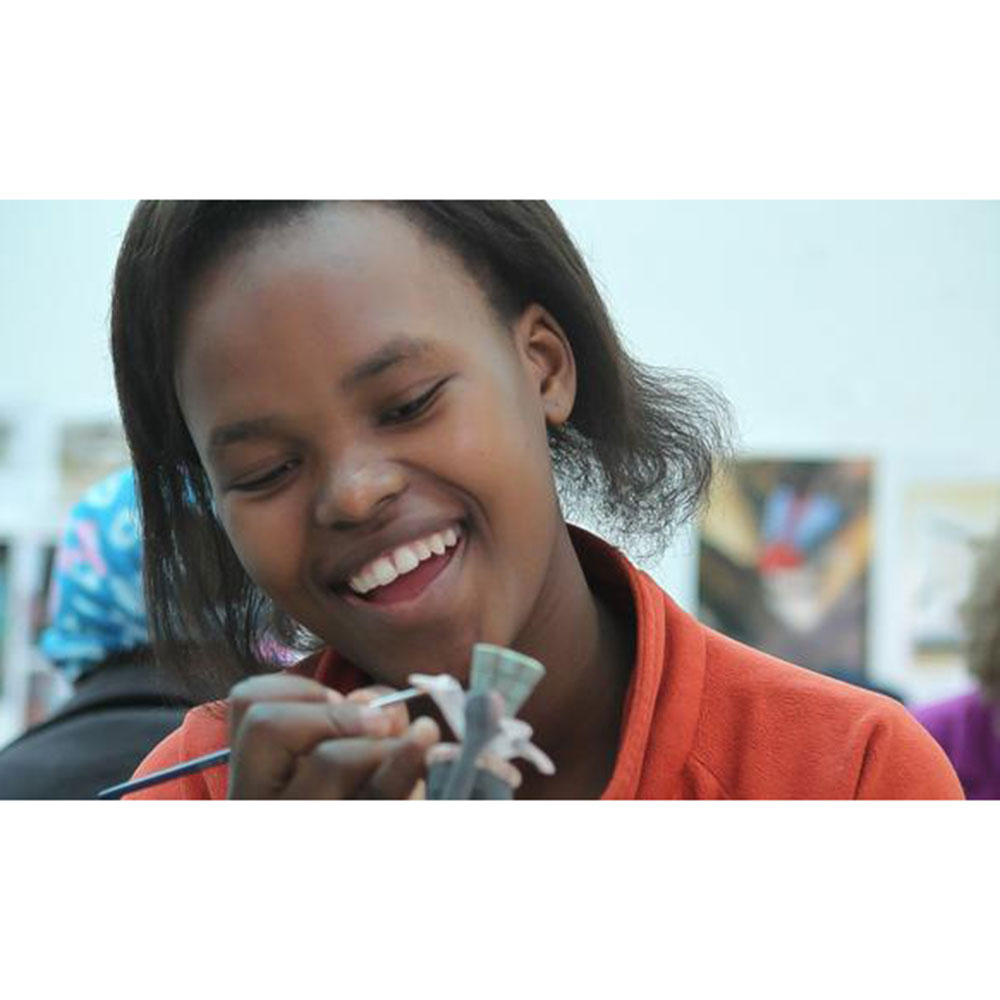
Nozipho Ntshalintshali
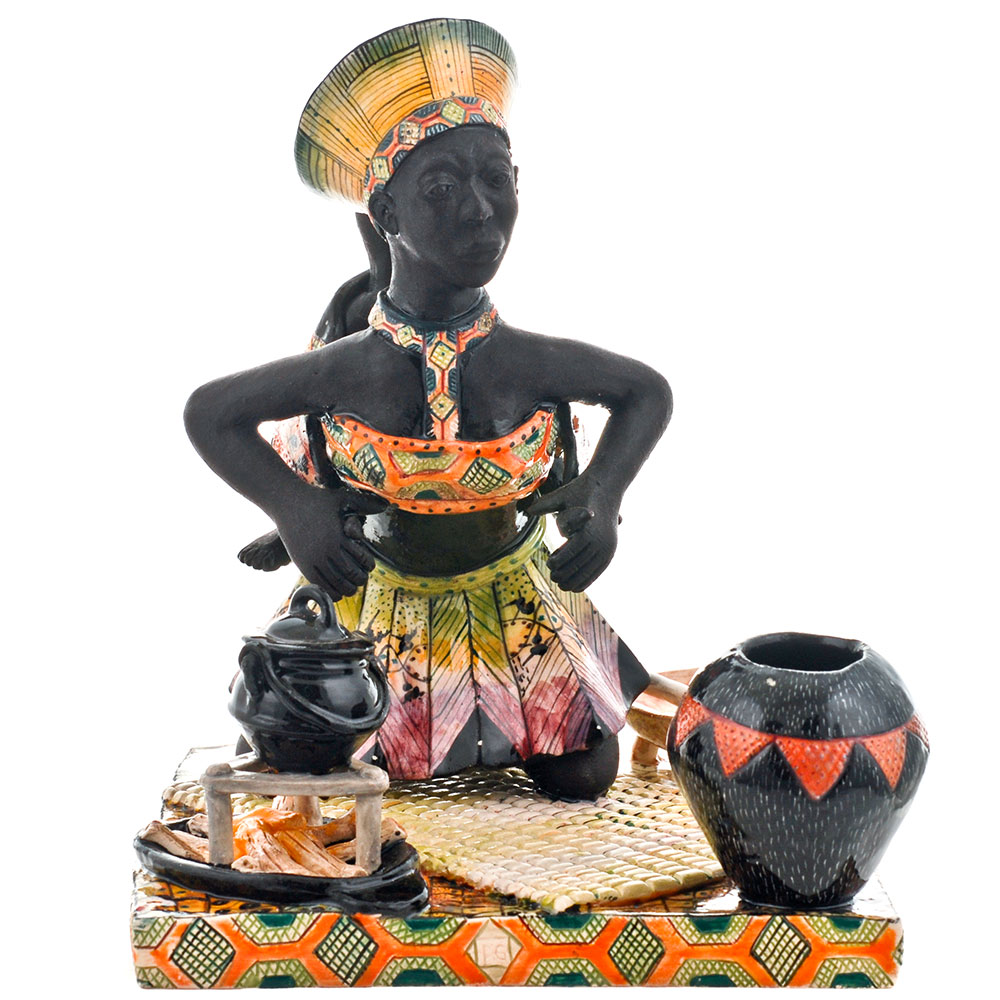
Ardmore Zulu Woman Cooking
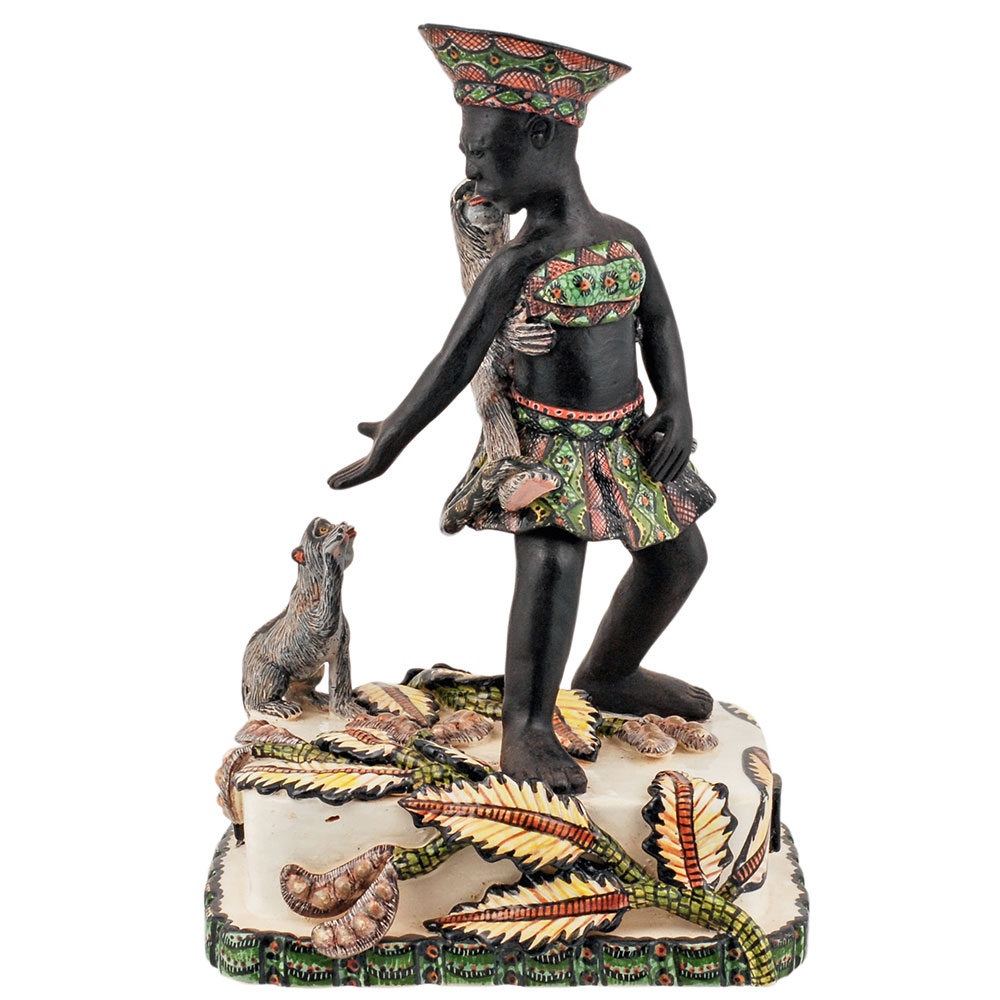
Ardmore Zulu Woman with Monkey
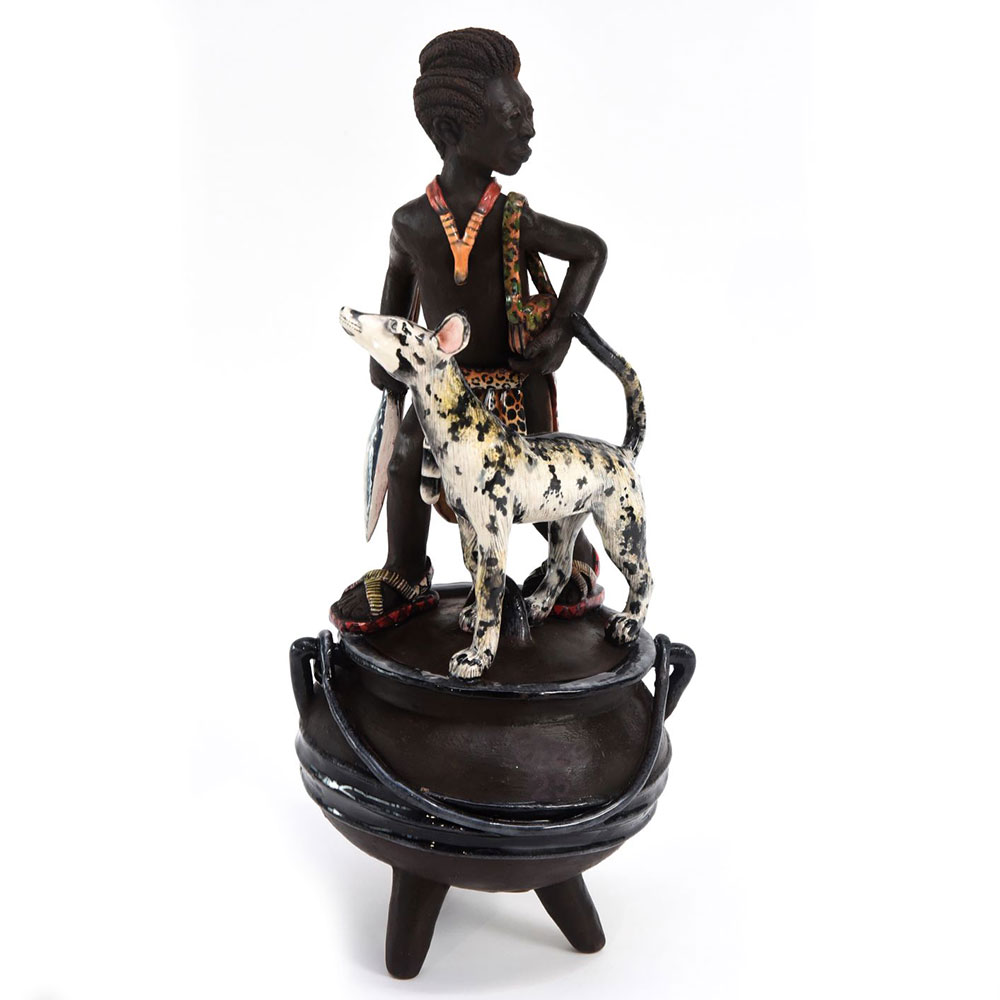
Ardmore Zulu Hunter on Cooking Pot
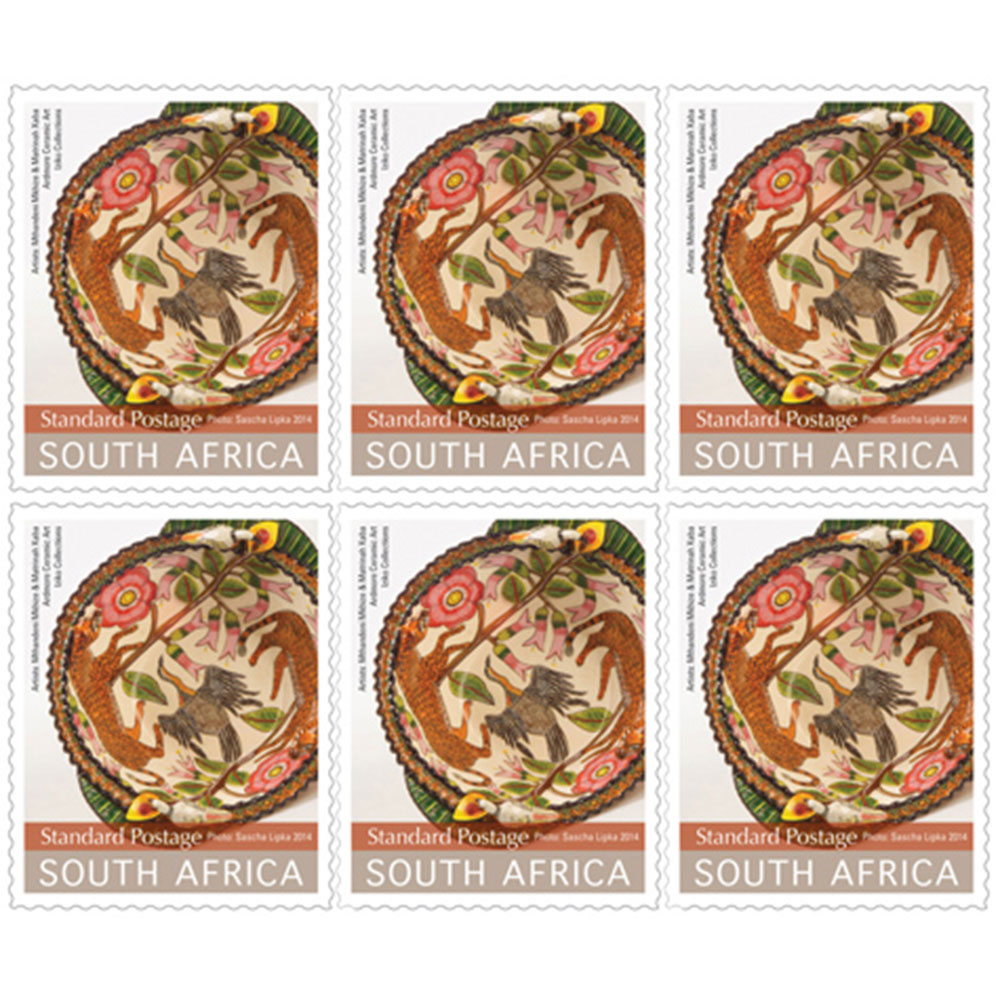
Ardmore Postage Stamp
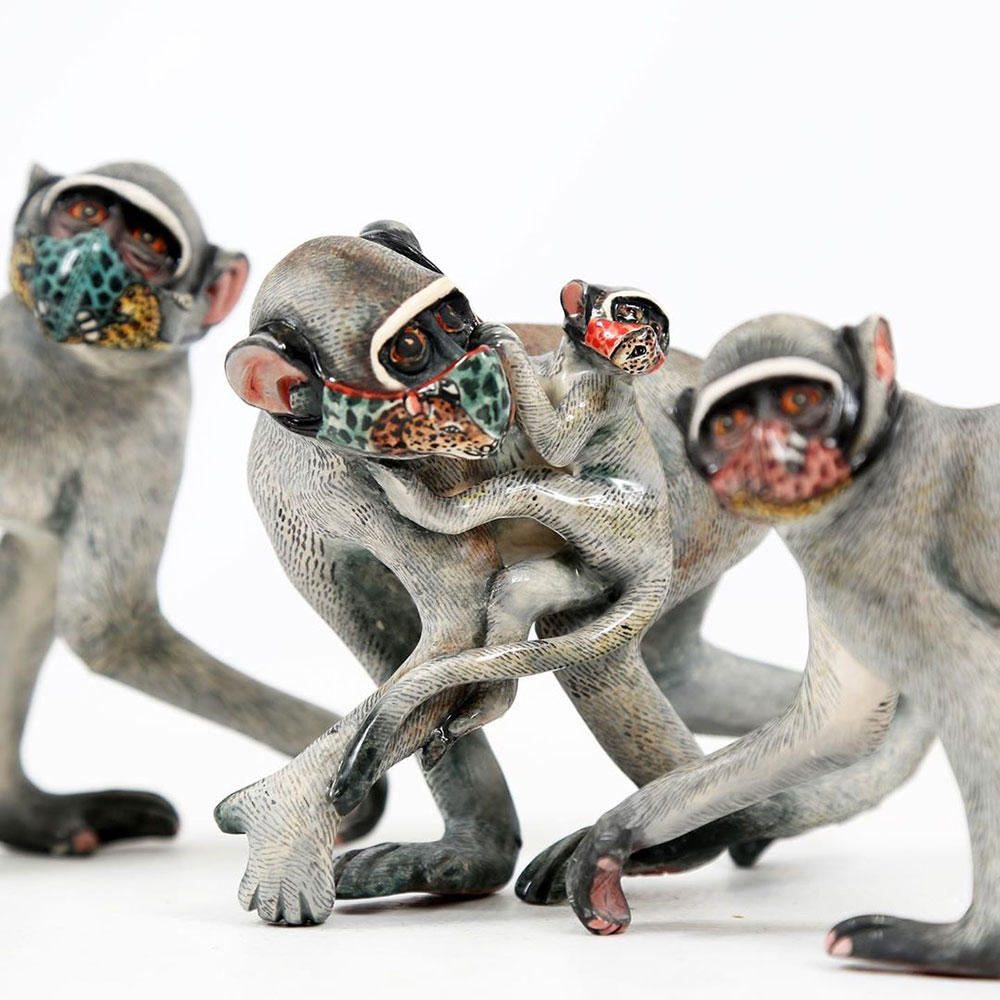
Ardmore Masked Monkey Mascots
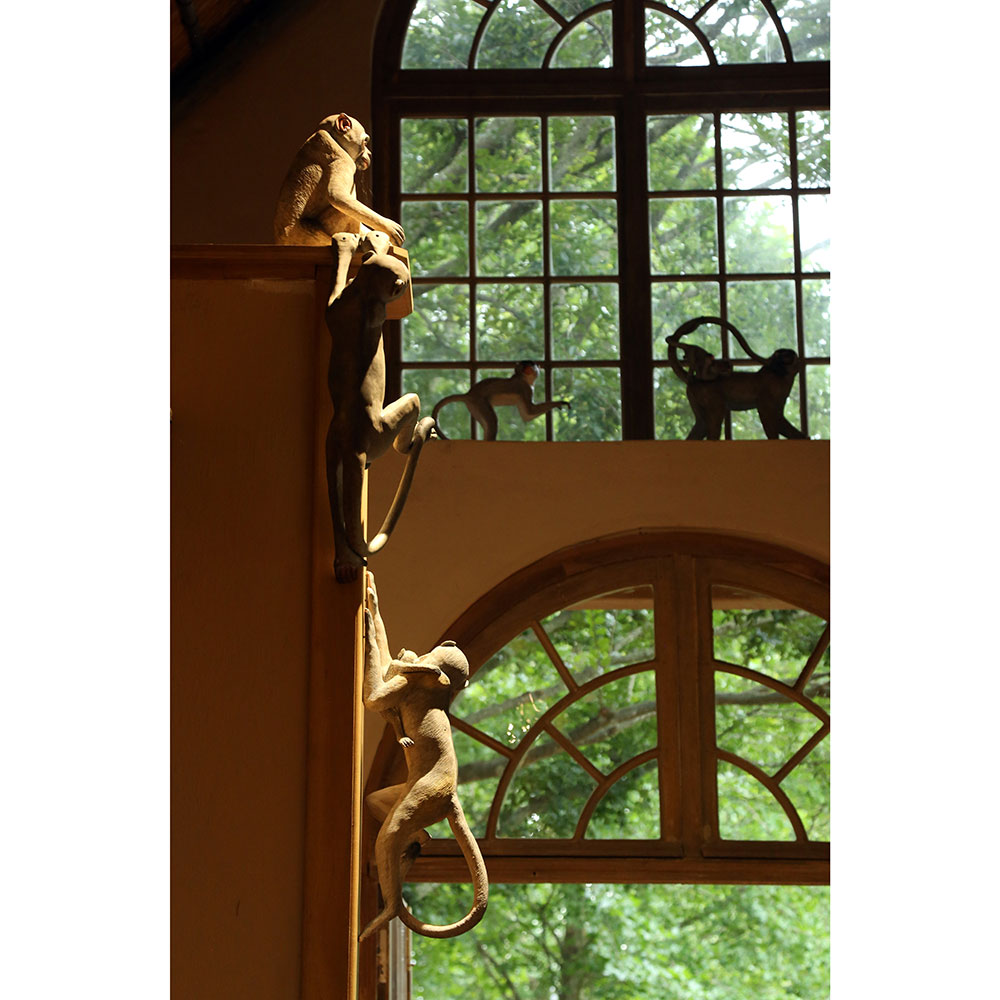
Ardmore Gallery Monkey sculptures
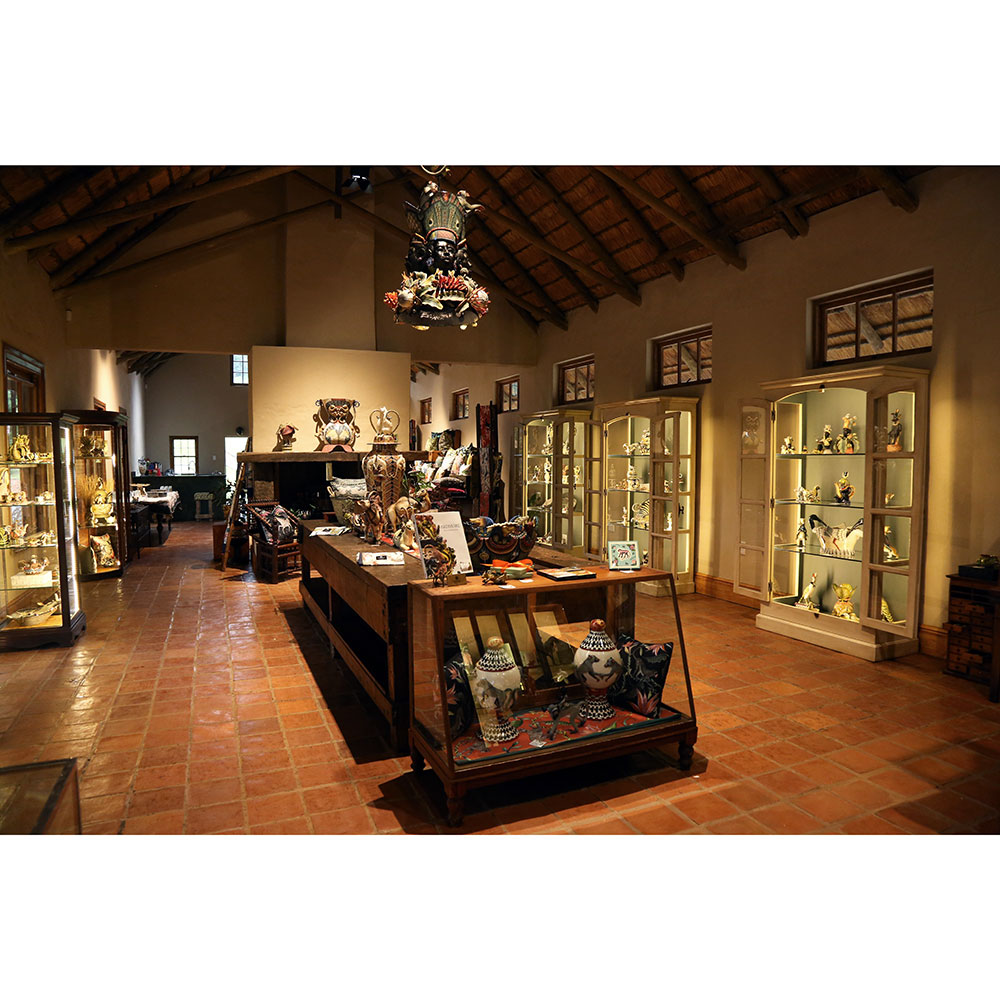
New Ardmore gallery in South Africa
